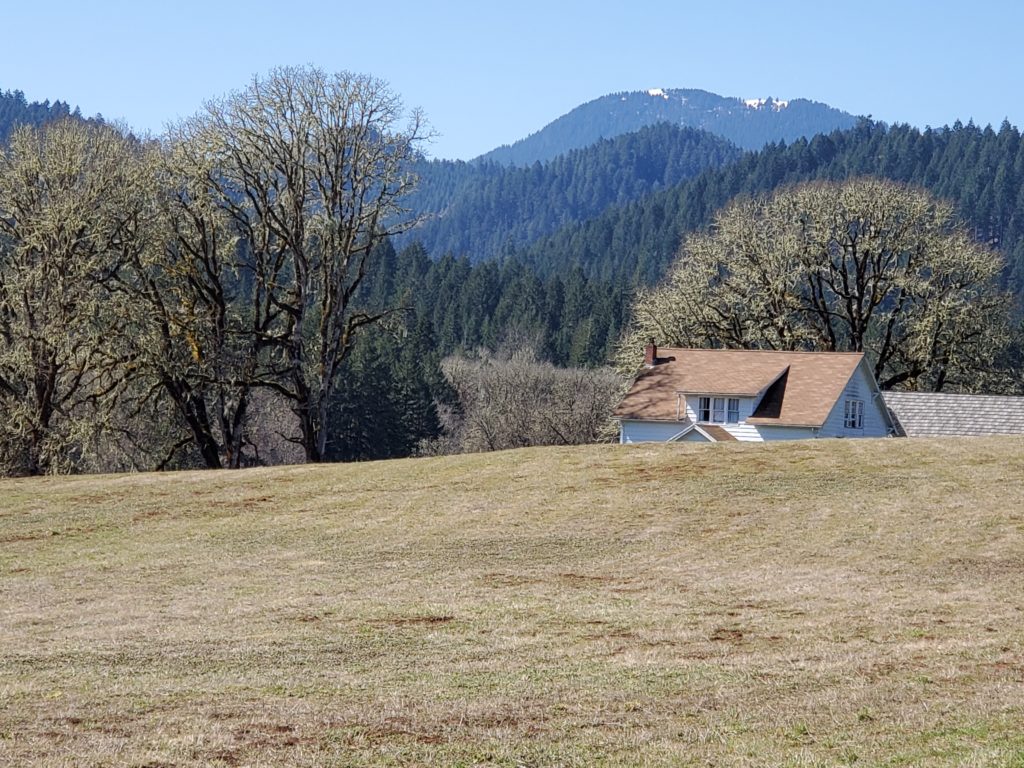
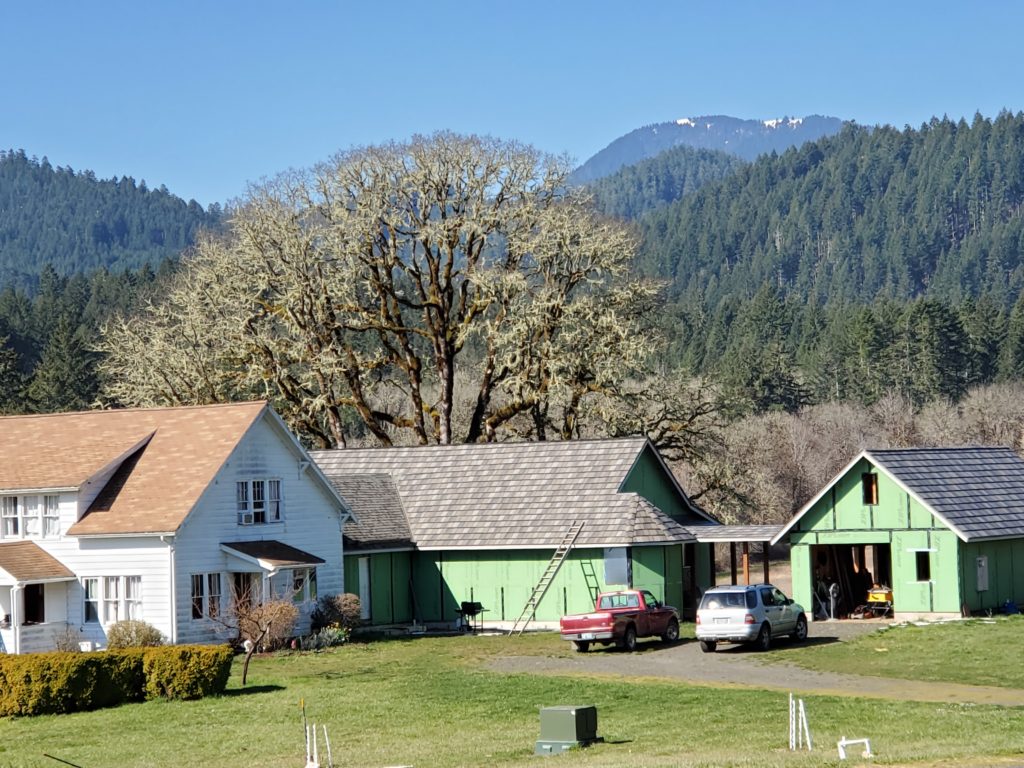
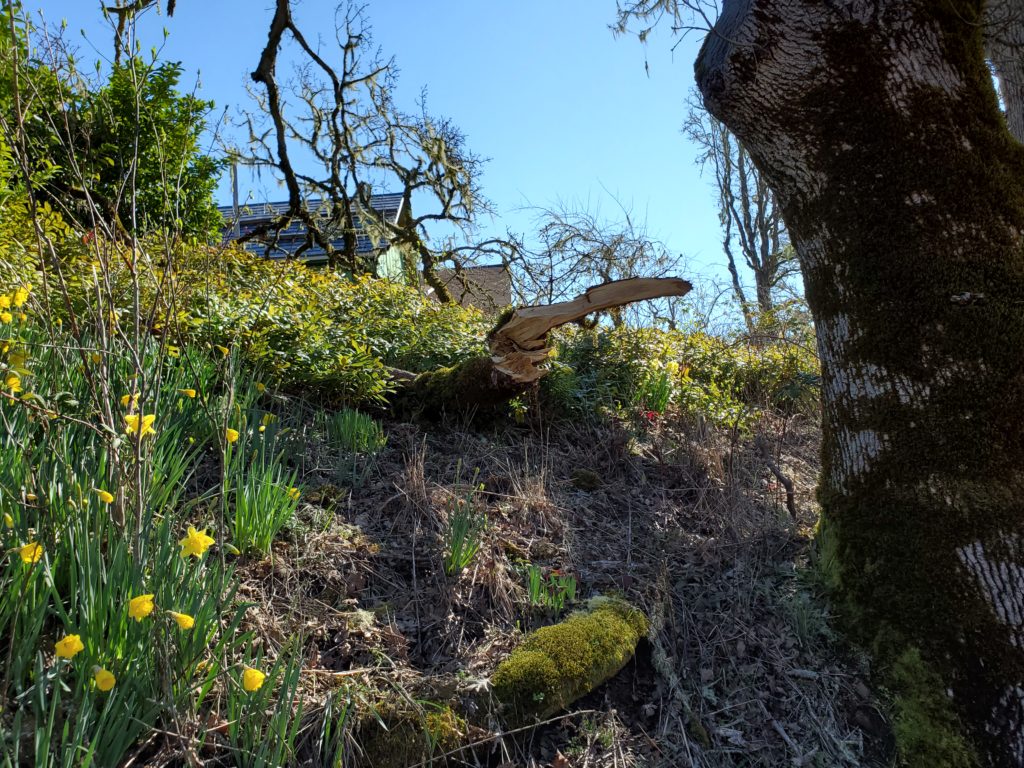
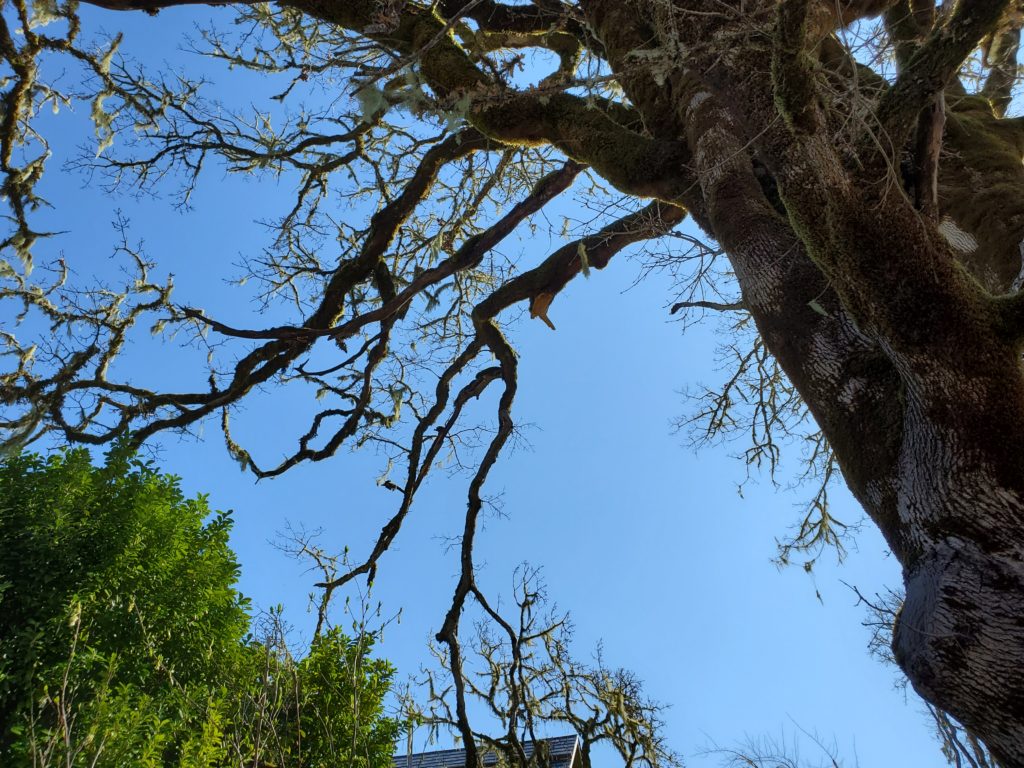
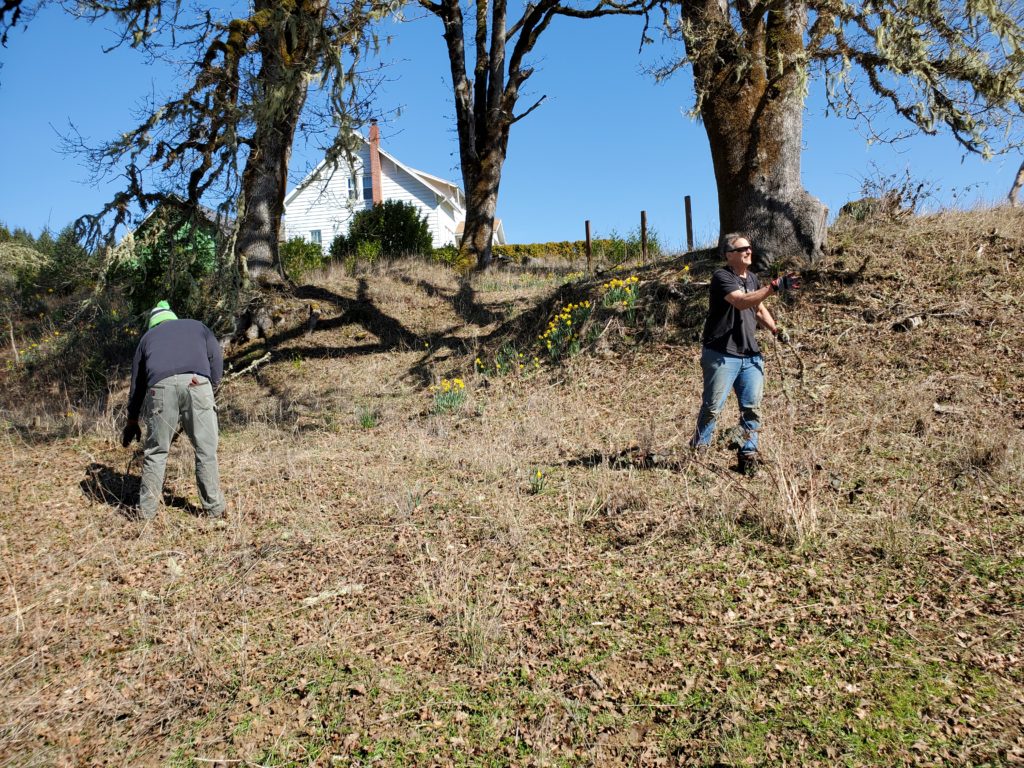
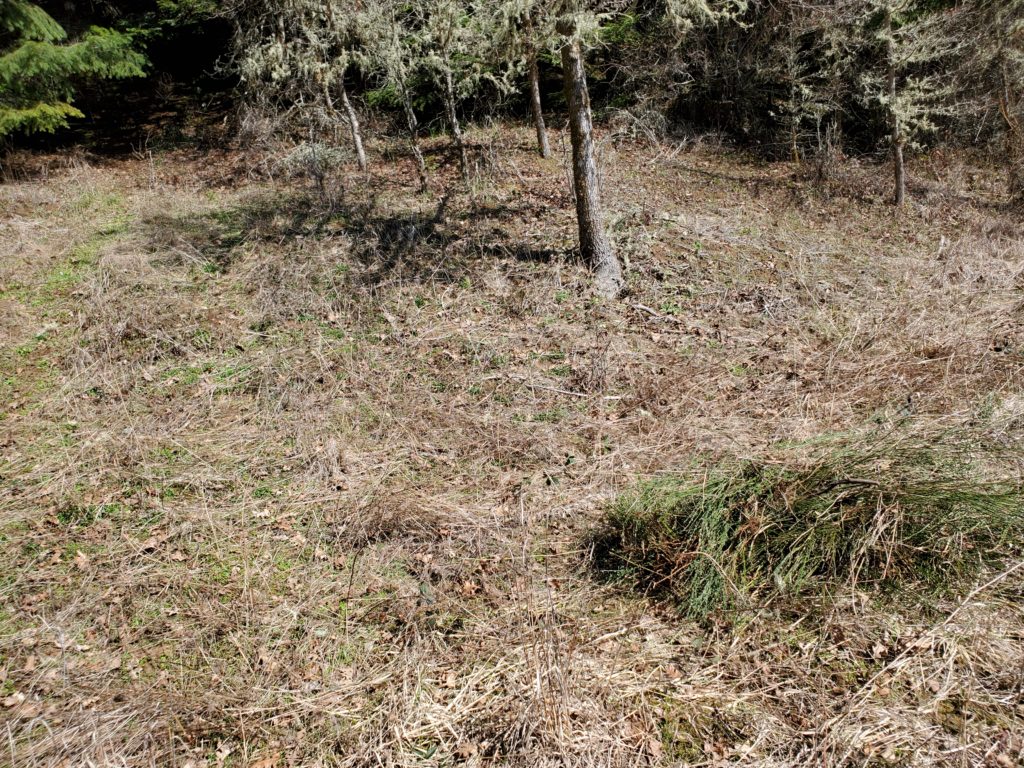
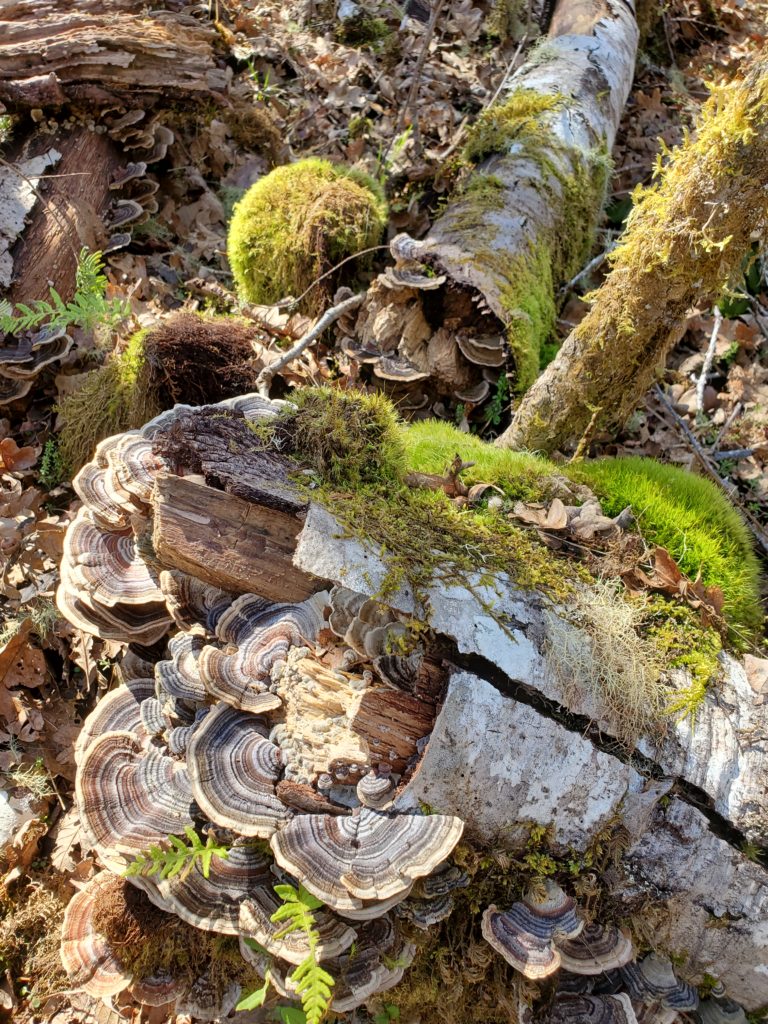
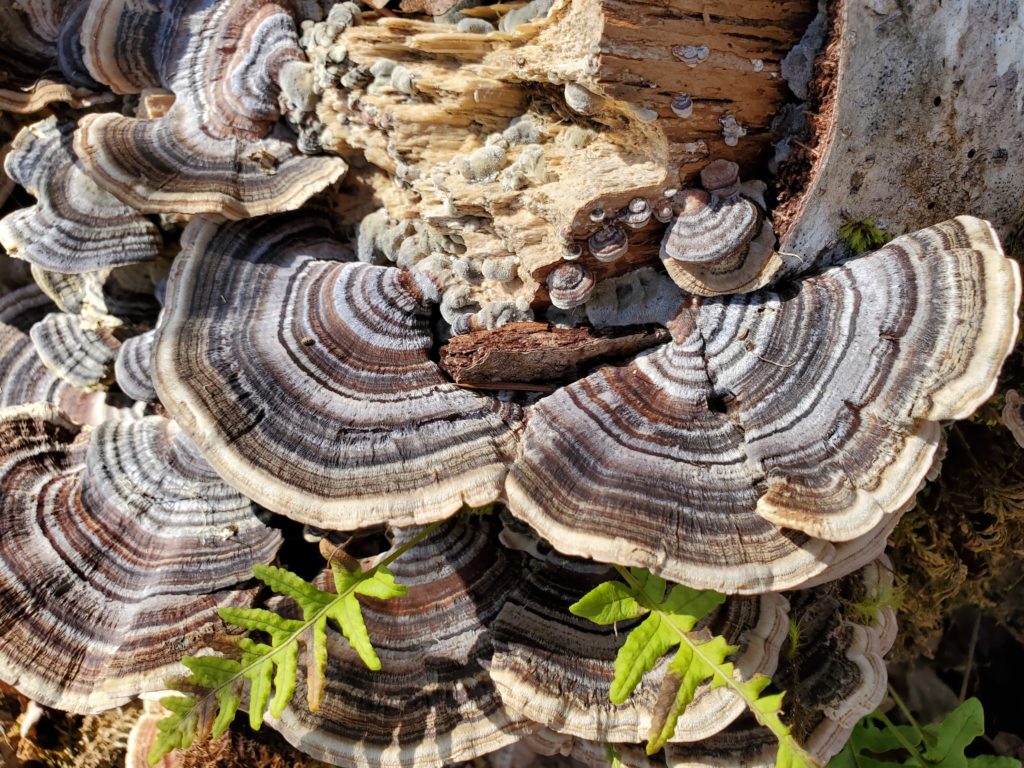
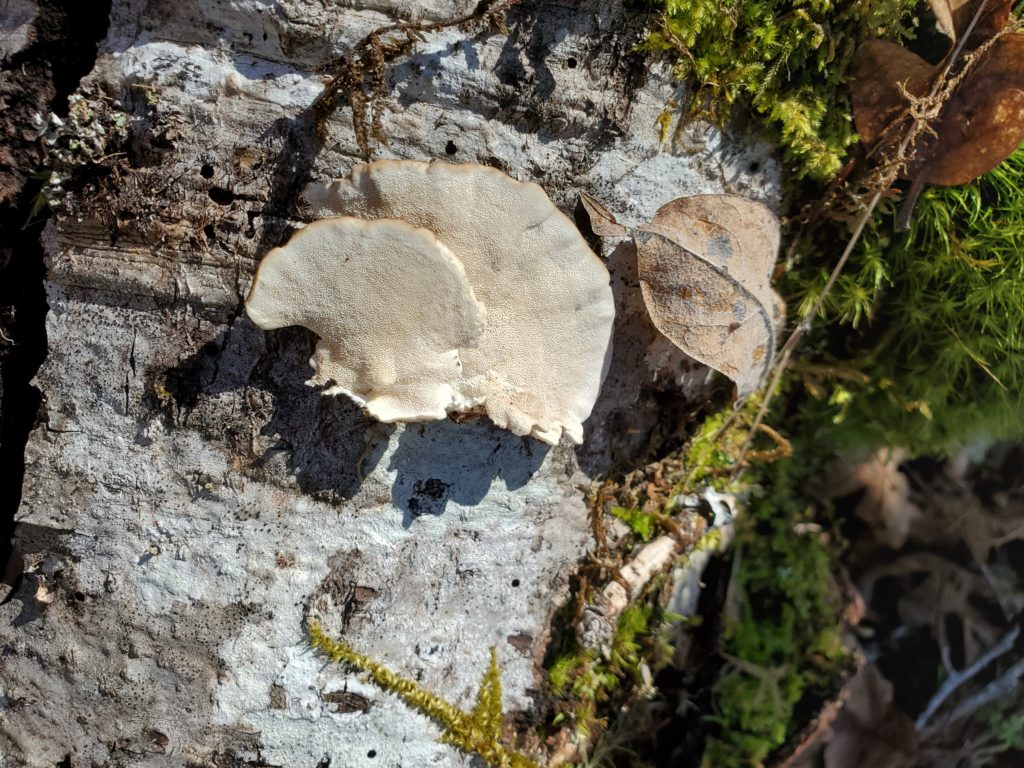
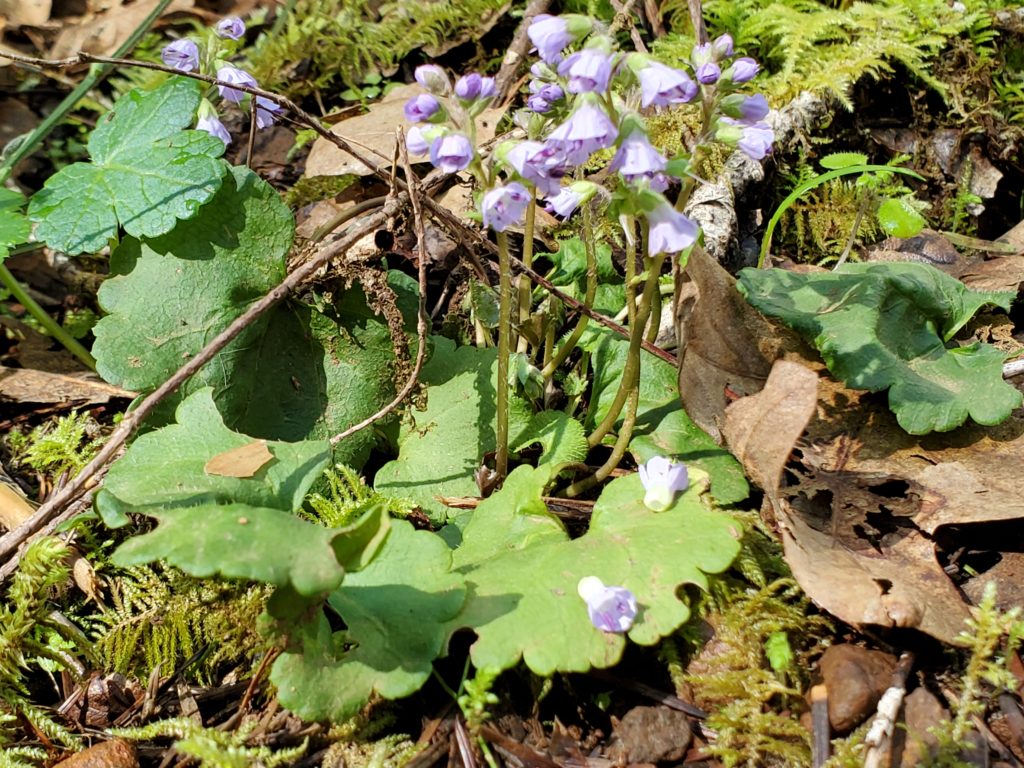
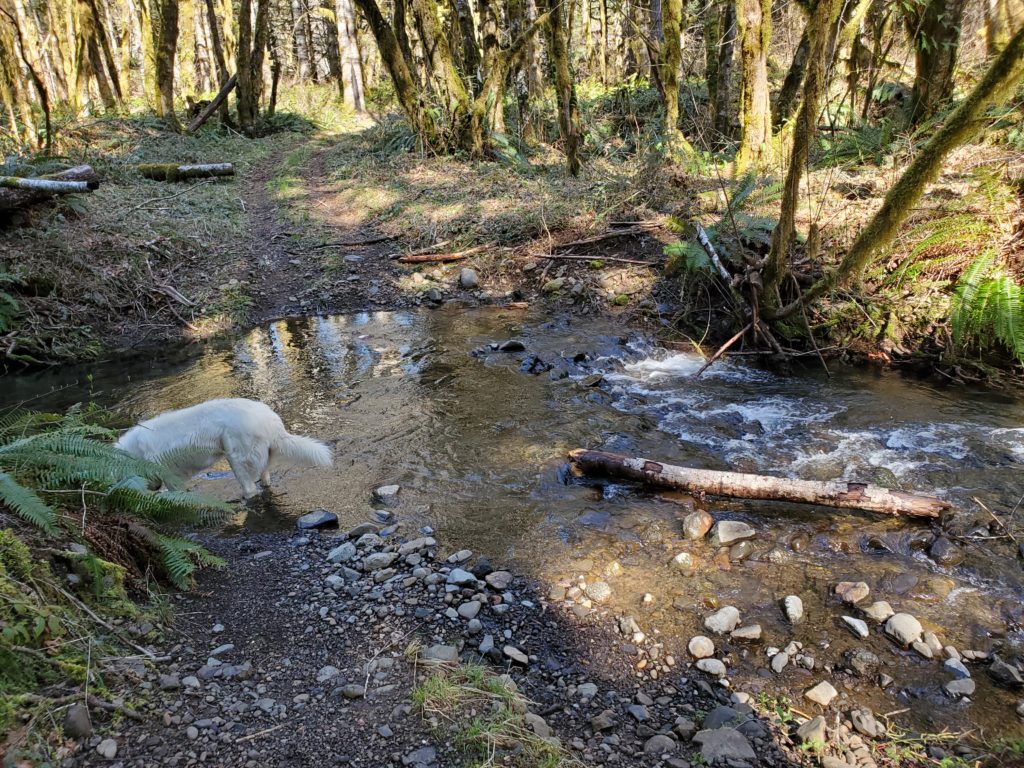
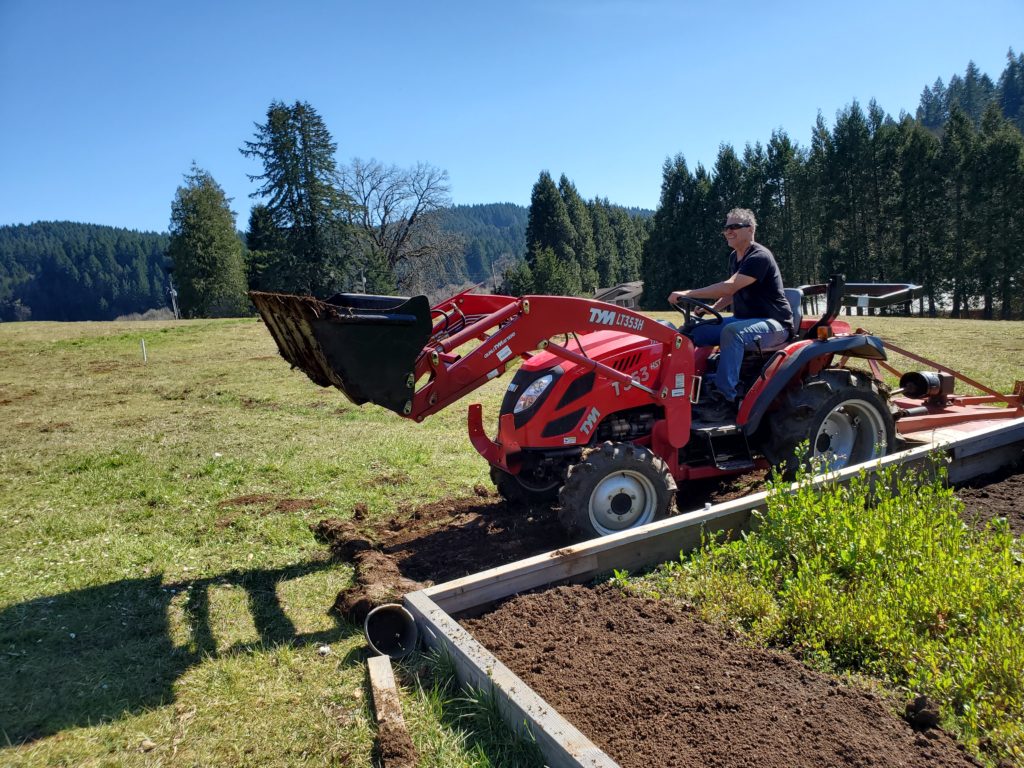
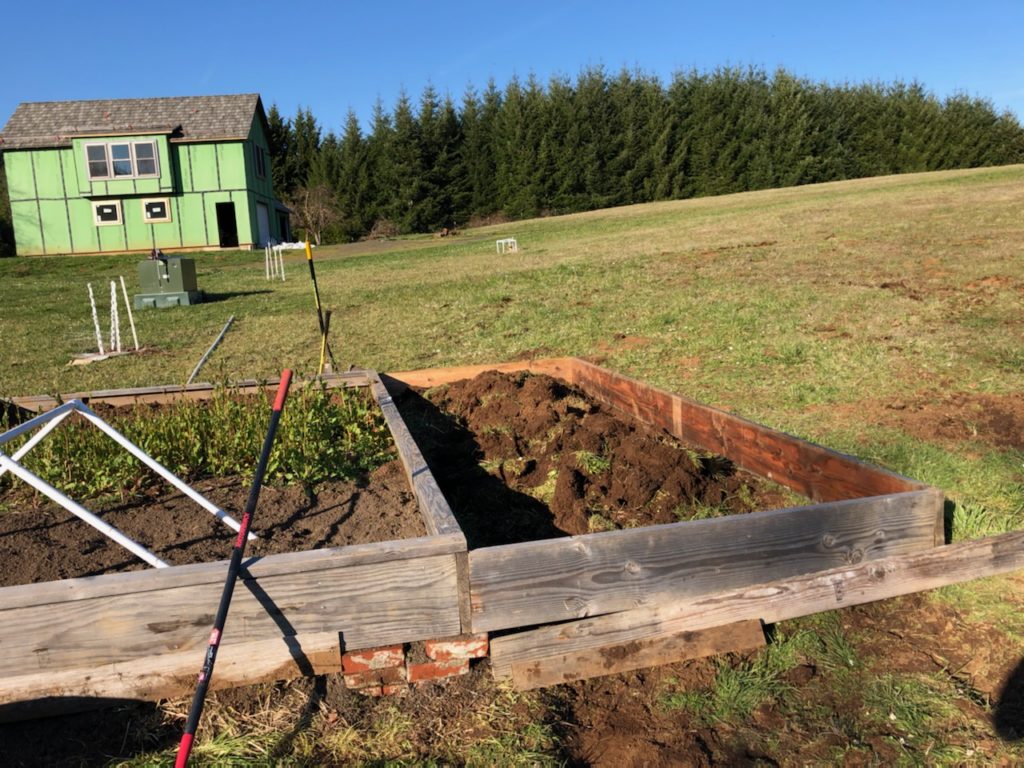
![]()
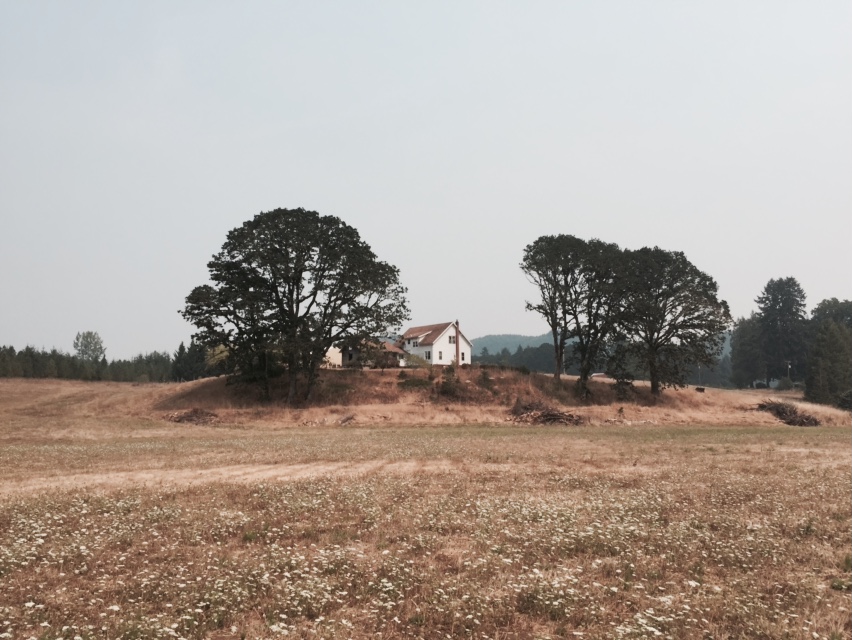
All about Shiver River













![]()
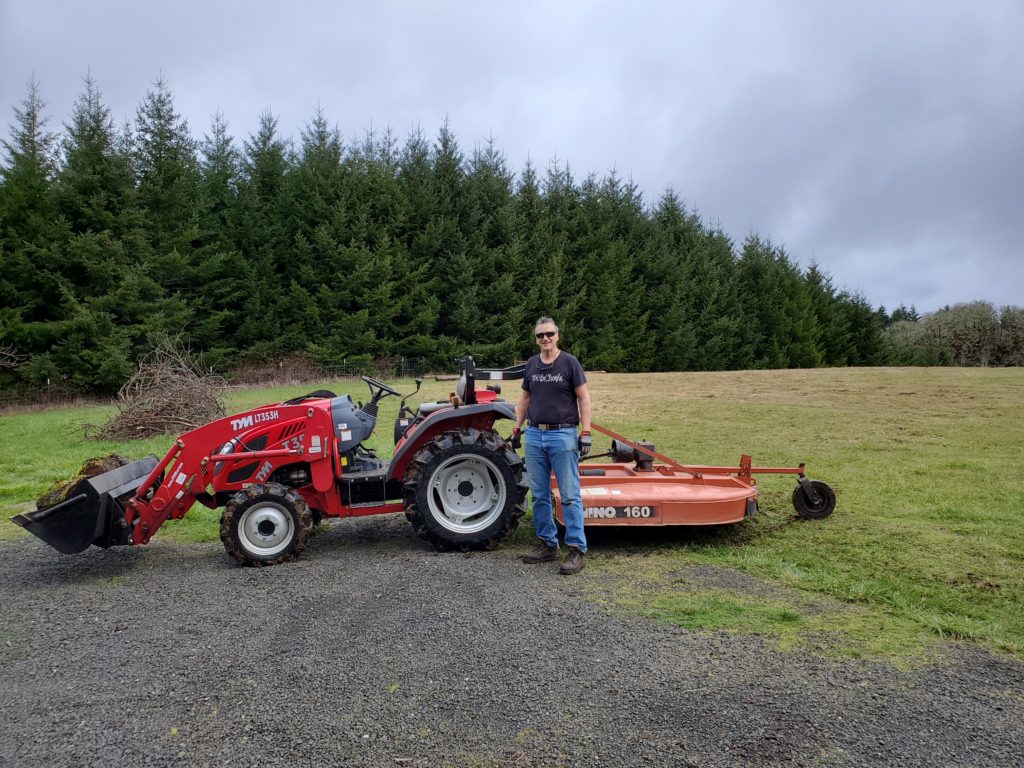
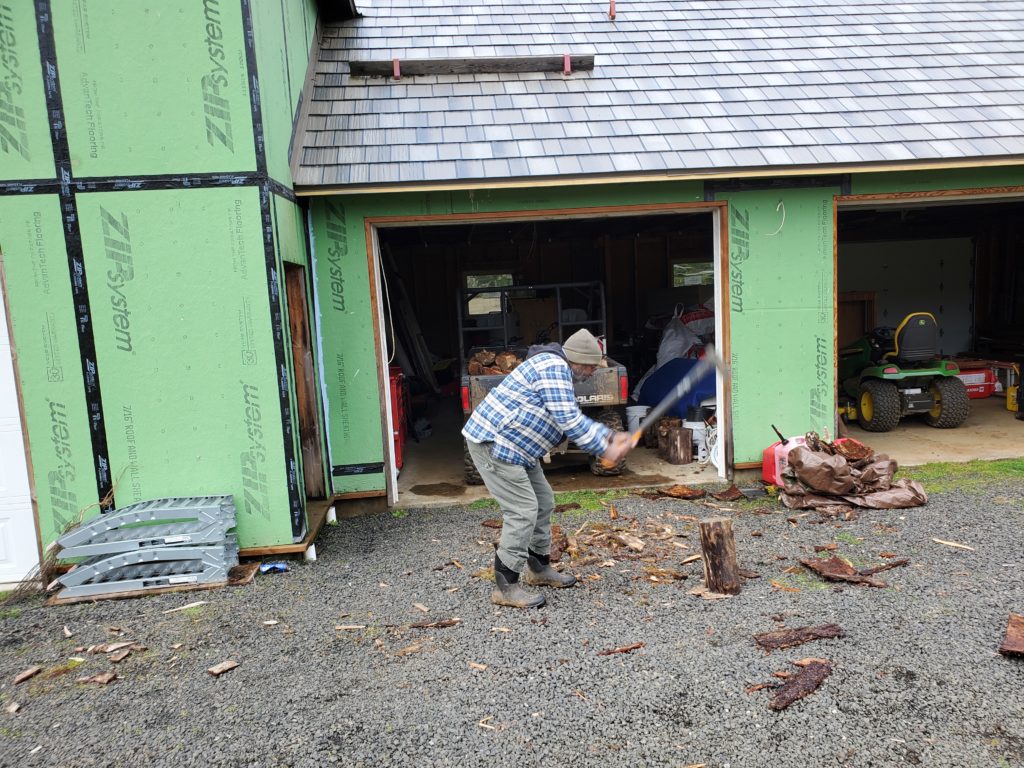
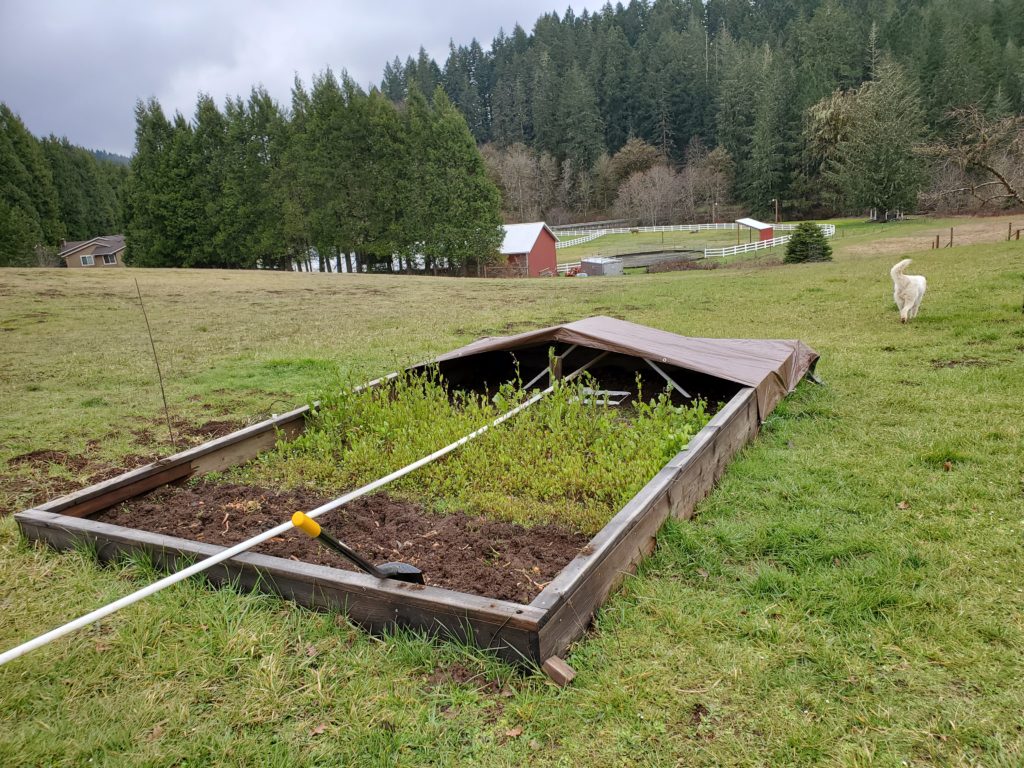
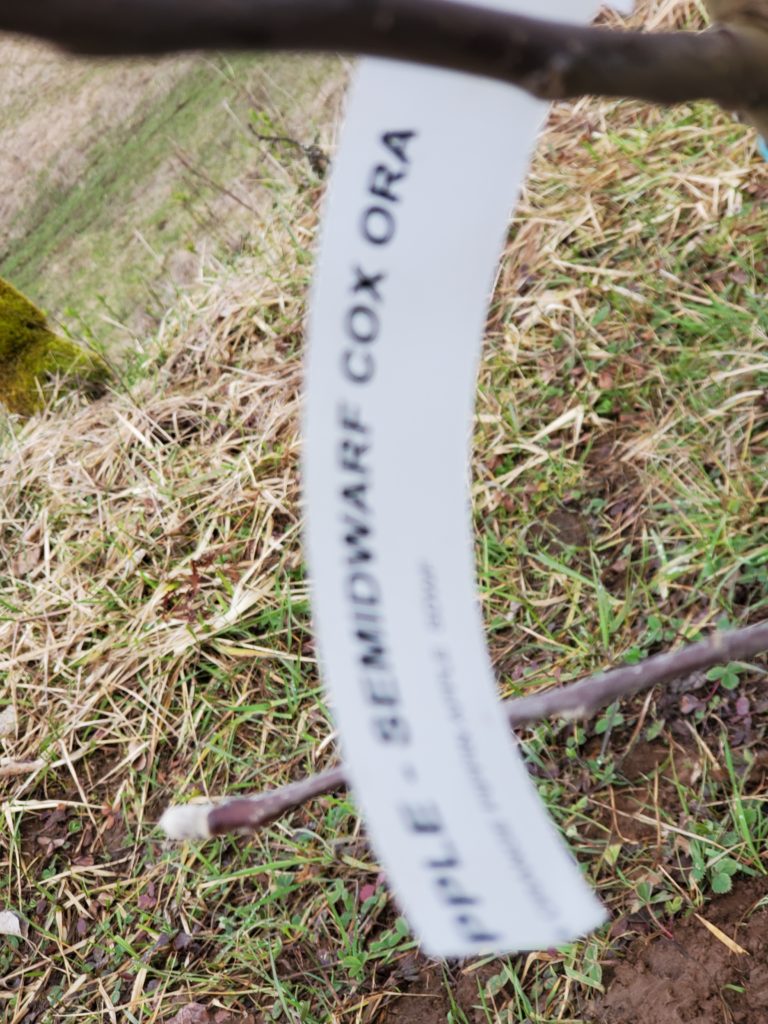
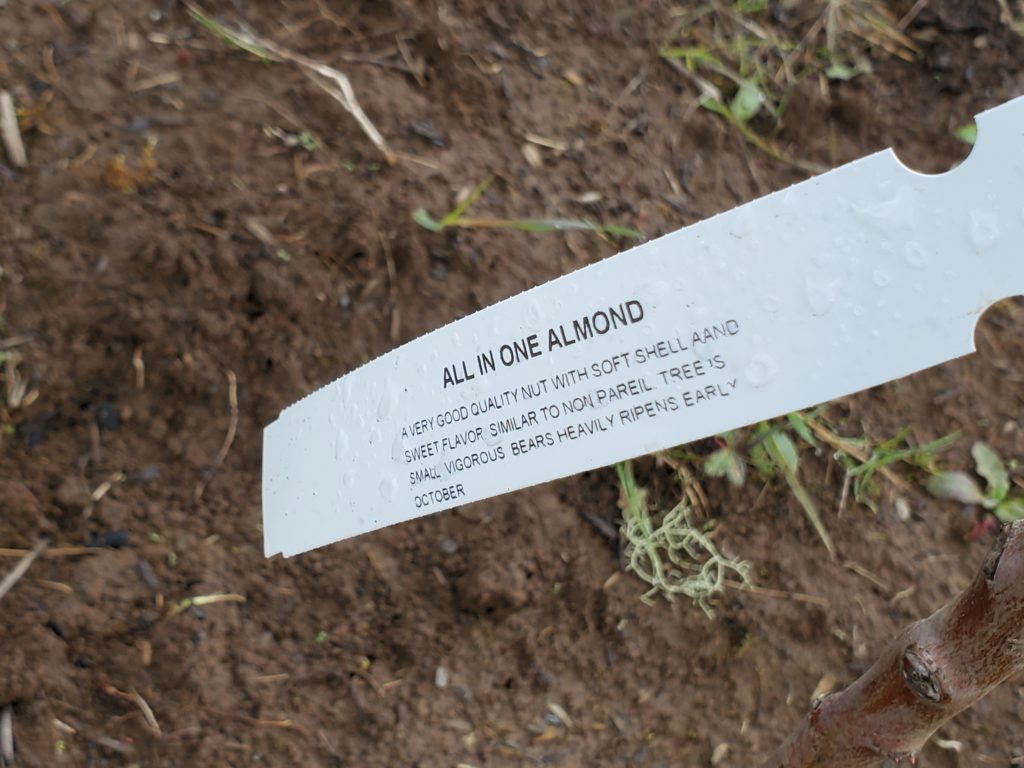
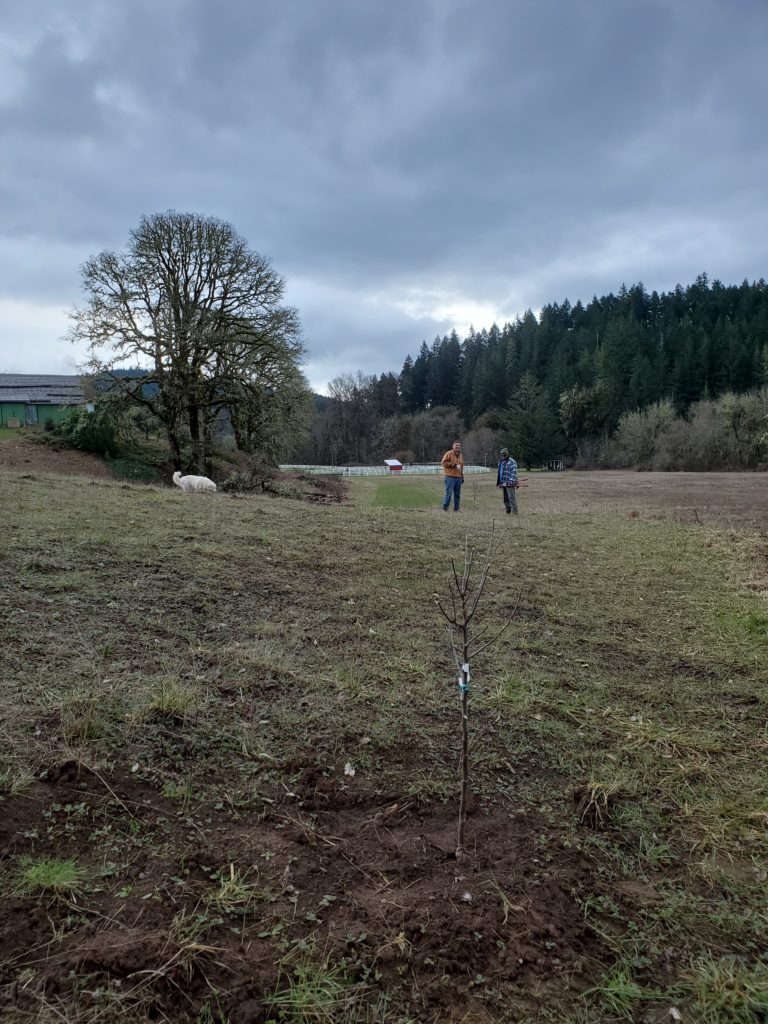
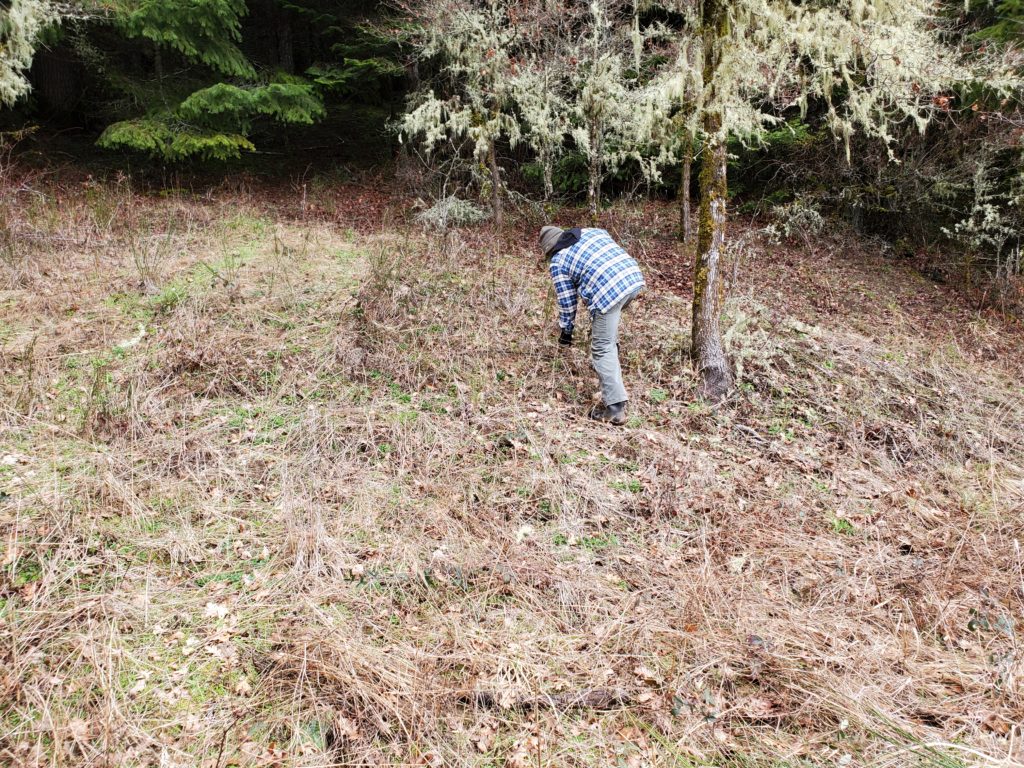
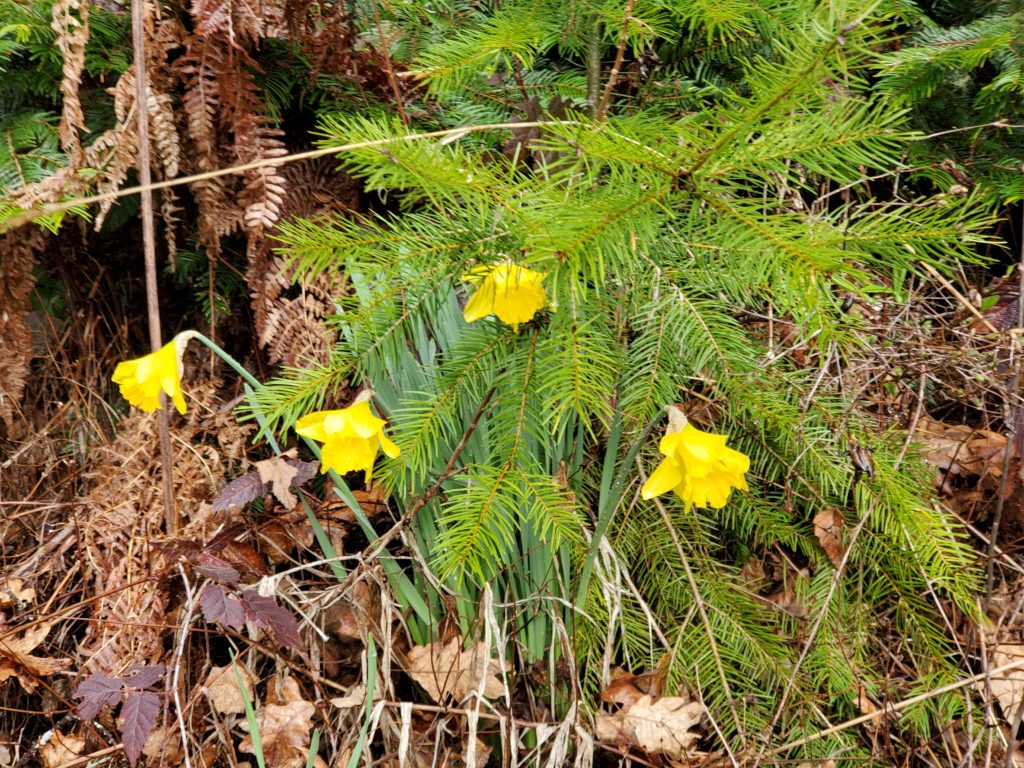
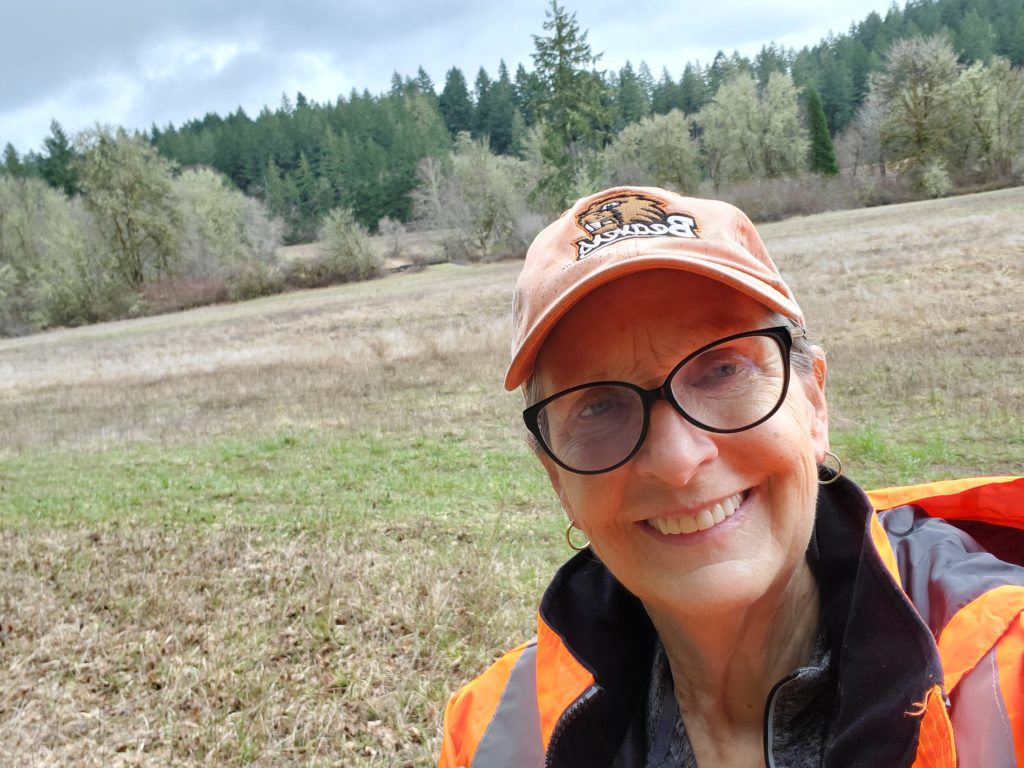
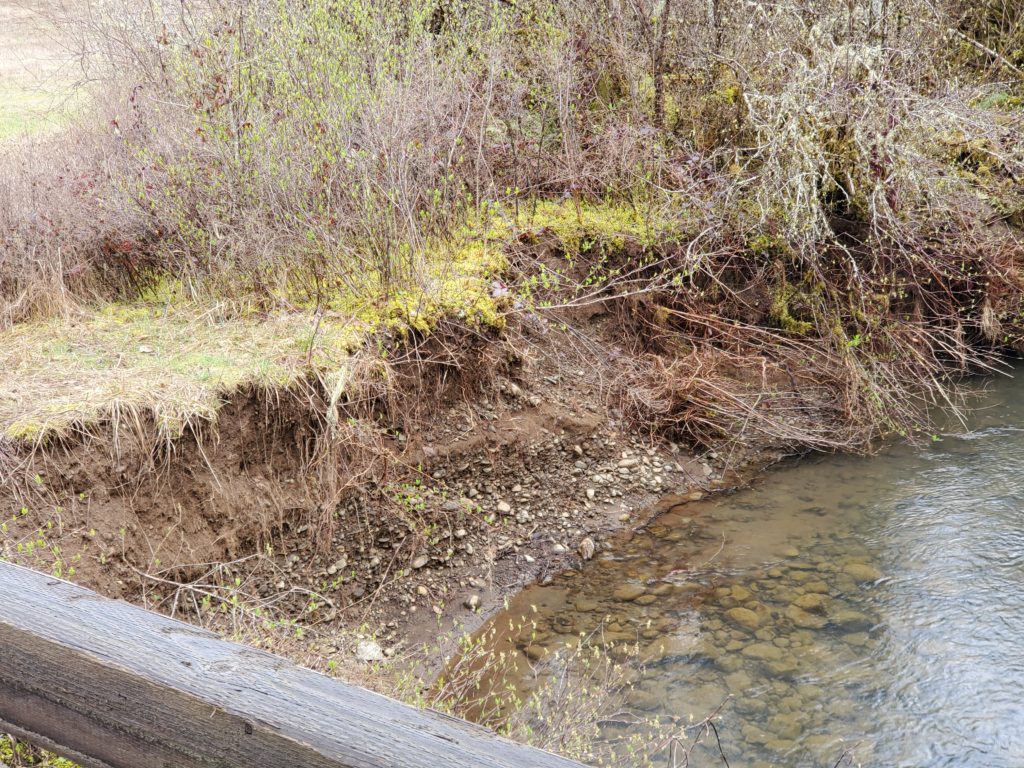
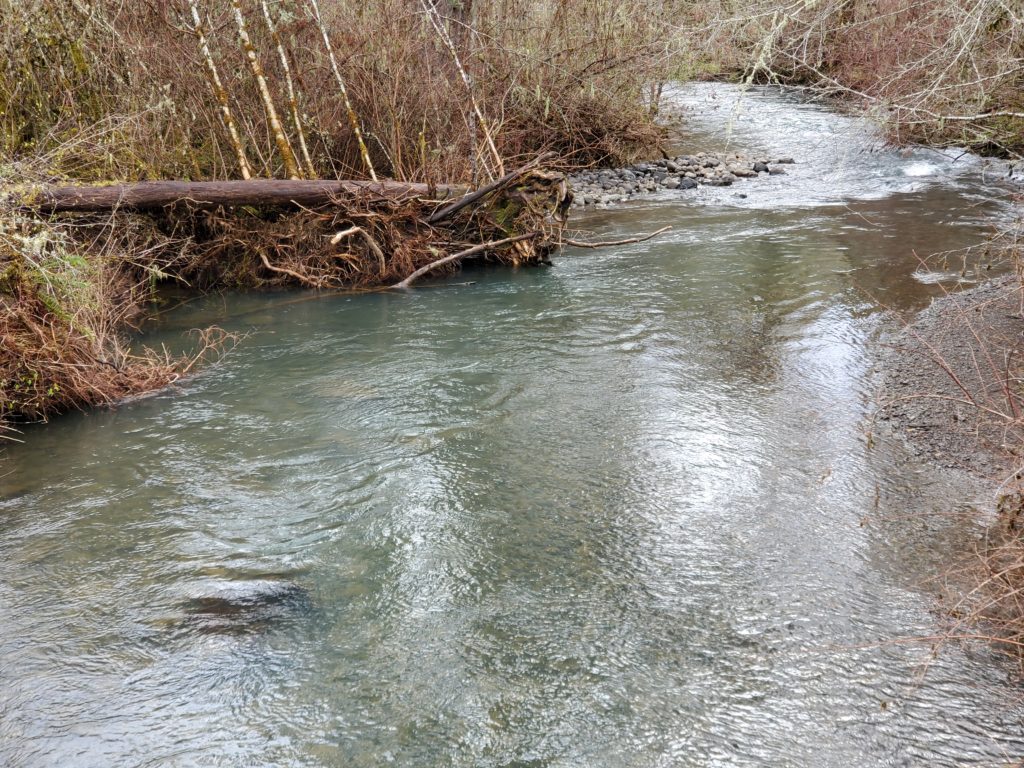
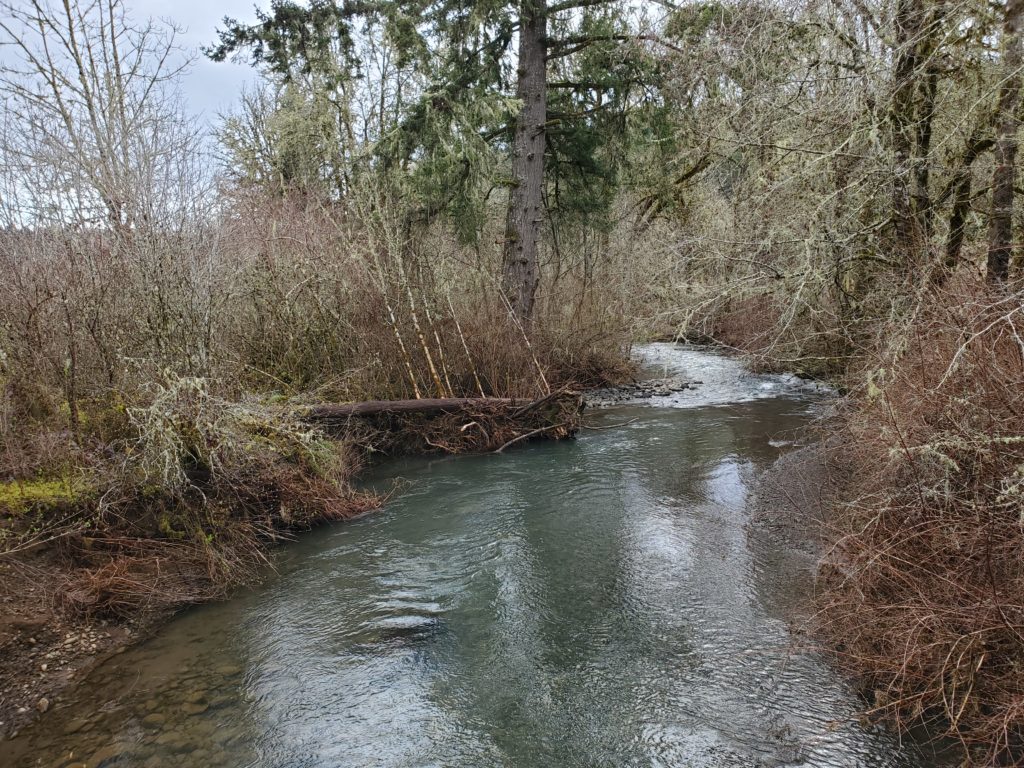
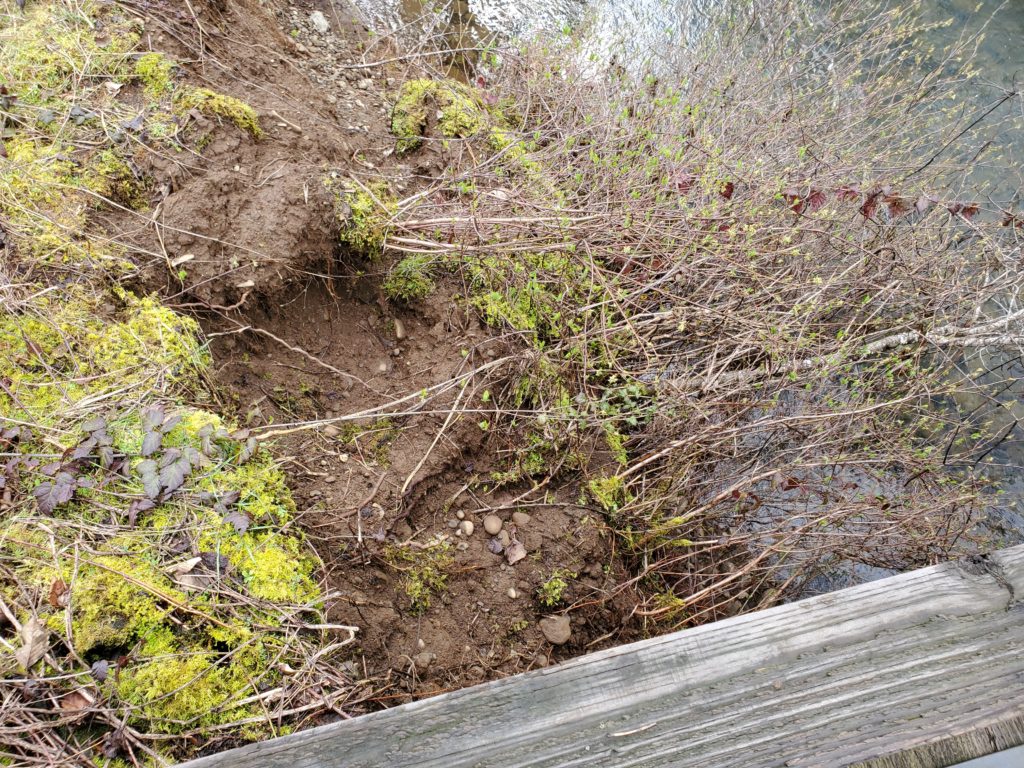
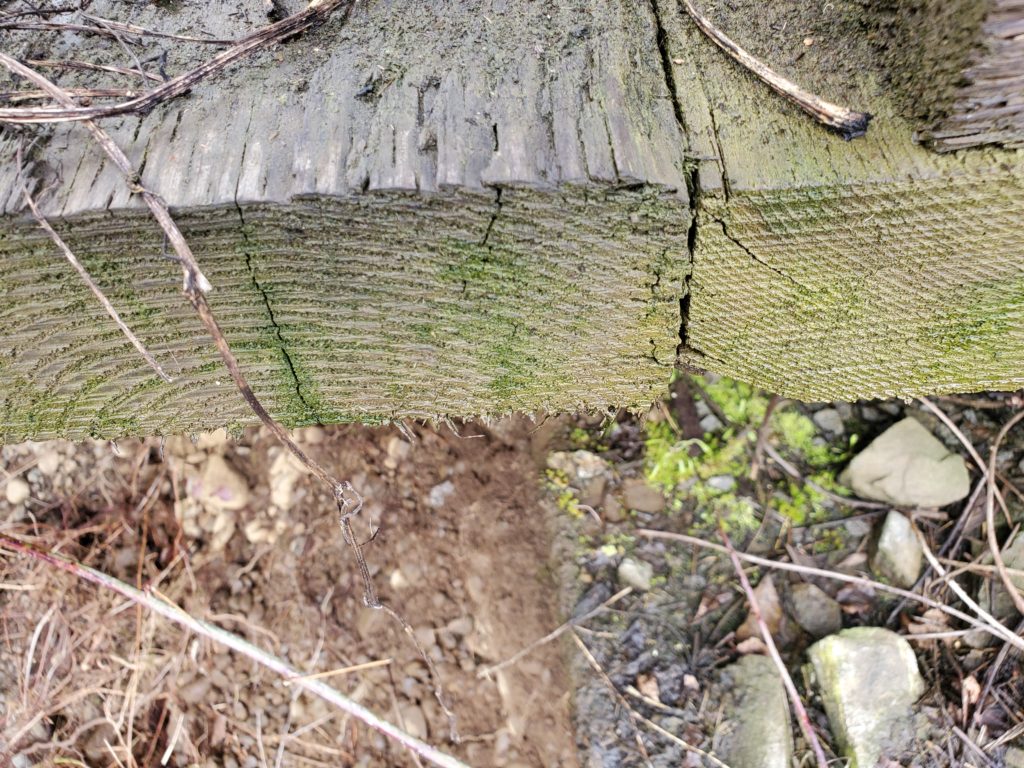
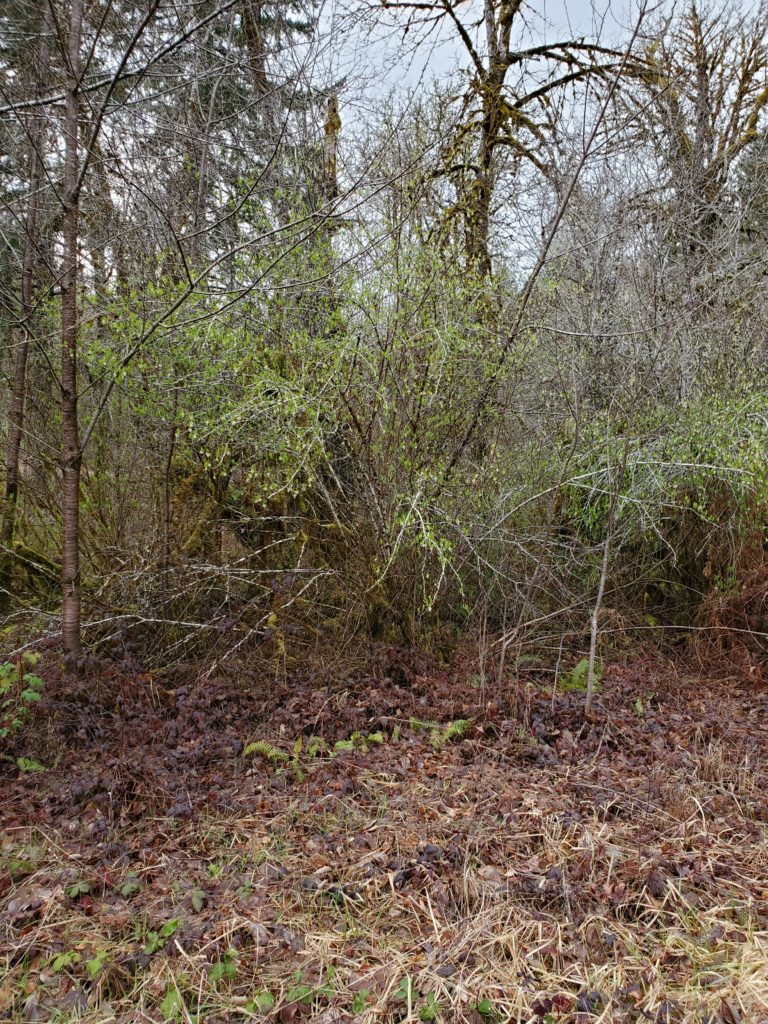
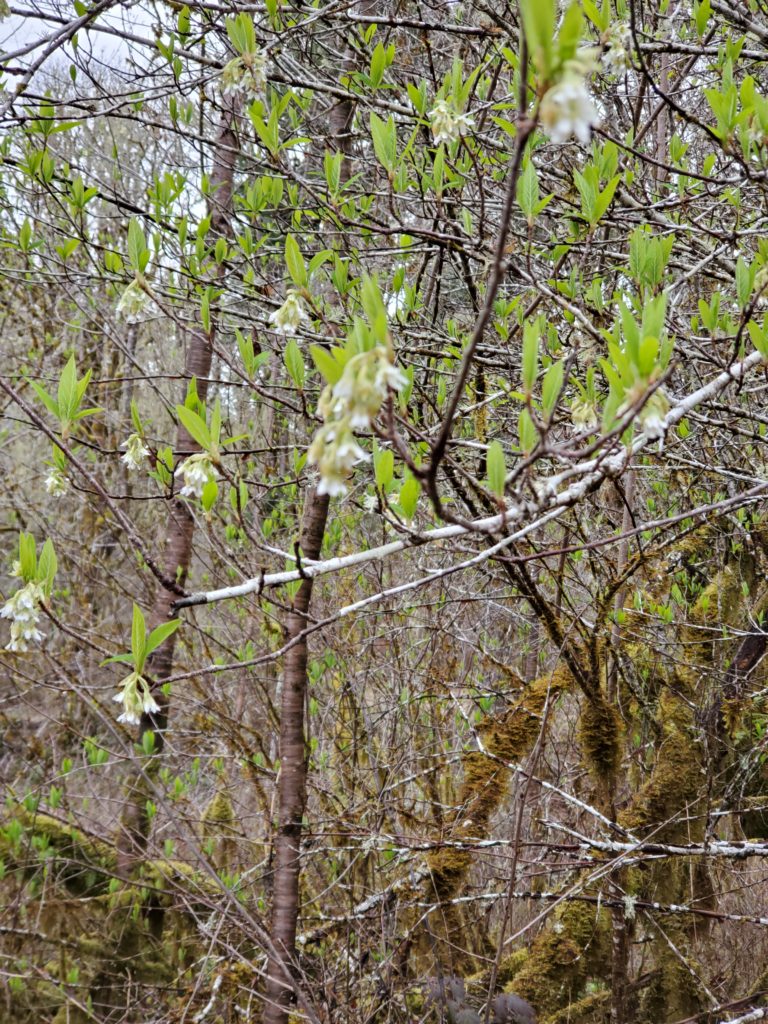
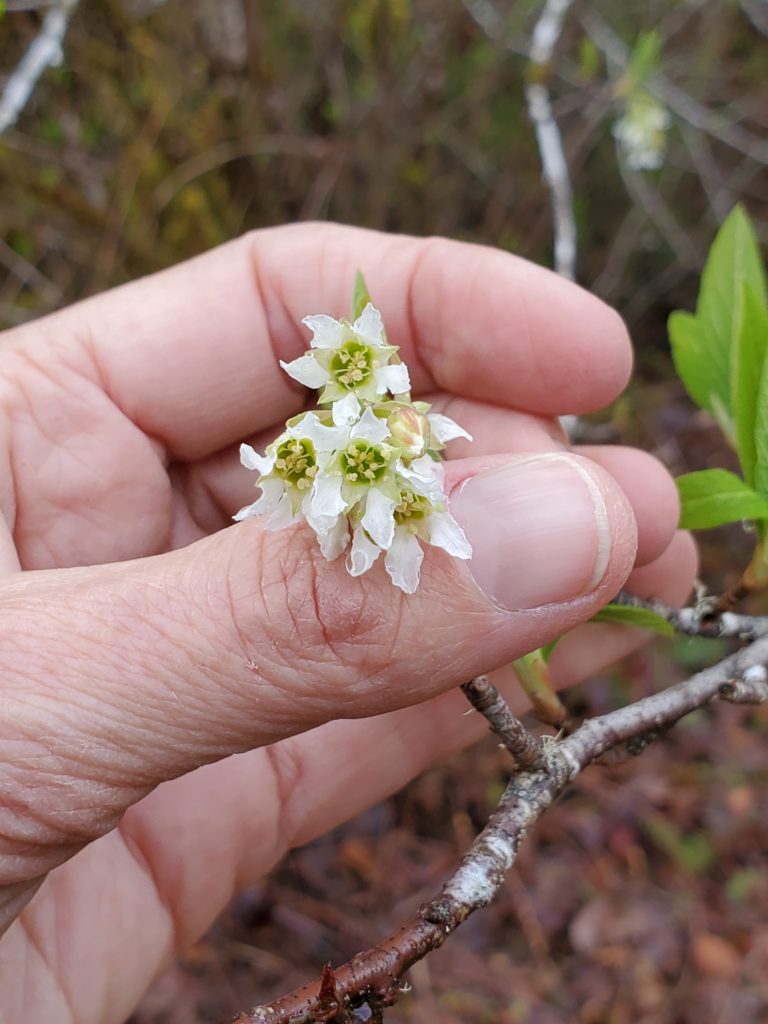
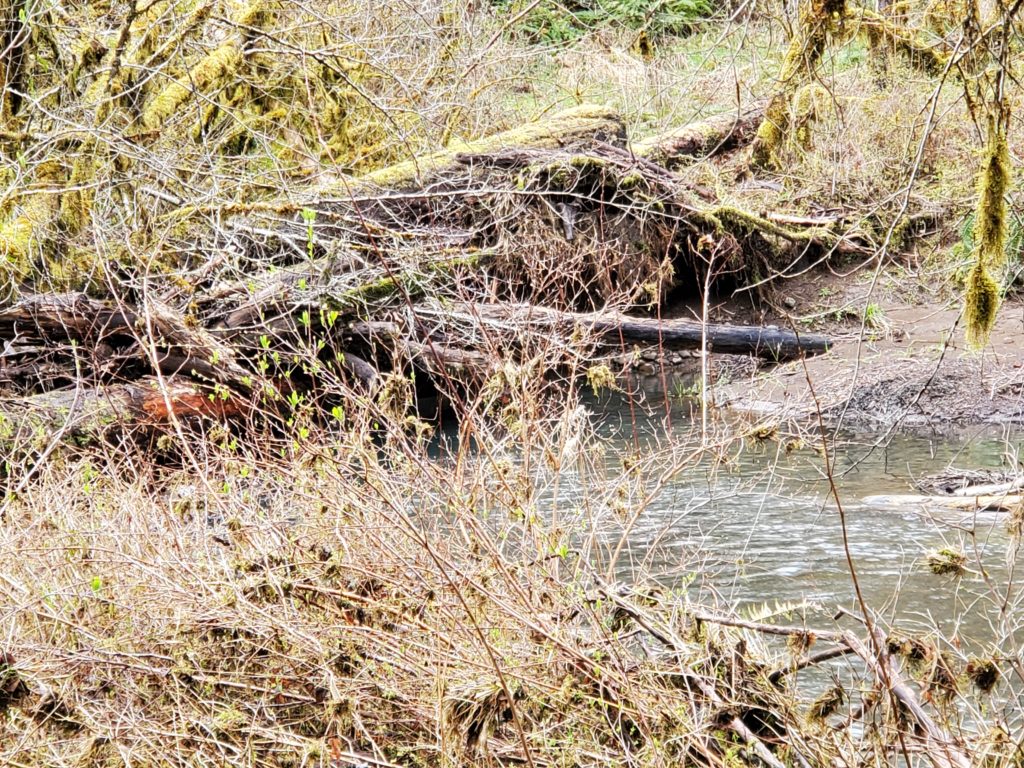
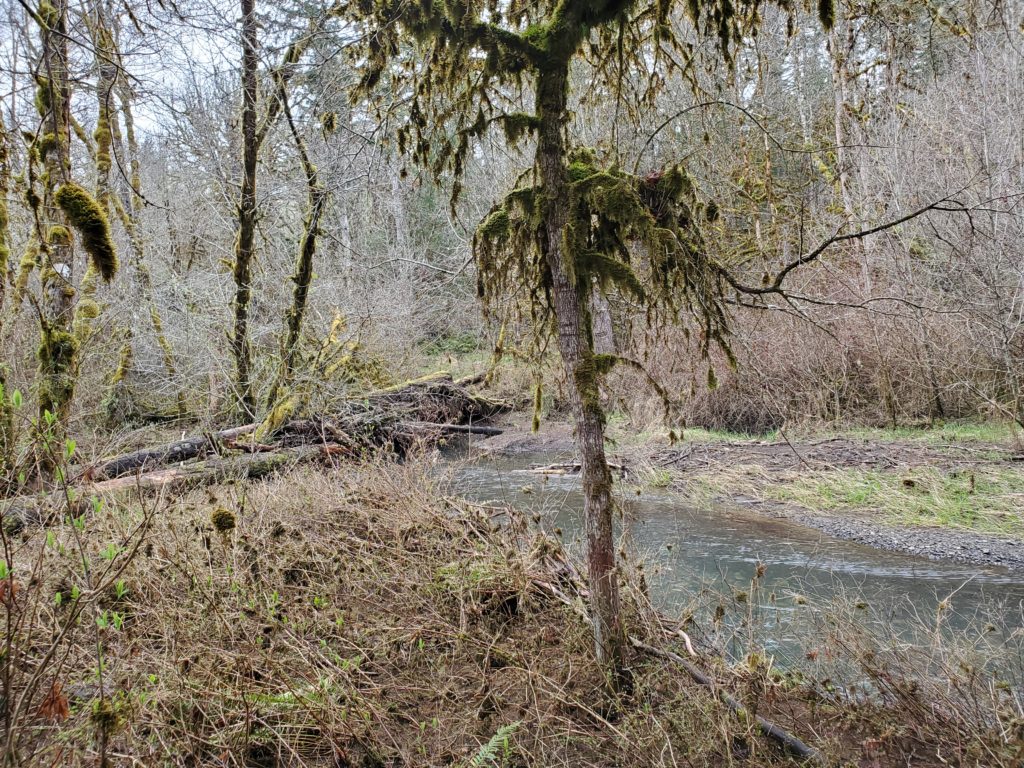
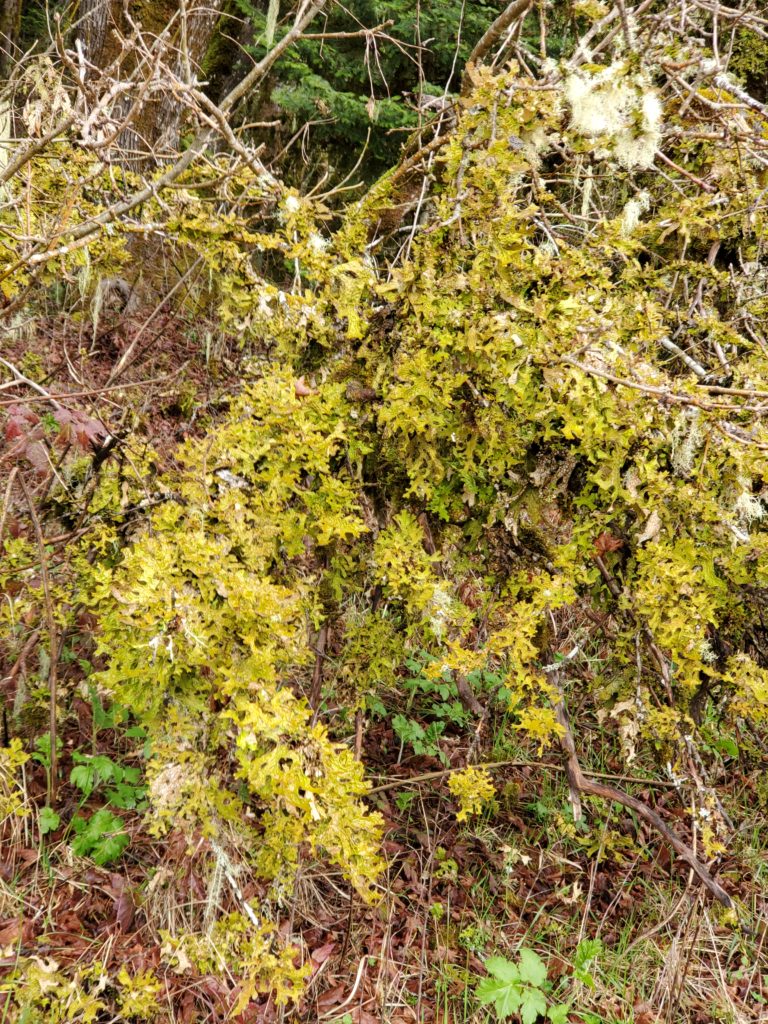
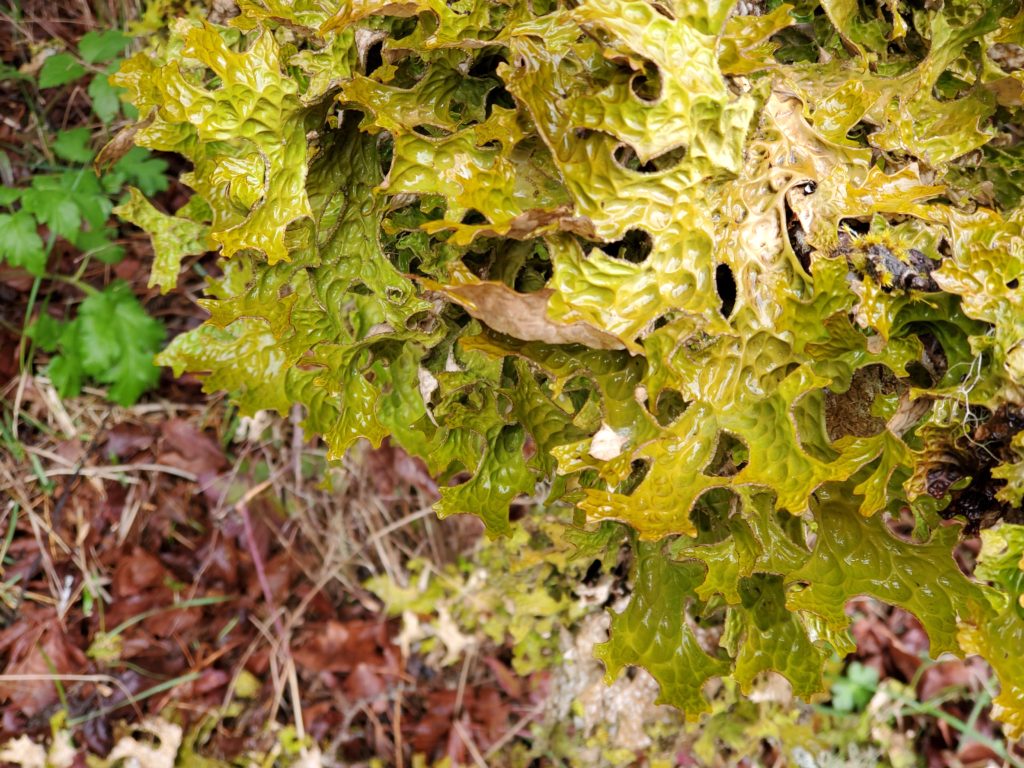
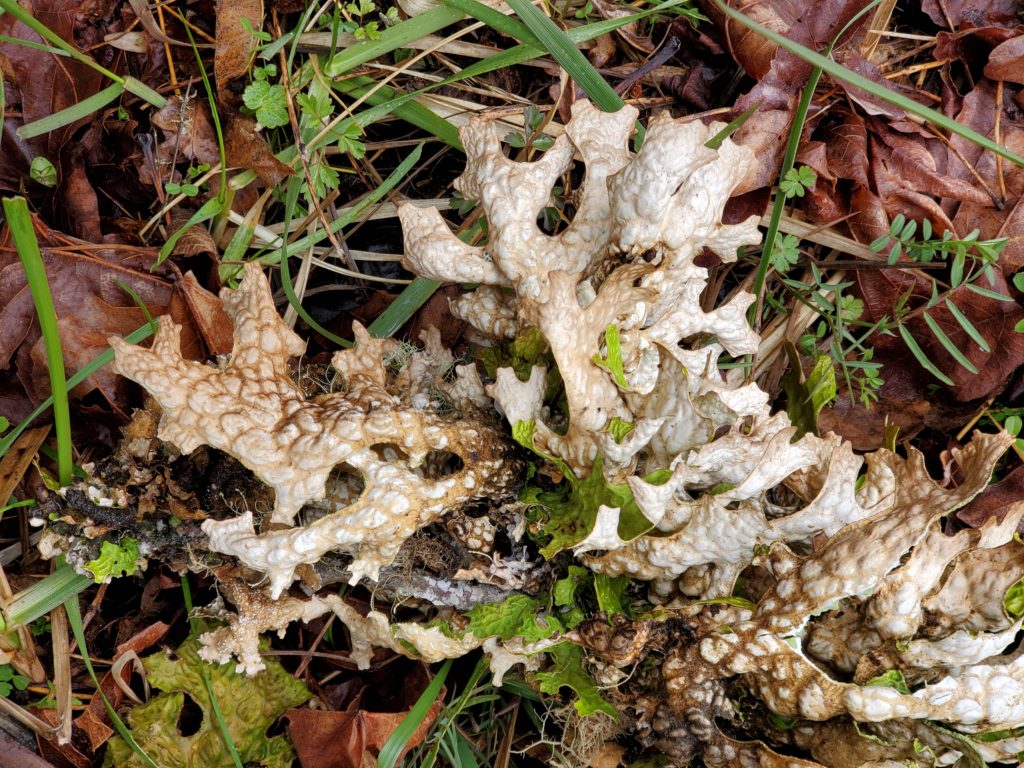
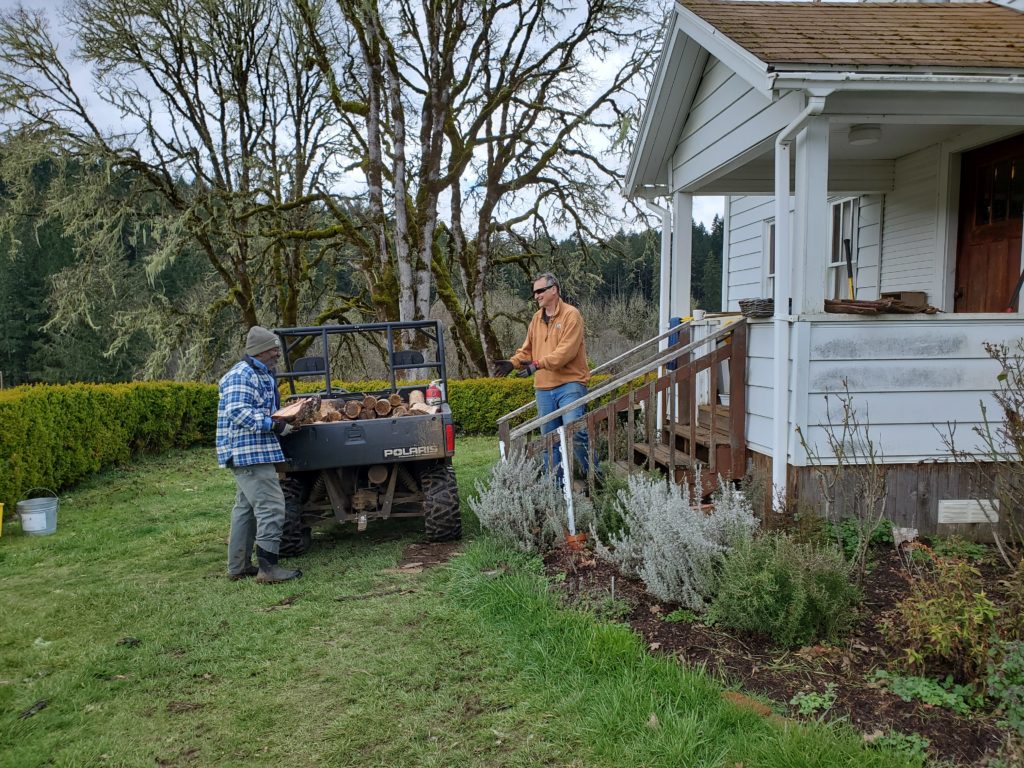
![]()
This article is from the Advocate. It describes the fish count going on (in part) on Shiver River property.
FEBRUARY 26, 2021
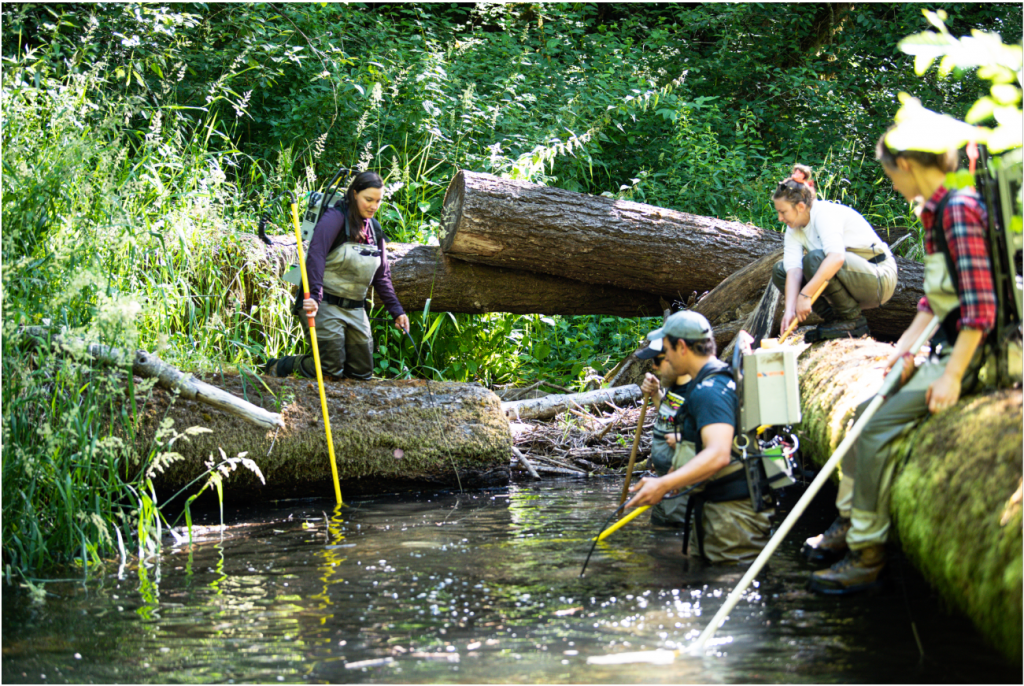
Many Benton County residents may have never heard or thought much of the Rock Creek watershed, located west of Philomath, but it is vitally important to the city of Corvallis. Up to 3.5 million gallons of drinking water per day is collected, treated, and piped into the city from the headwater streams of this watershed. This stream network is not only important for citizens of Corvallis, but it is also important to a diverse group of fish and wildlife species, including the iconic Coastal Cutthroat Trout.
“The opportunity to study one of Oregon’s most beloved fish species, the Coastal Cutthroat Trout, in a semi-pristine watershed is ideal,” says Christina Linkem, a Master’s student at Oregon State University, “because I get to work in a stream and help the fisheries community learn more about how trout use their stream networks.”
Linkem and a band of OSU graduate and undergraduate students have installed antennas along banks of the streams to conduct a mobile tracking study of the trout’s seasonal movement. The group also captured hundreds of trout and tagged them with Passive Integrated Transponder (PIT) tags that send movement data to the antennas whenever they swim past.
In addition to understanding seasonal patterns, it is also a goal of the study to assess how the city’s water intake structures may affect fish movement. Multiple water intake structures – concrete dam-like structures that span the width of streams – are built along streams in the Rock Creek watershed to draw drinking water for treatment. The water intake structures have fish ladders built into the design to allow fish to pass through them; however, the efficiency of the ladders has never been tested in Rock Creek.
Typically, Coastal Cutthroat Trout move downstream and upstream in a watershed seasonally throughout the year as water levels rise and lower and as stream temperatures change. Until Linkem’s project, it was unknown if the drinking water intake structures block any of this movement.
“I am already seeing that the water intake structure is not impeding downstream movement, because a lot of tagged fish have left the tributary for the winter,” Linkem says. “I think this summer we will be able to see whether the intake structure is impacting upstream movement when the fish come back.”
When asked what she expects to find later this year, she replies, “I’d like to guess that the fish ladder will be sufficient for upstream travel, too.”
Linkem’s project is currently ongoing and is planned to conclude by the end of summer, 2021. The city of Corvallis will receive her final report and the Advocate will publish an update after her analysis is completed.
By: Lauren Zatkos
![]()
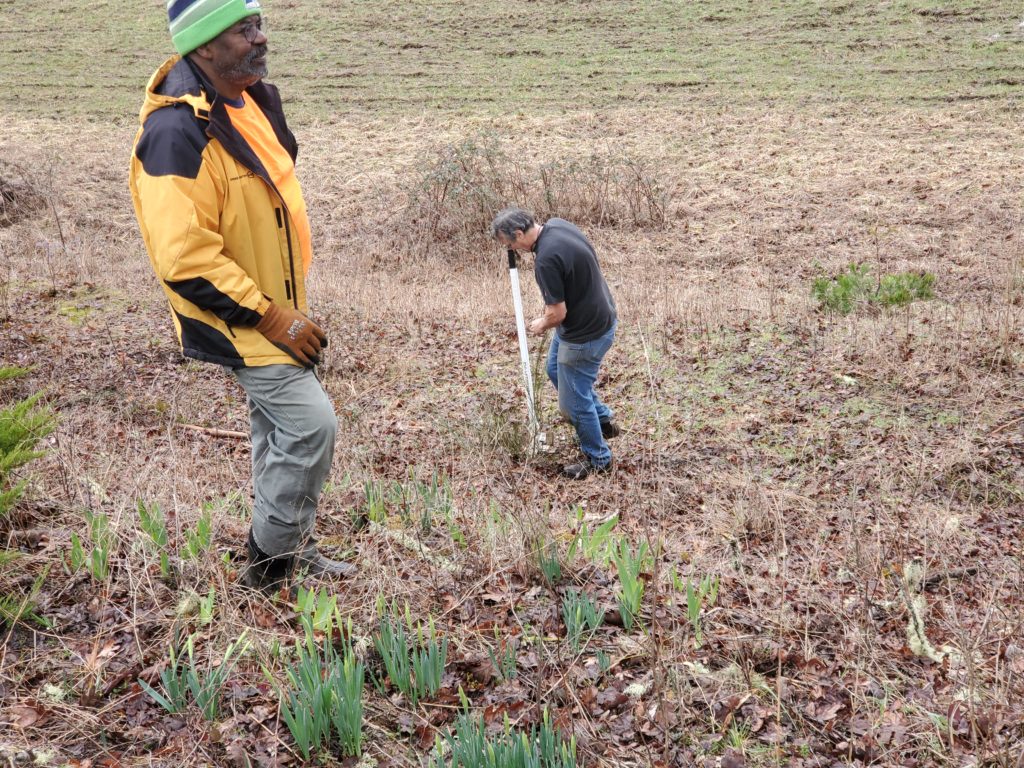
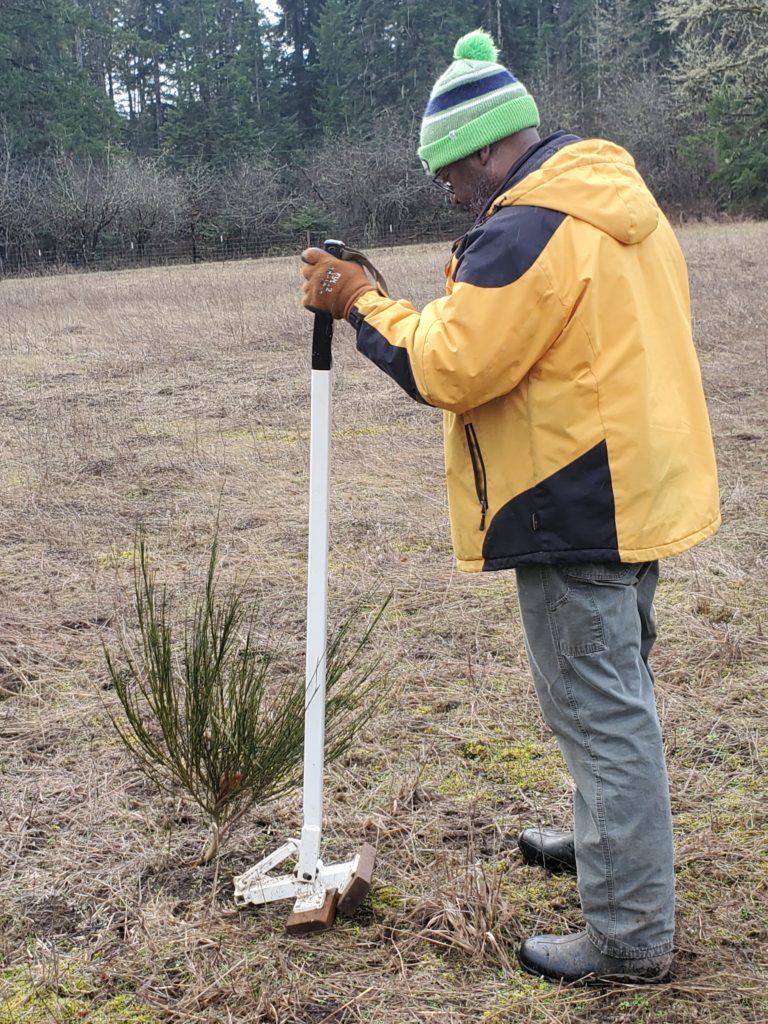
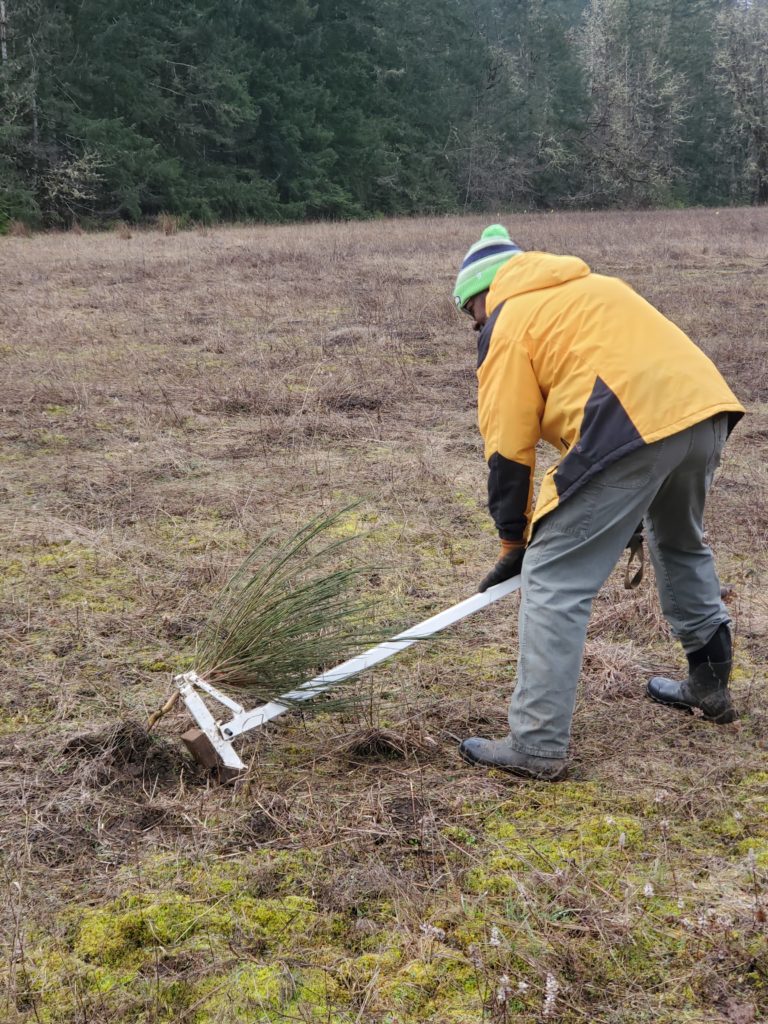
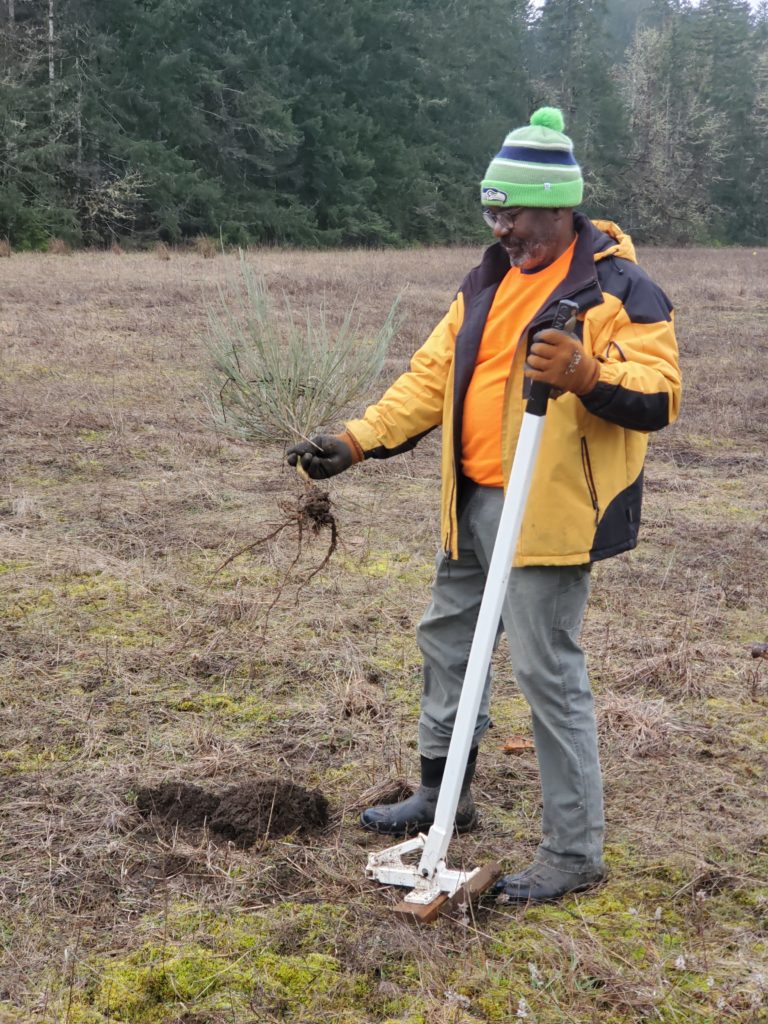
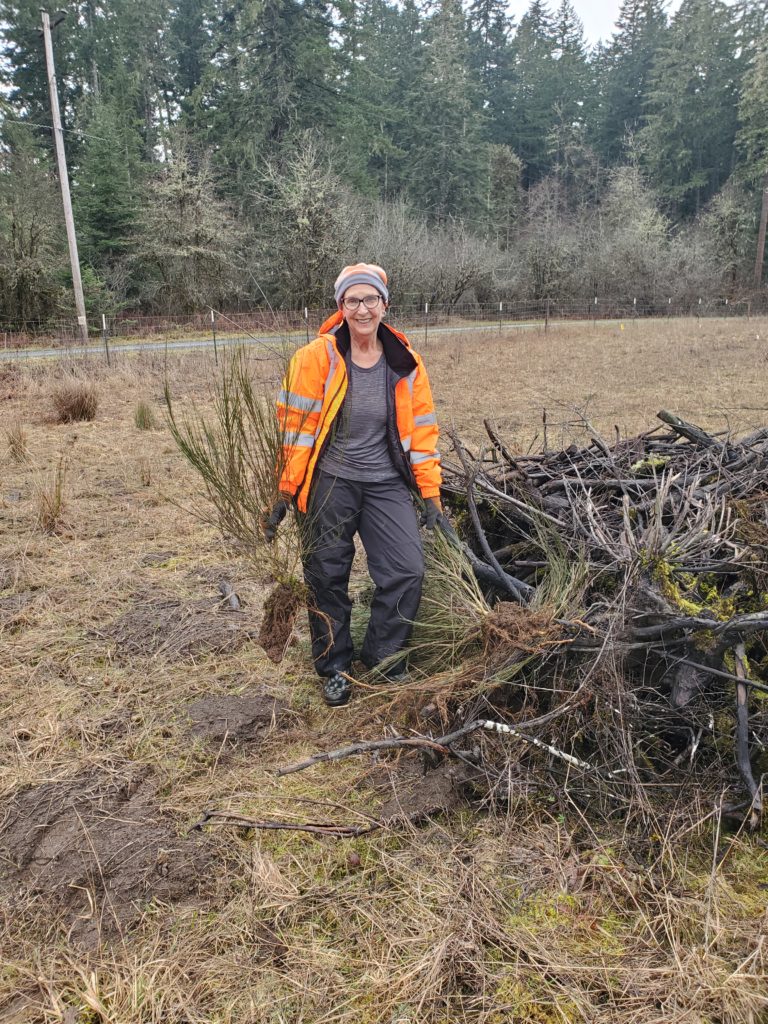
![]()
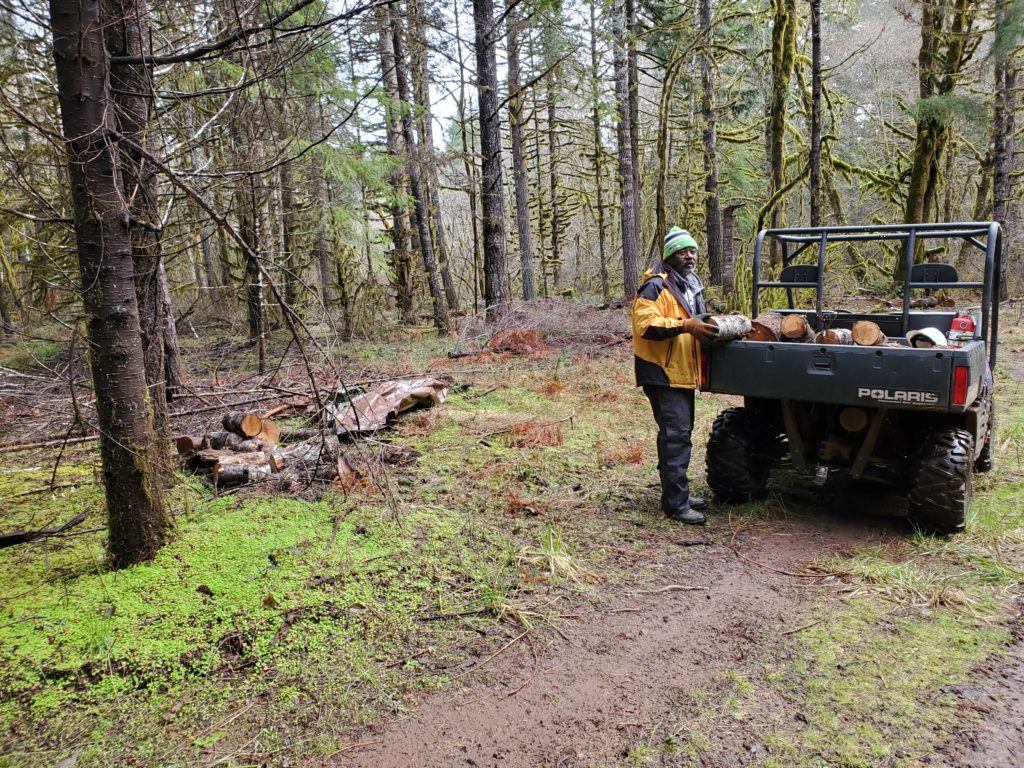
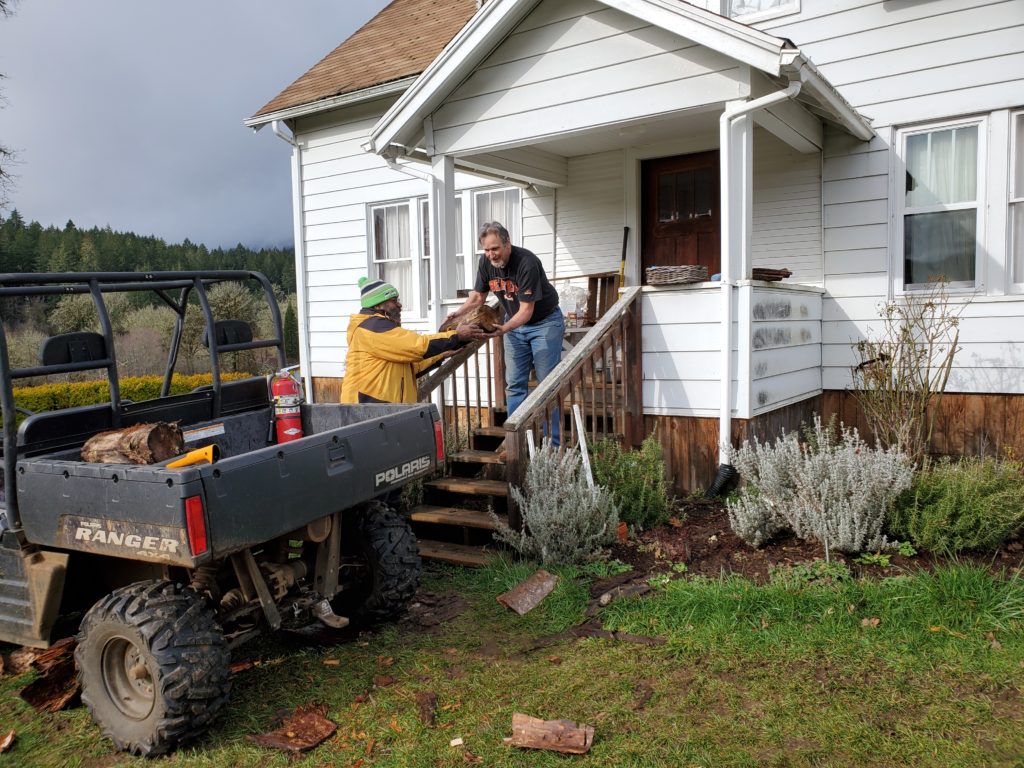
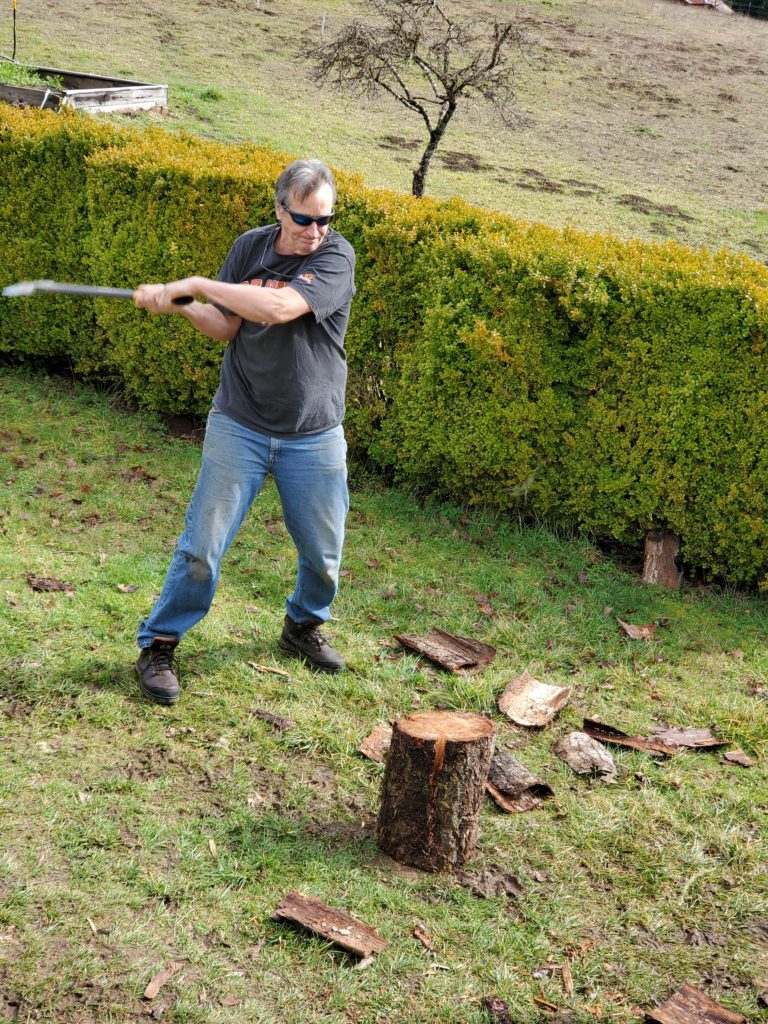
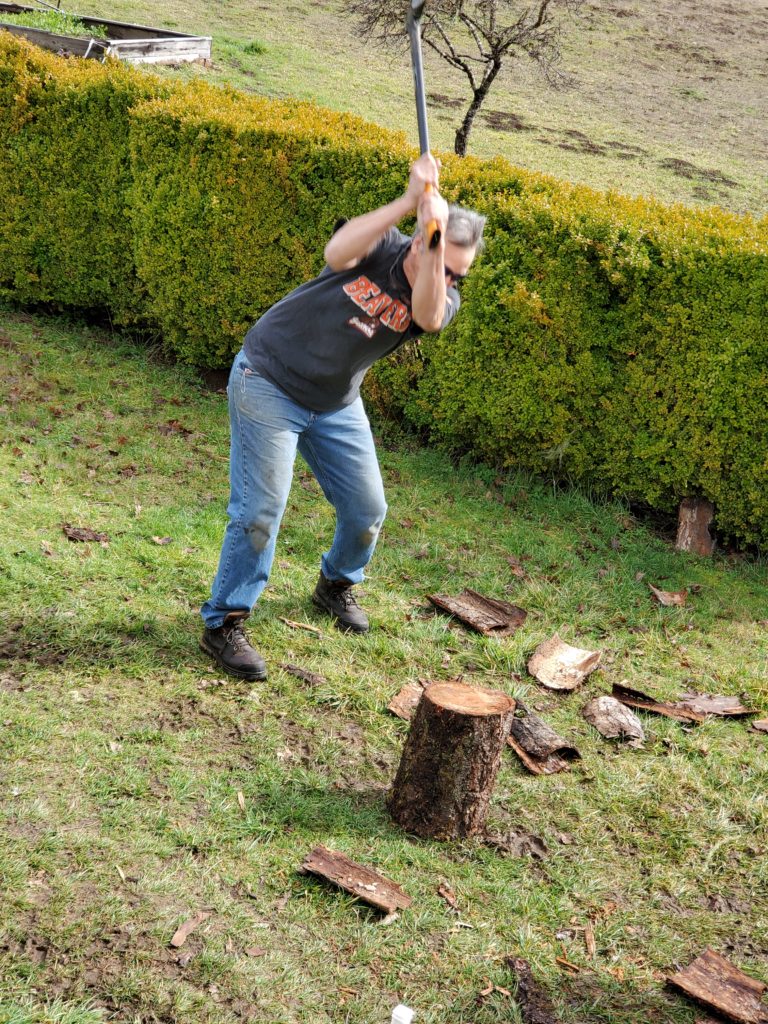
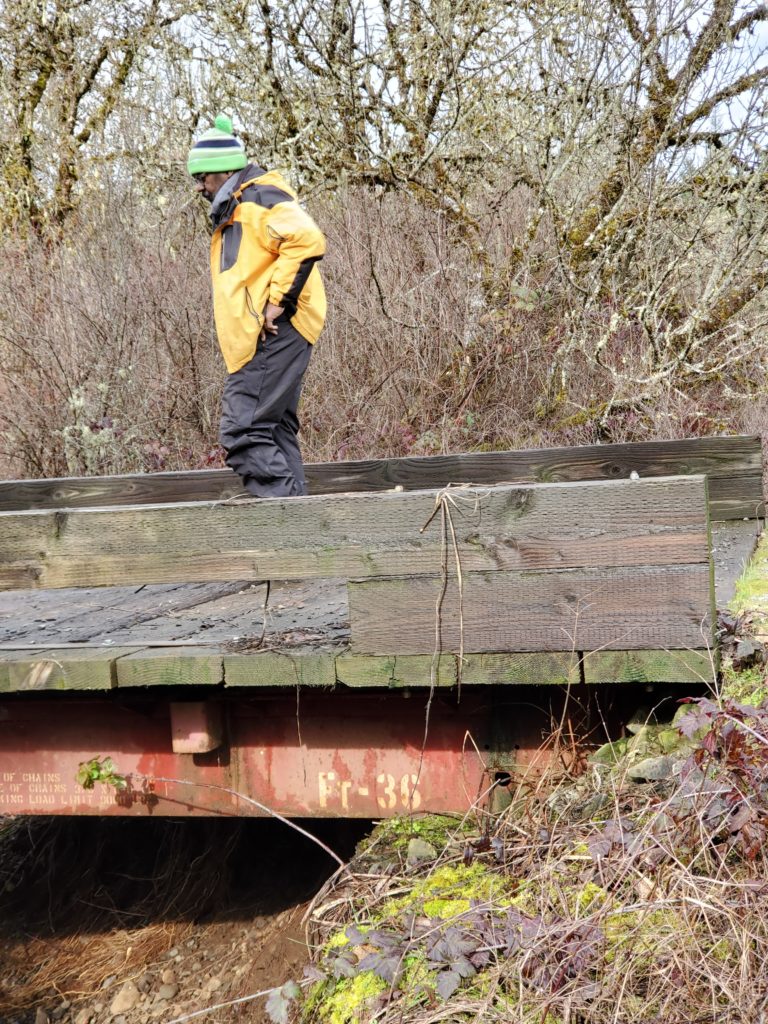
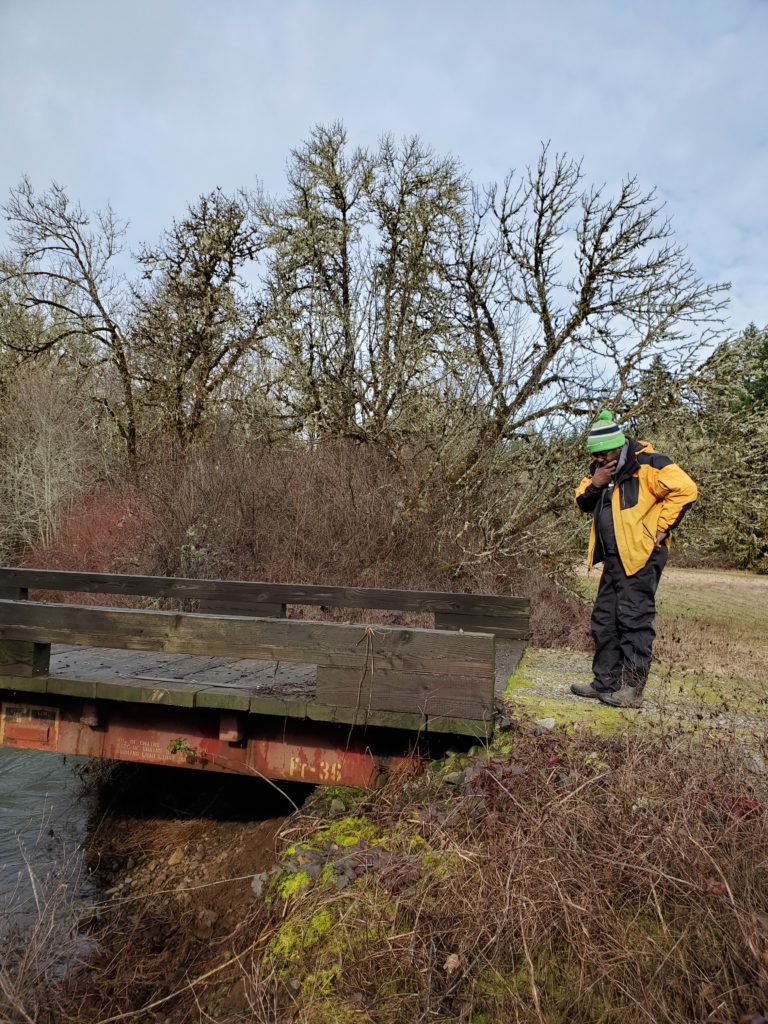
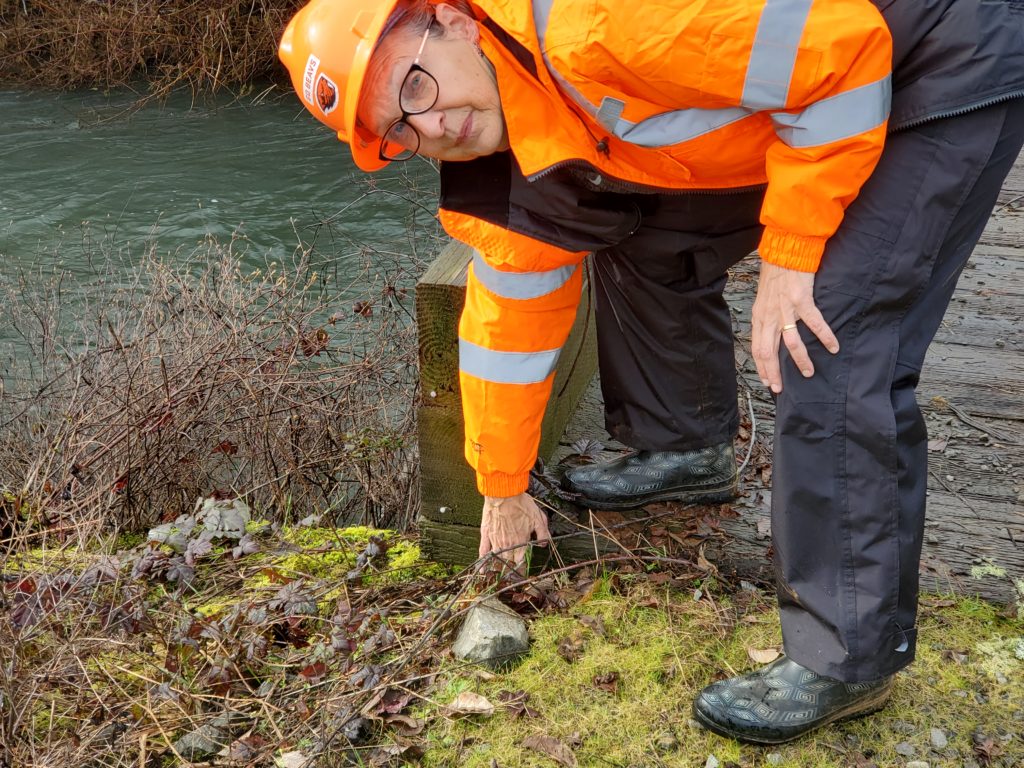
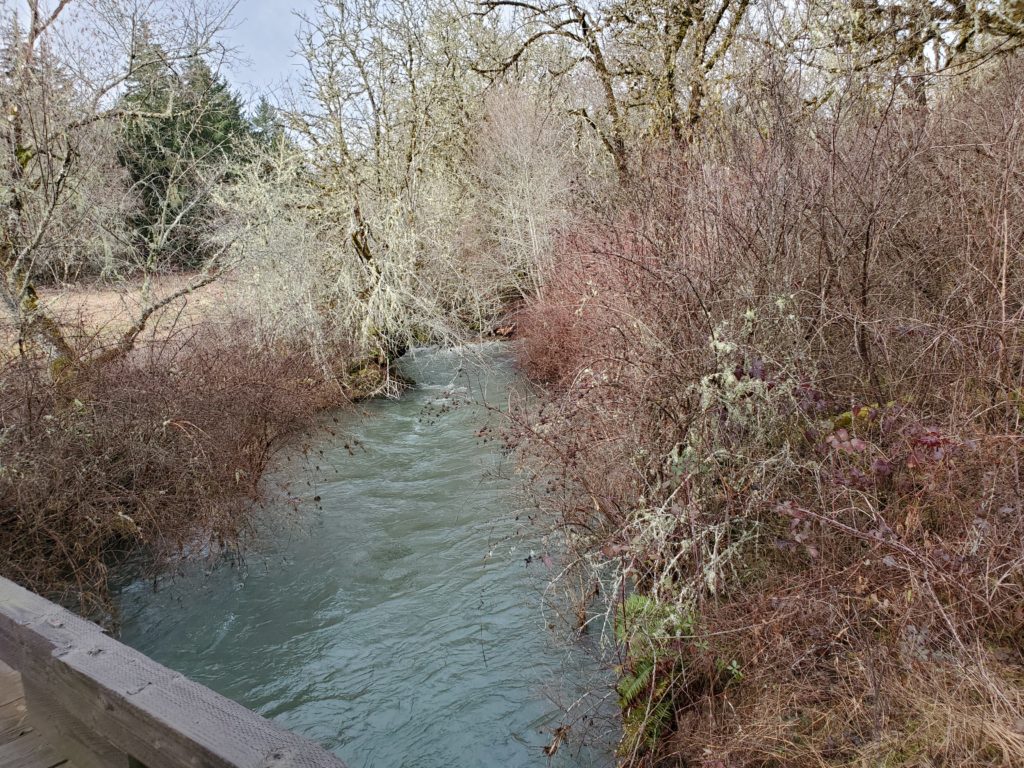
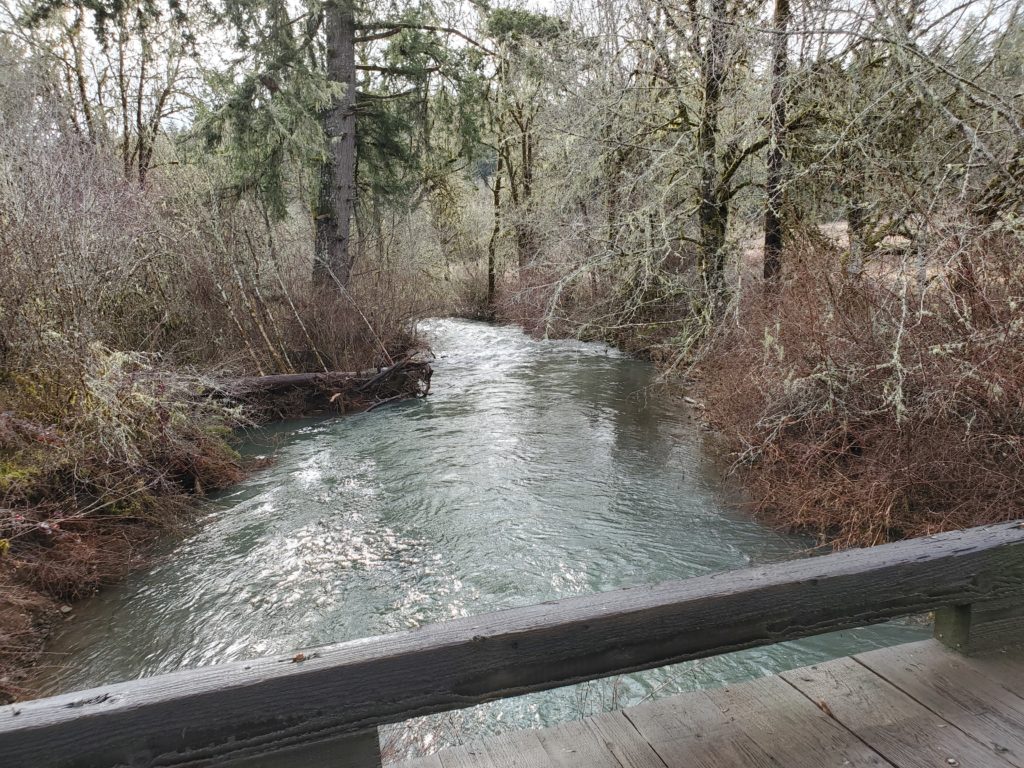
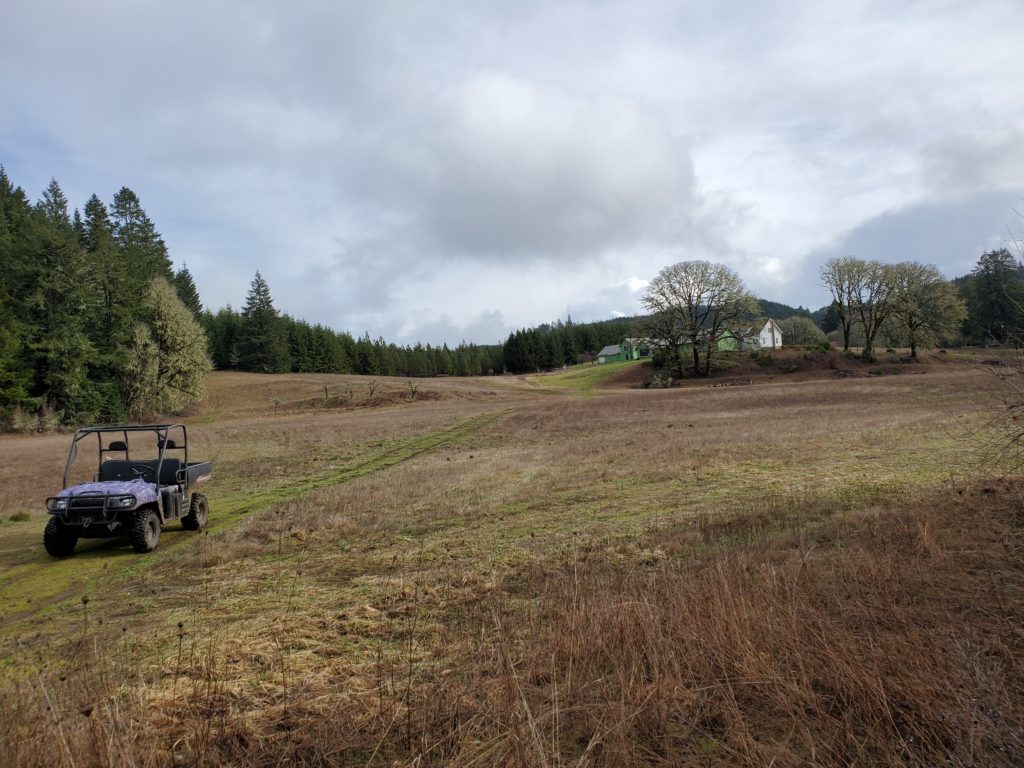
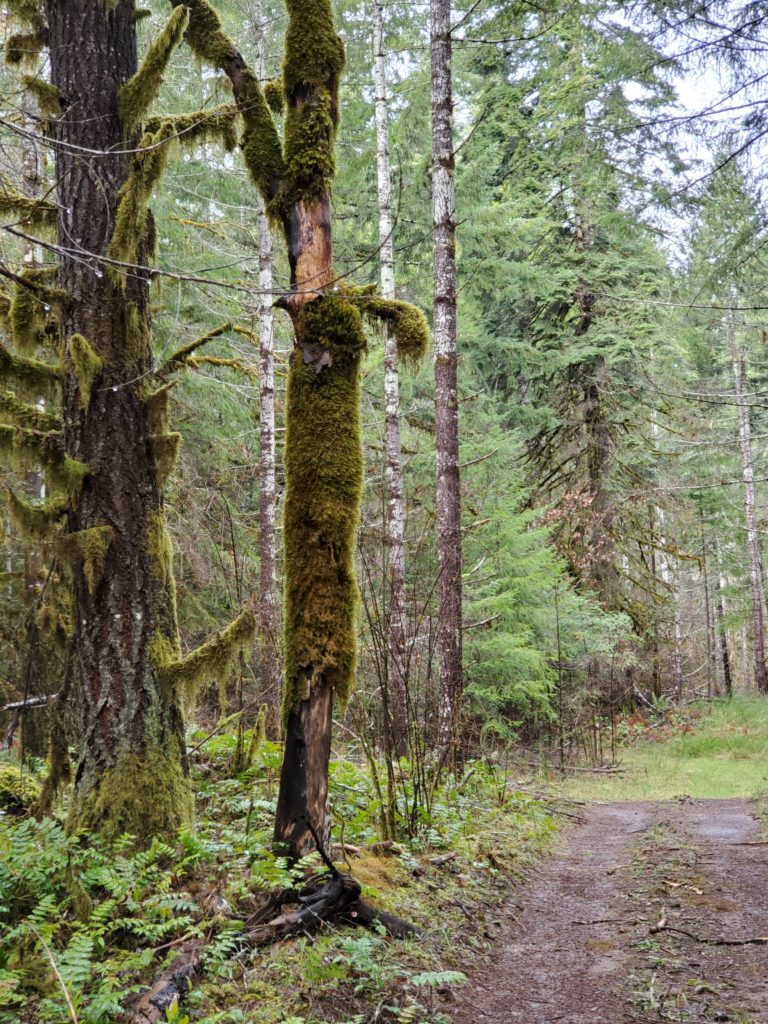
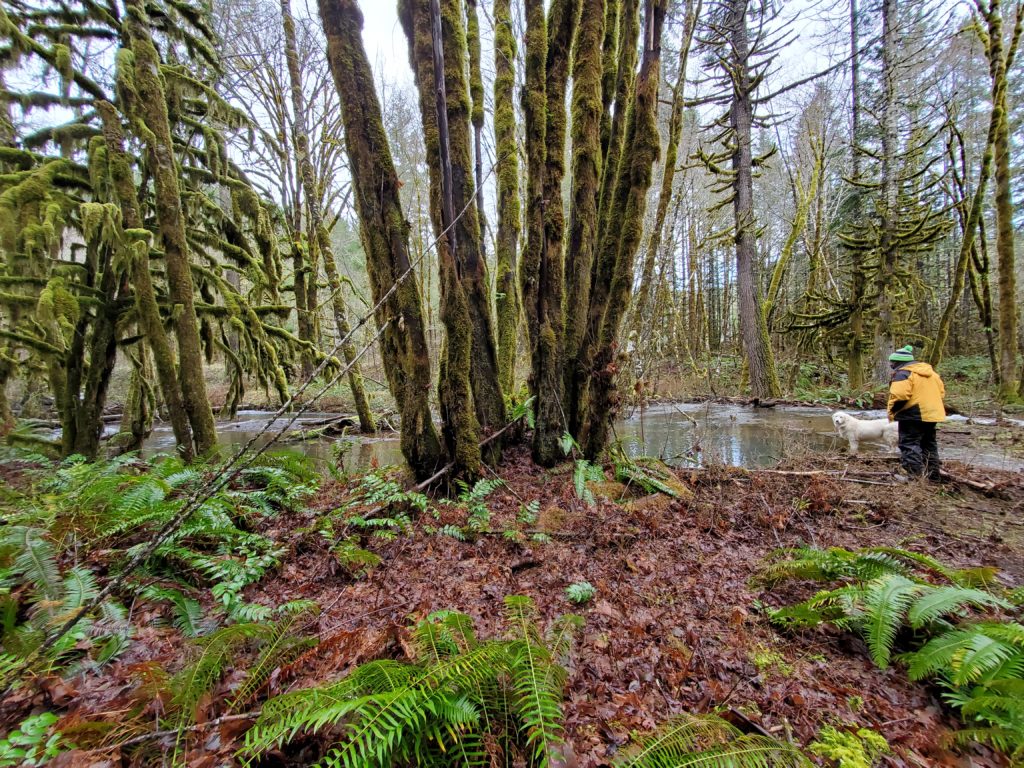
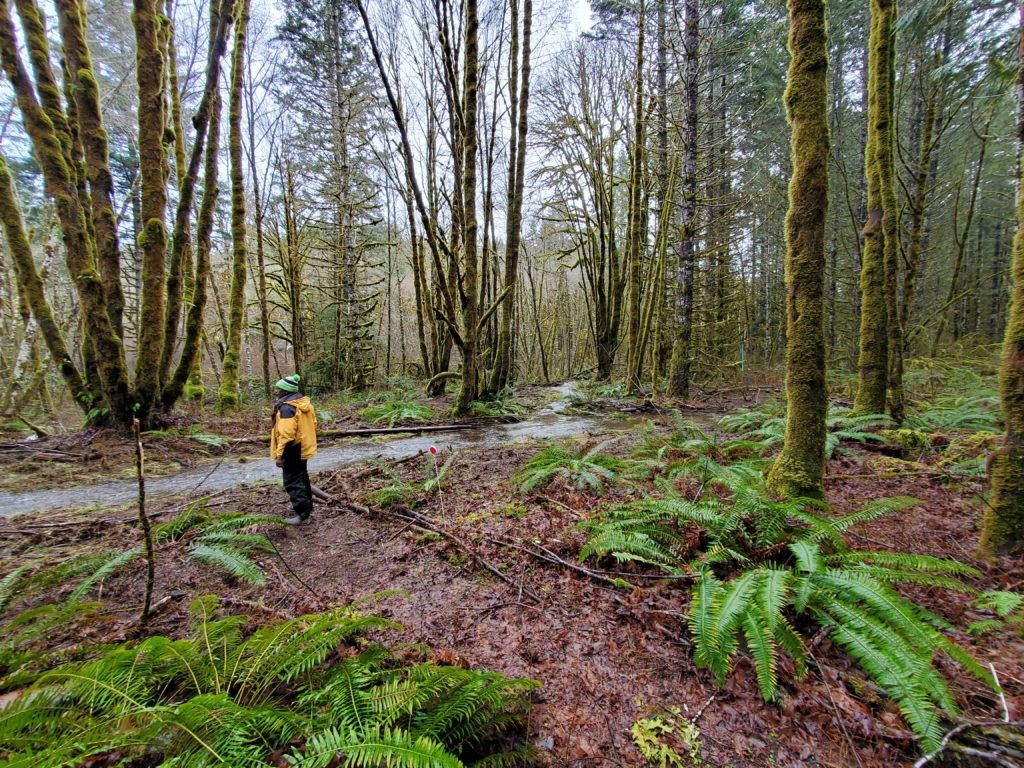
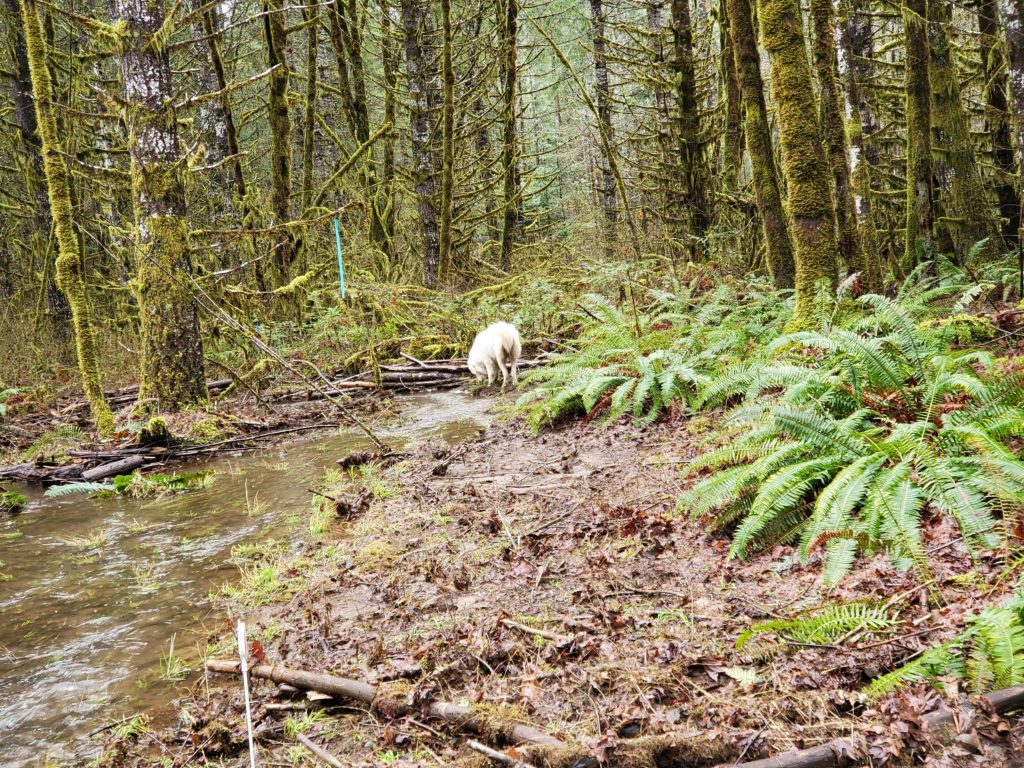
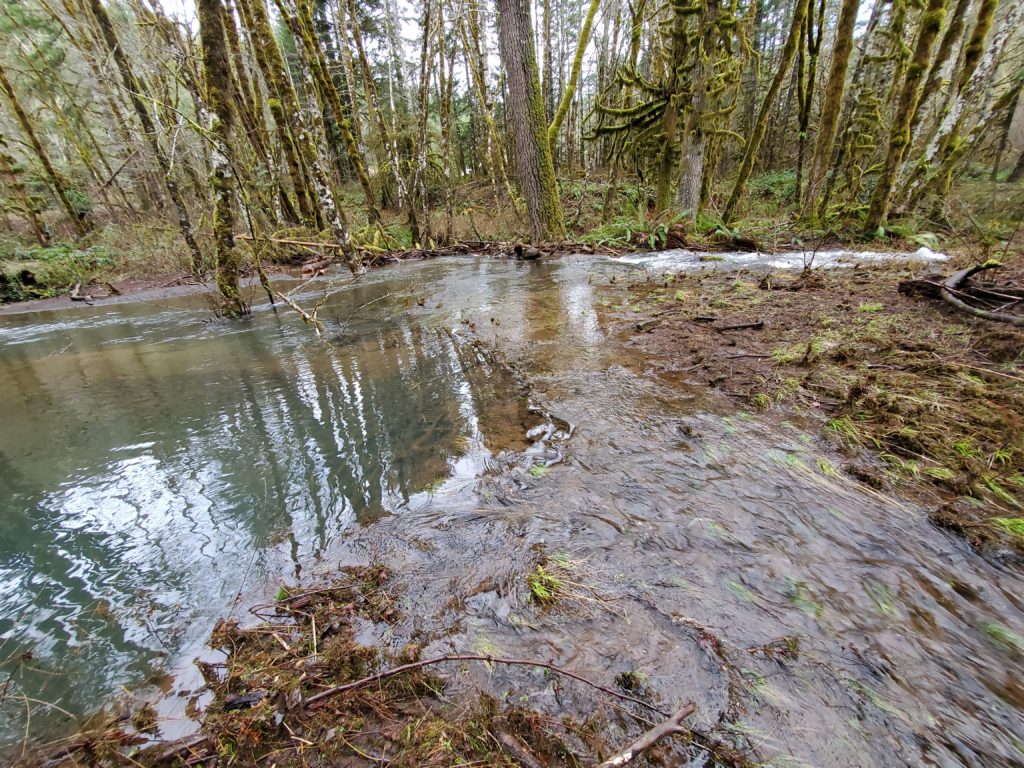
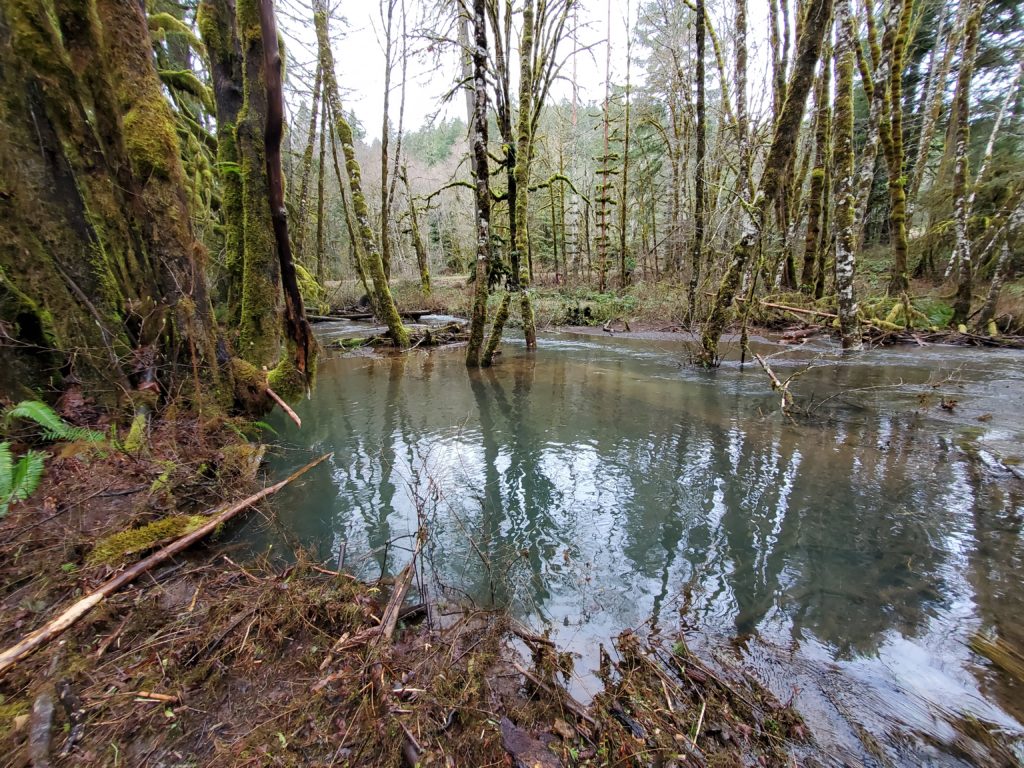
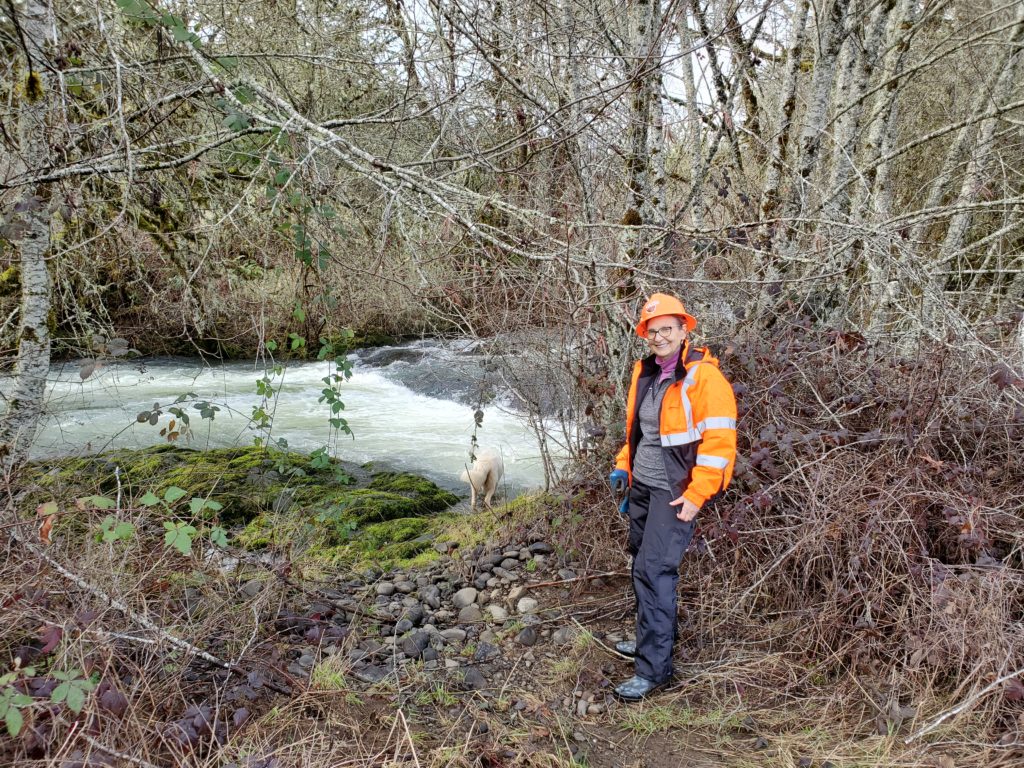
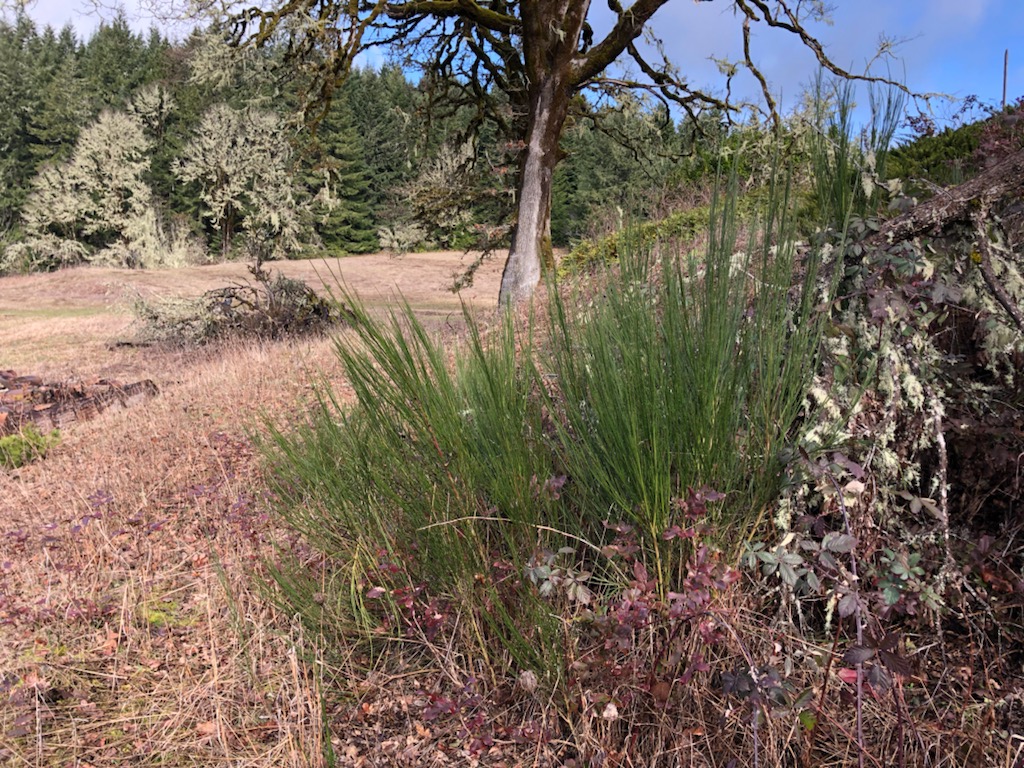
![]()
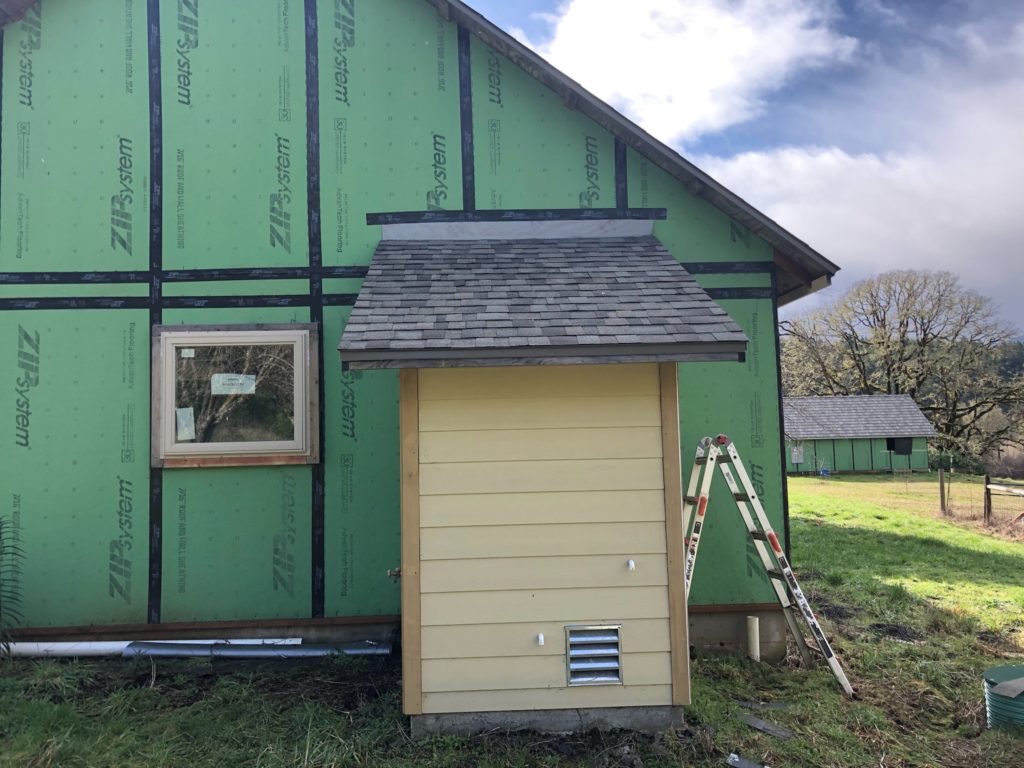
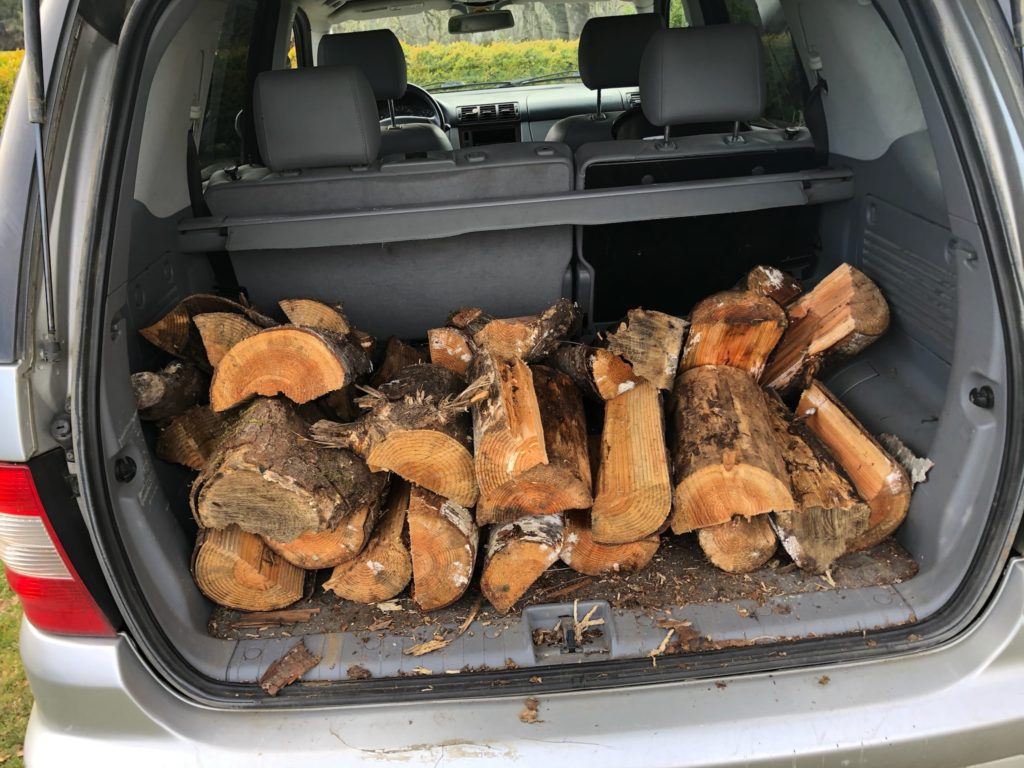
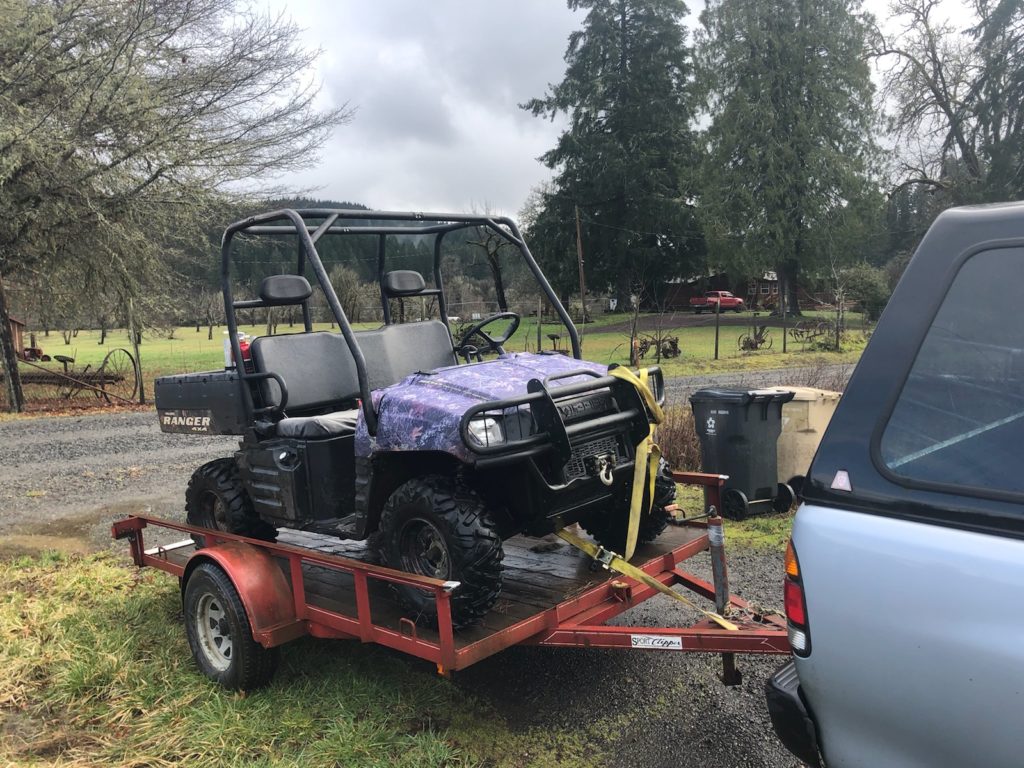
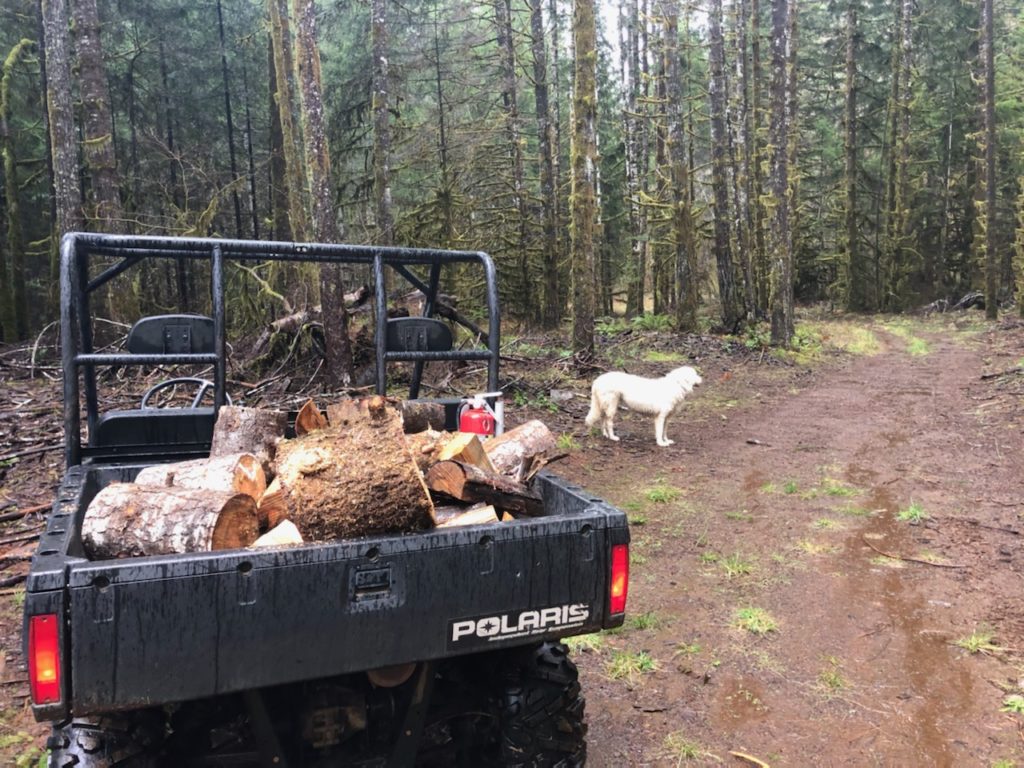
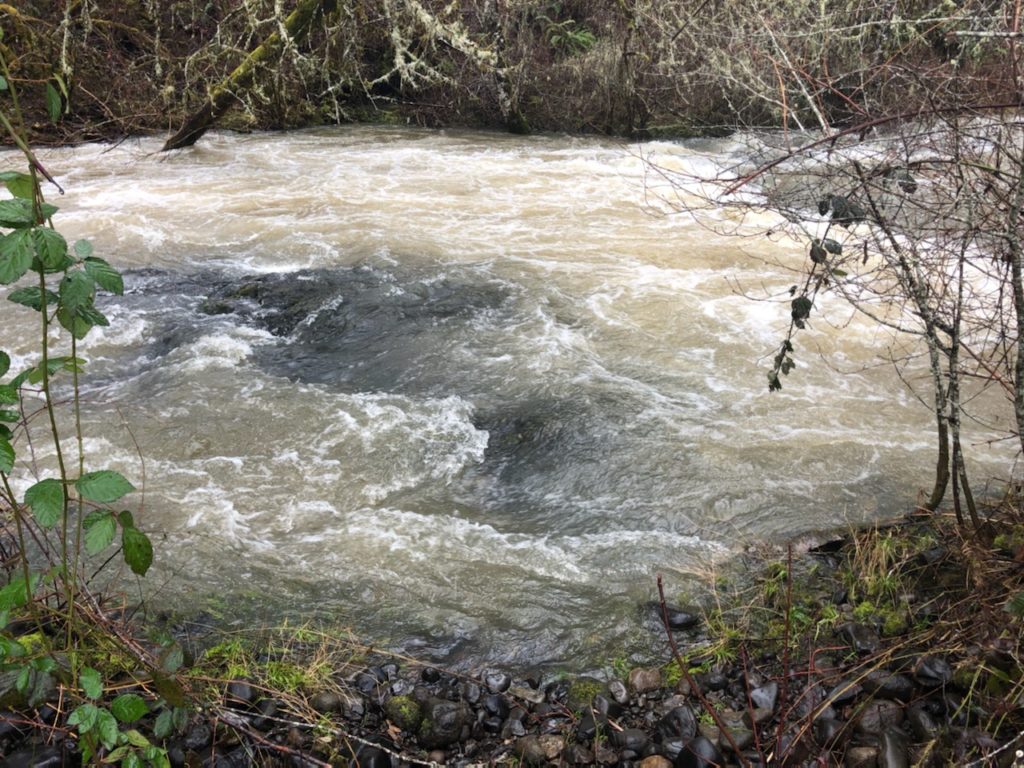
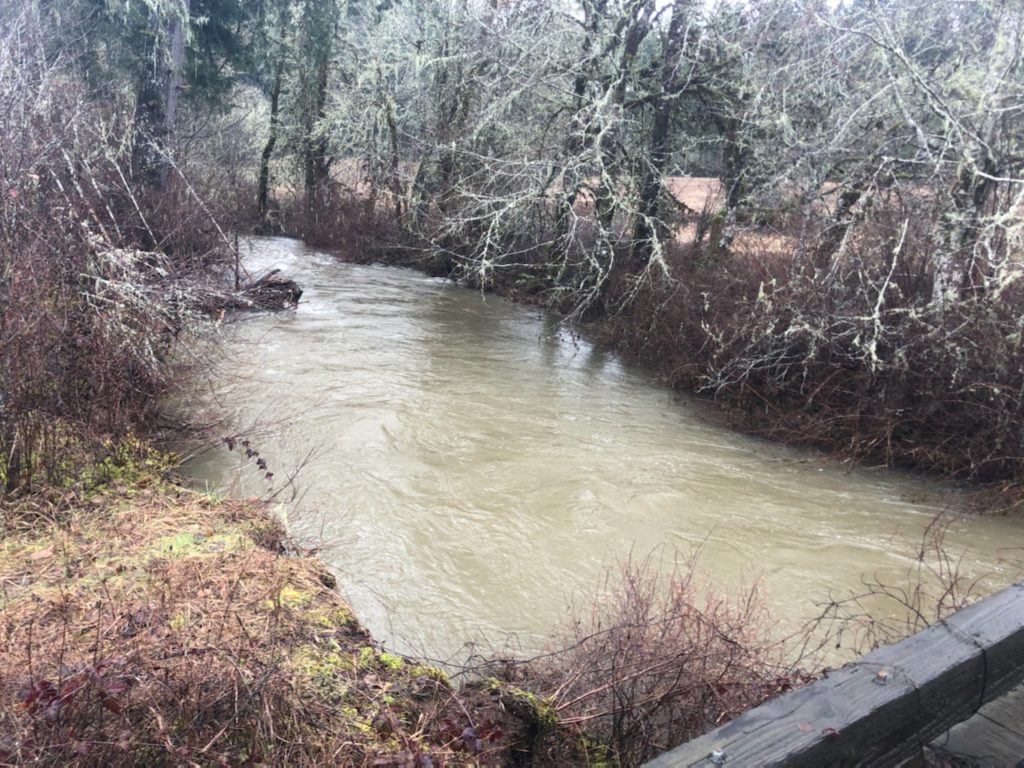
![]()
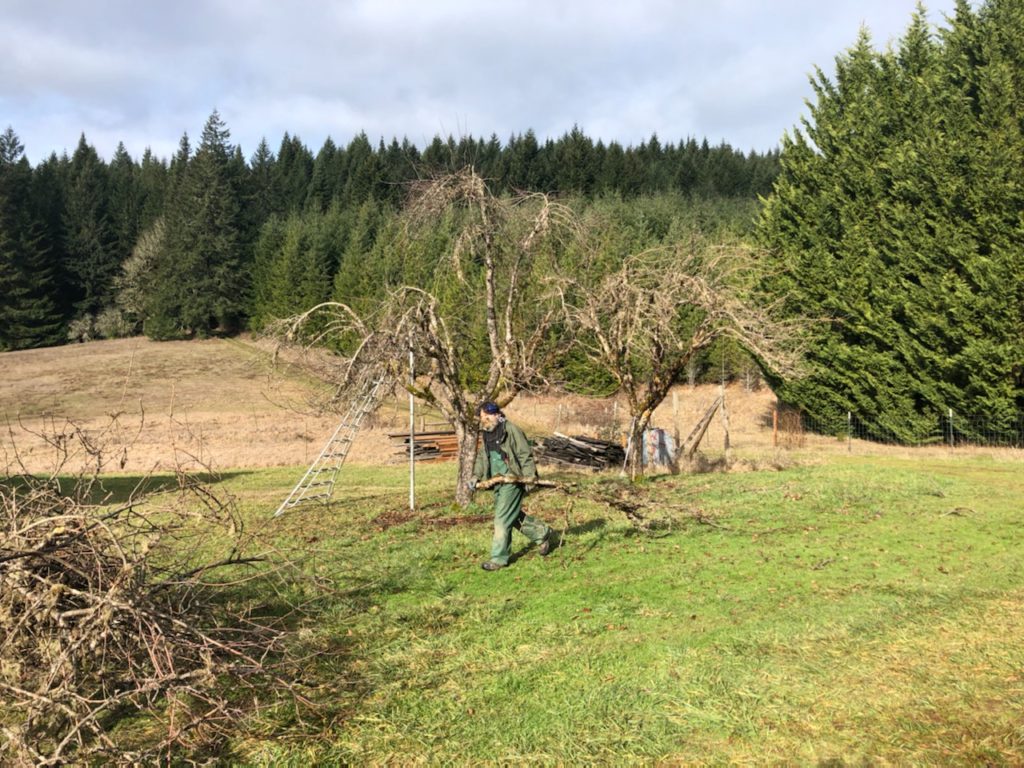
![]()
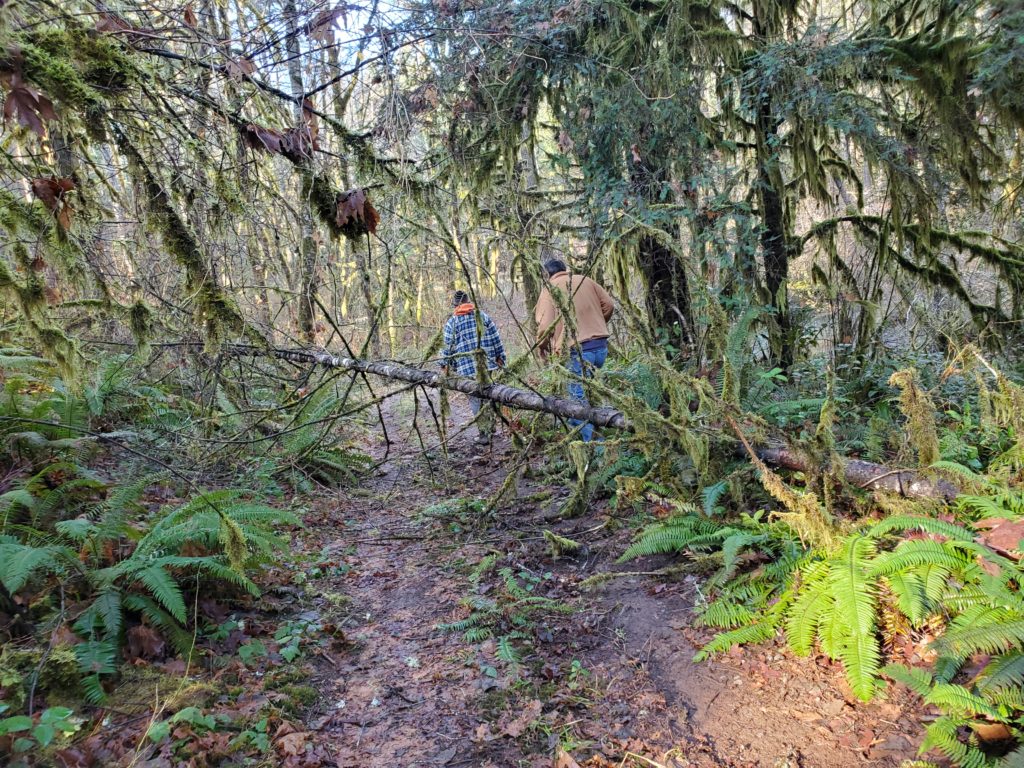
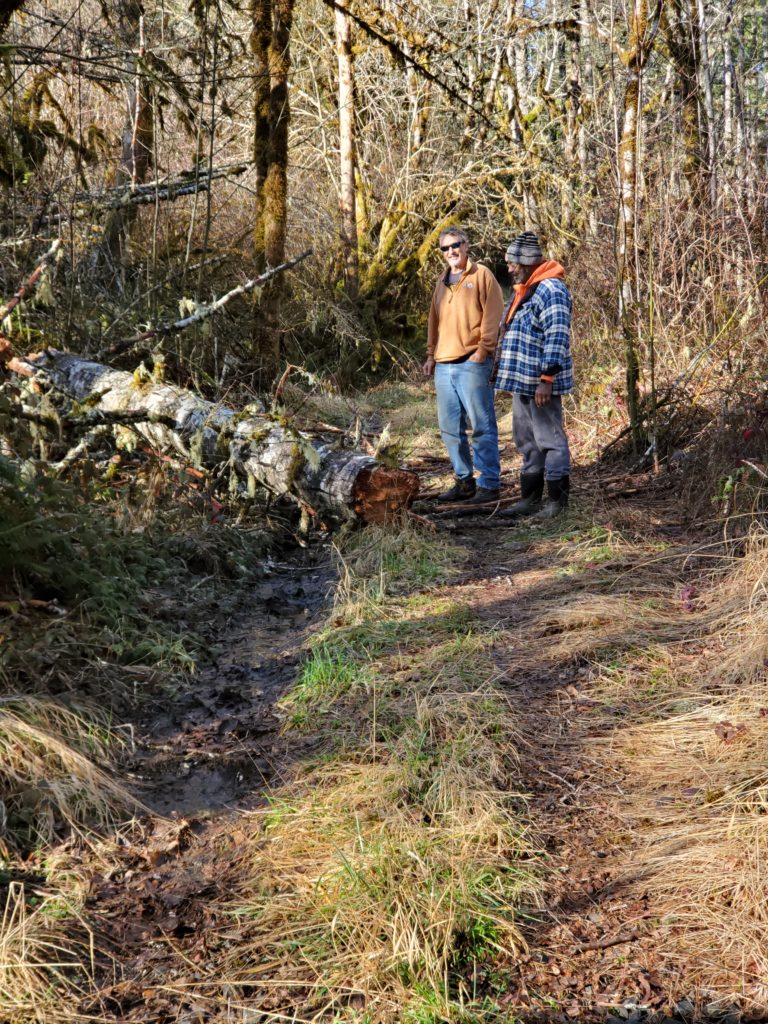
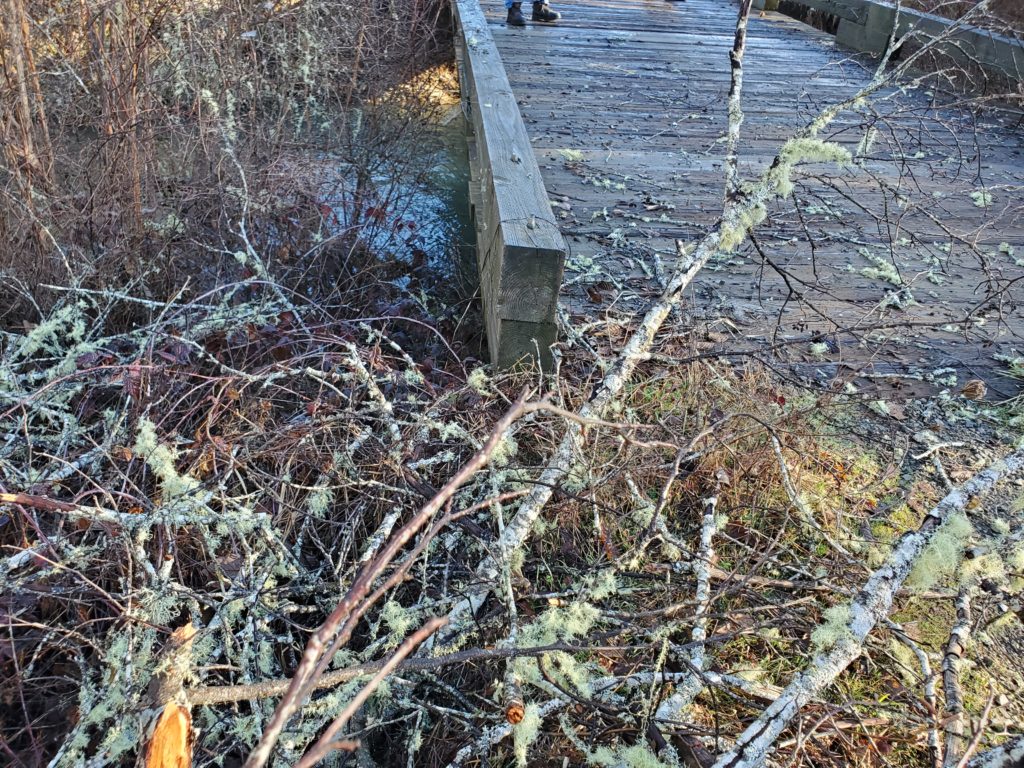
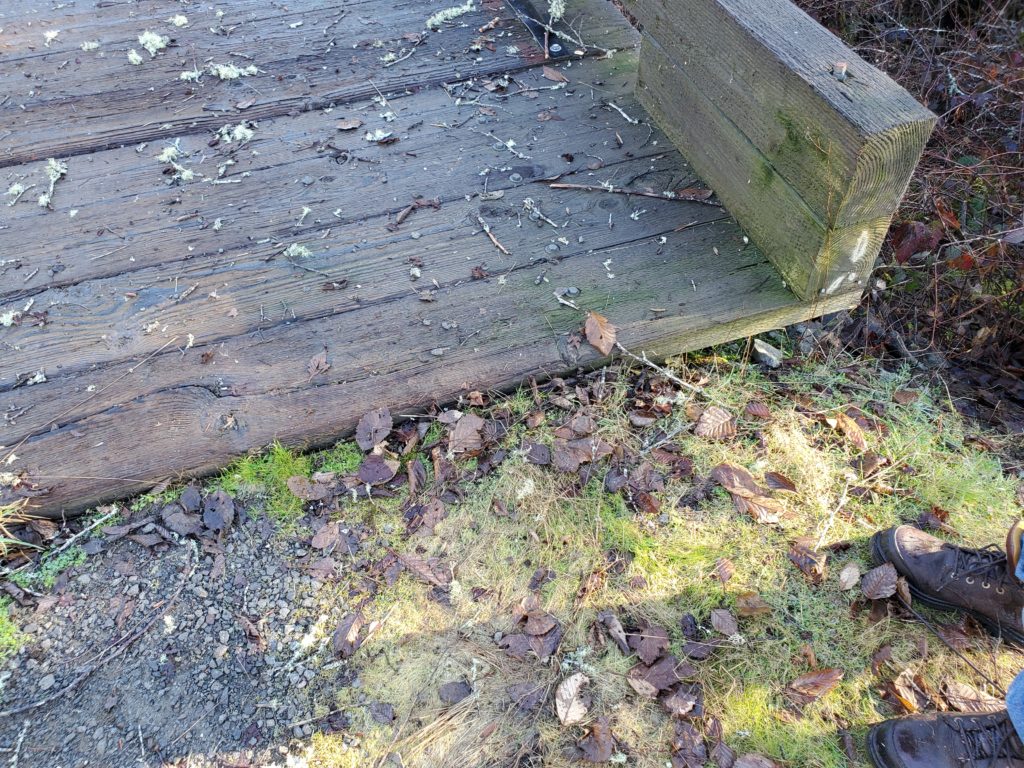
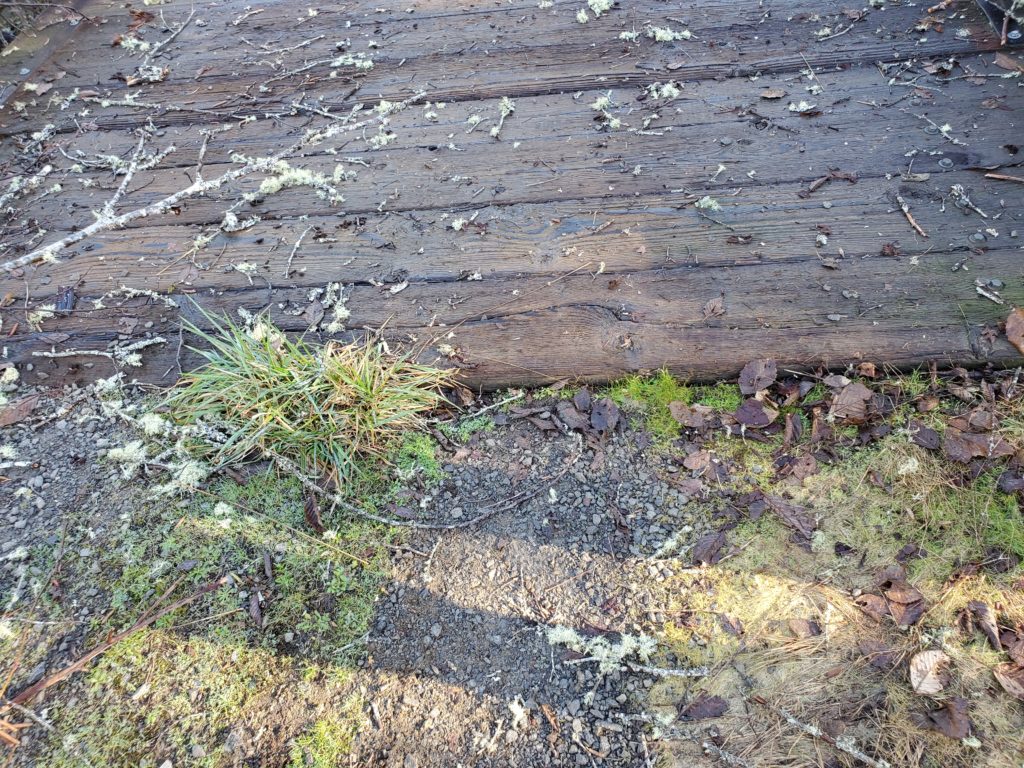
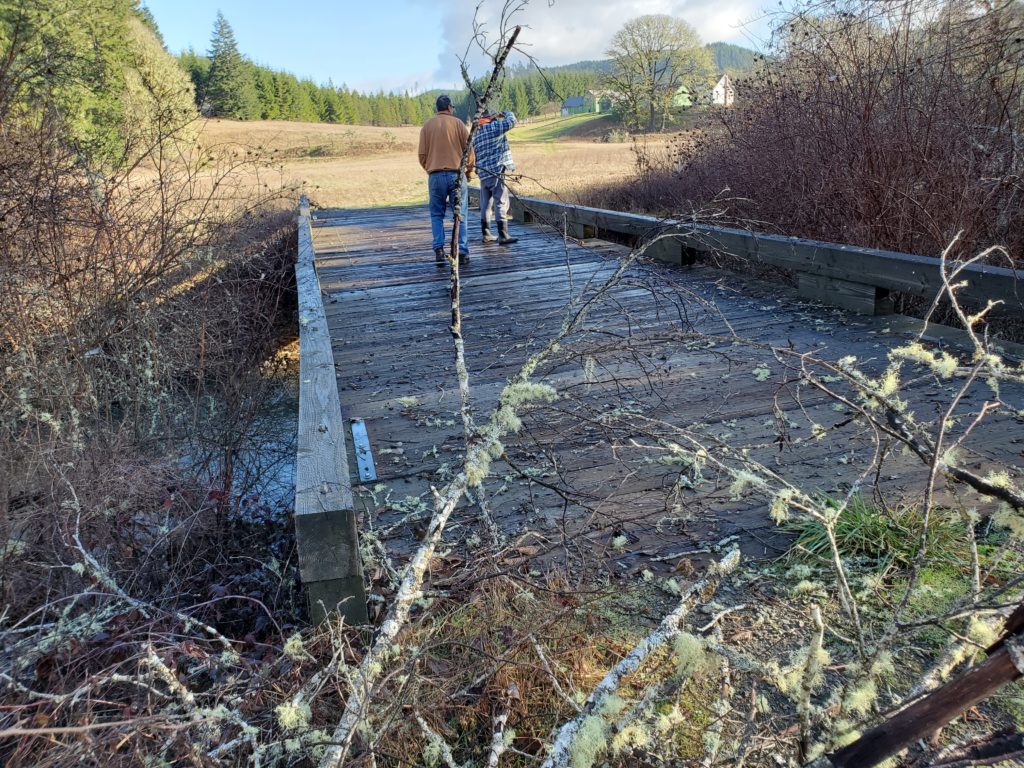
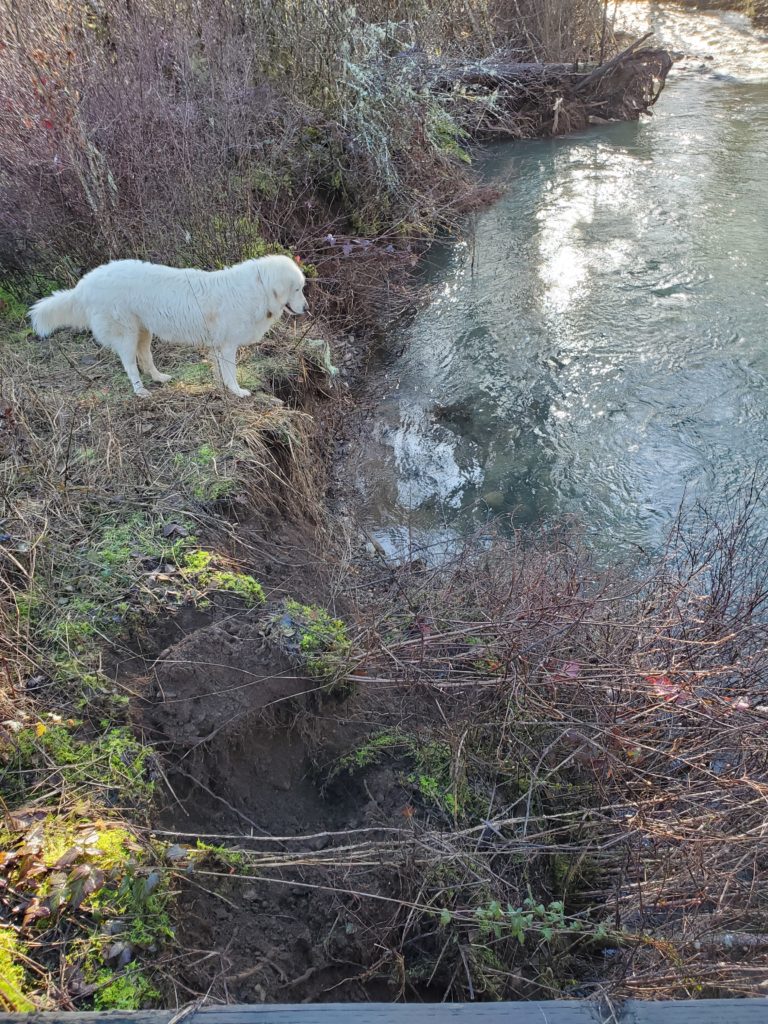
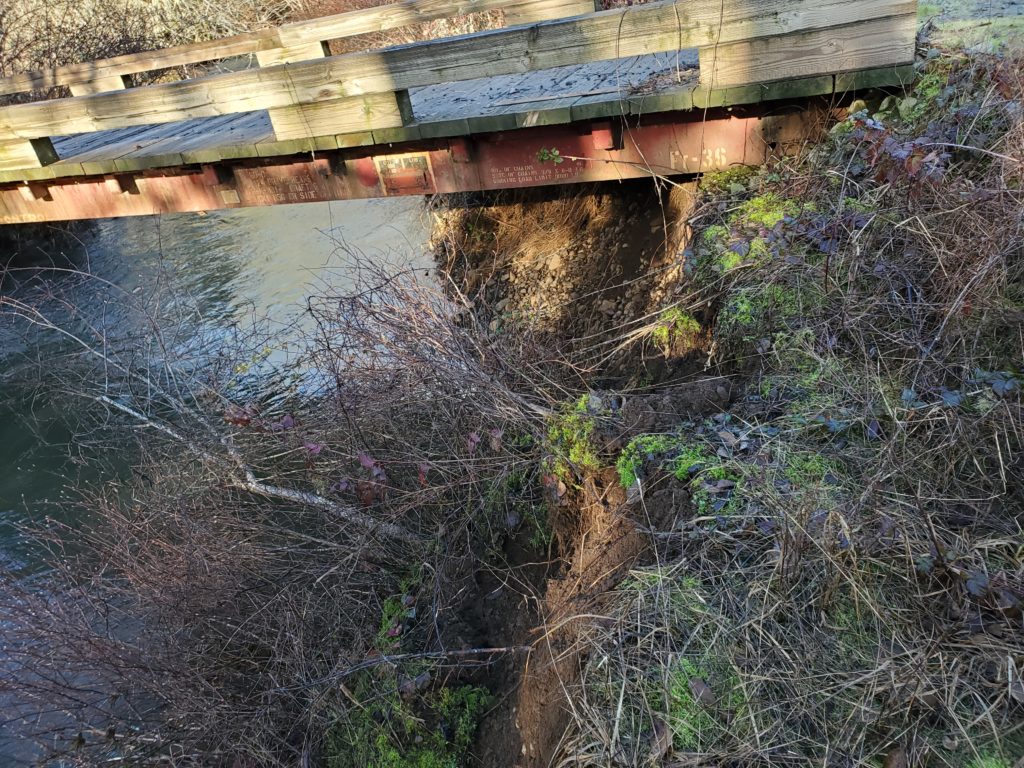
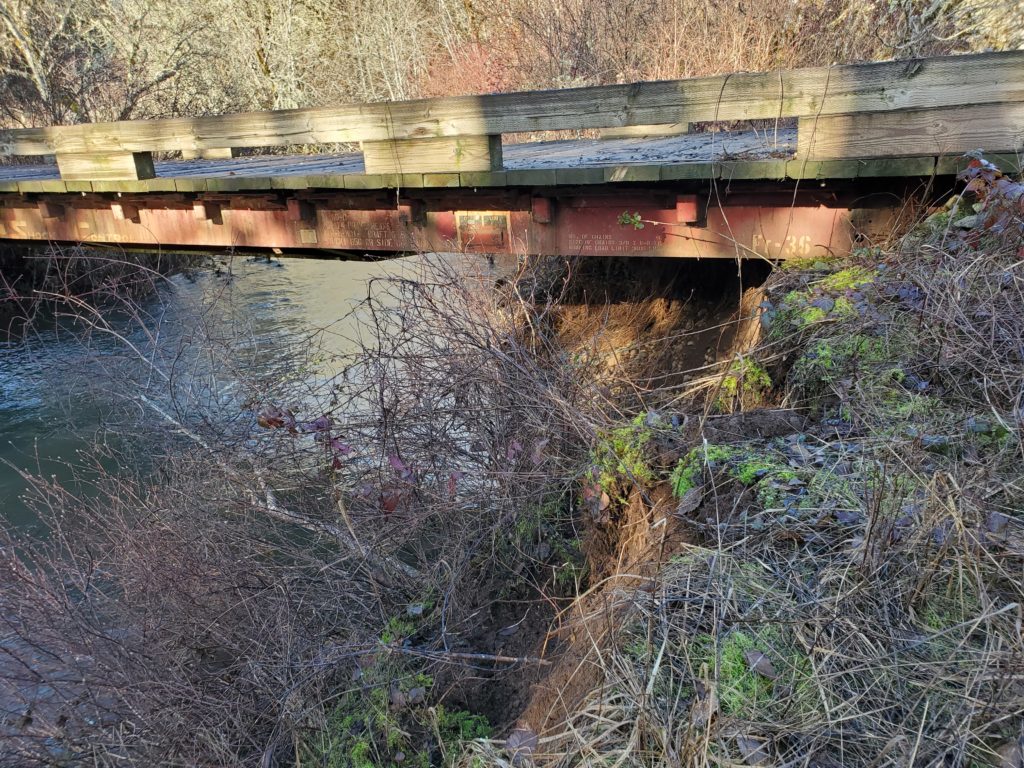
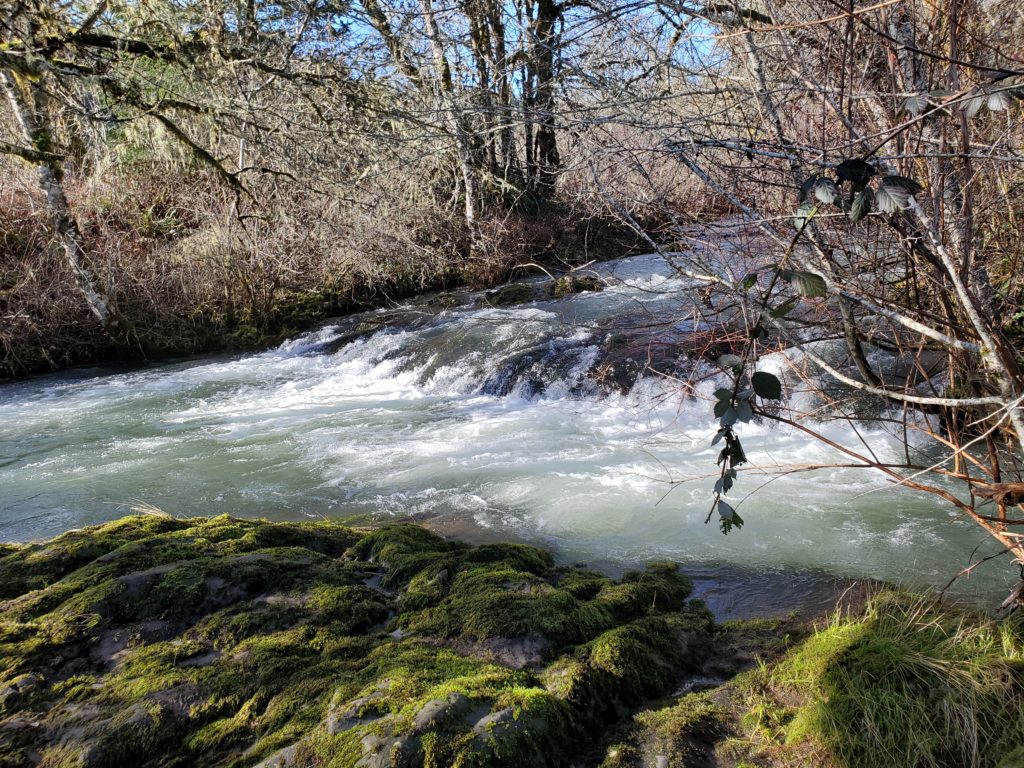
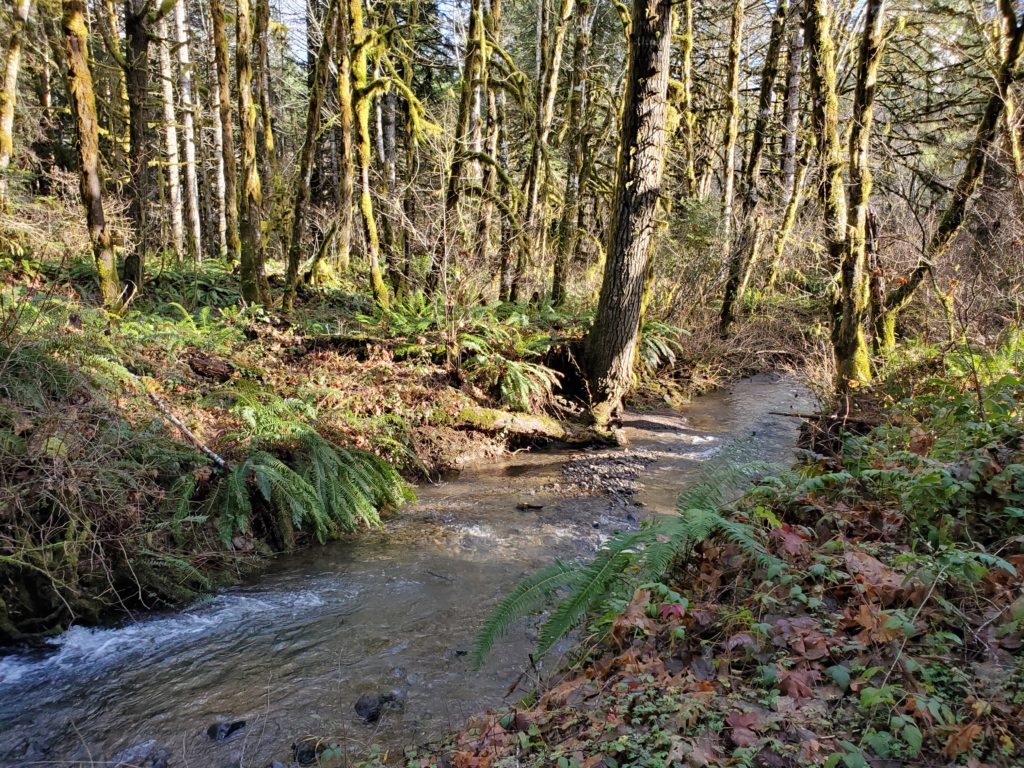
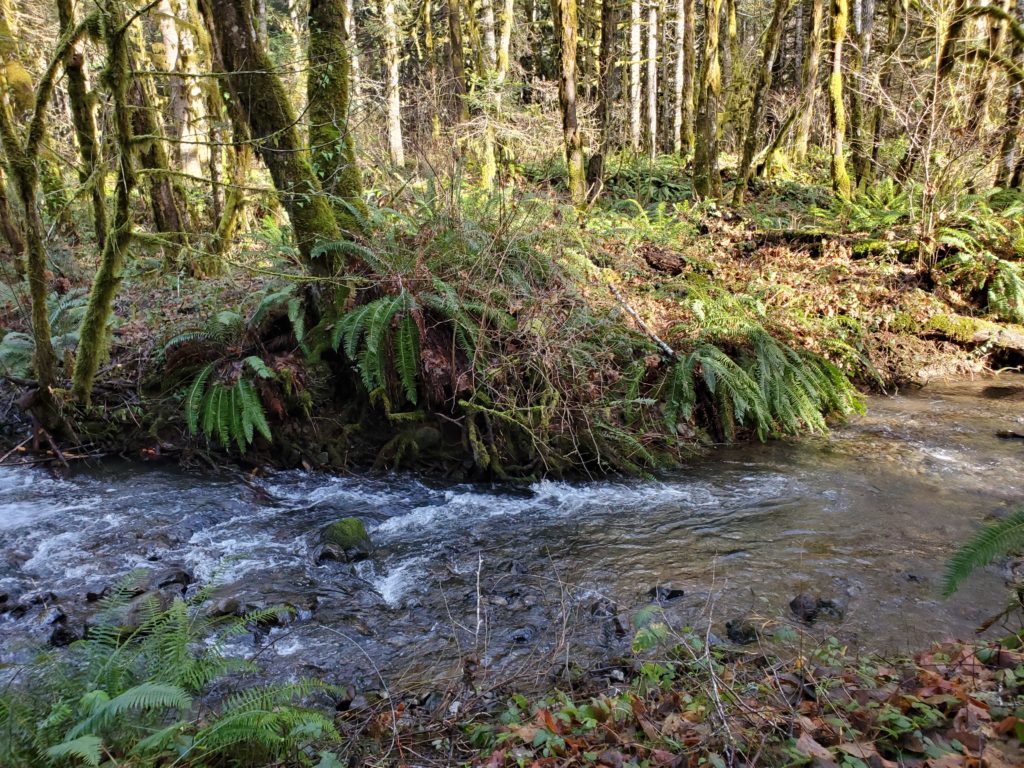
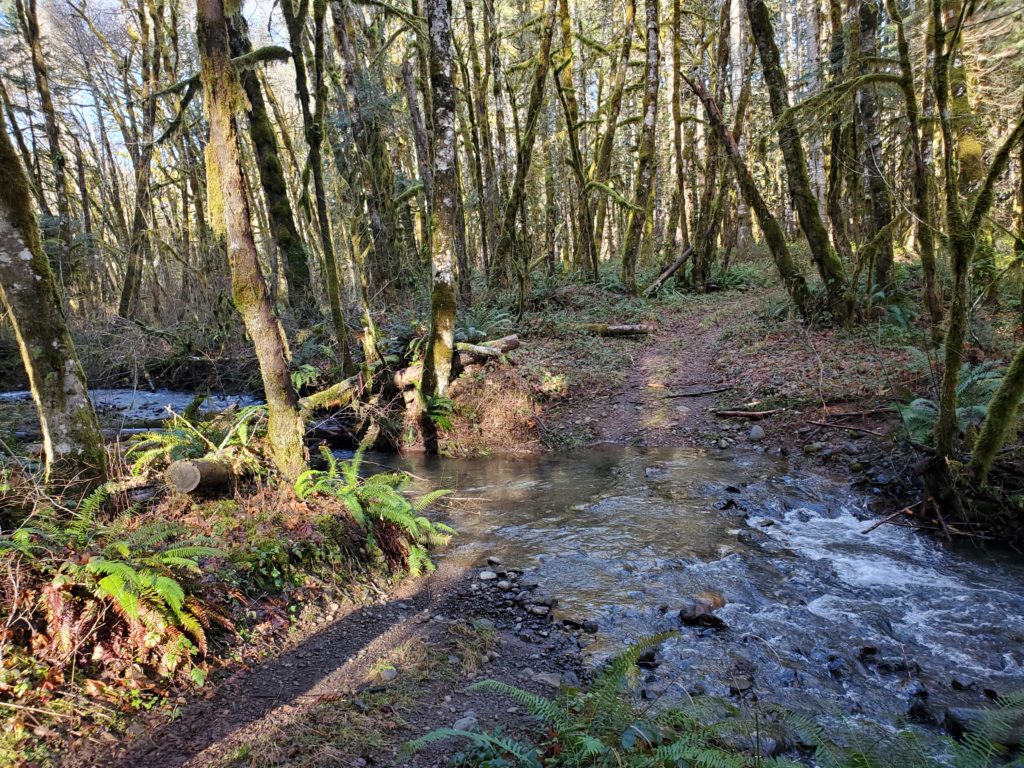
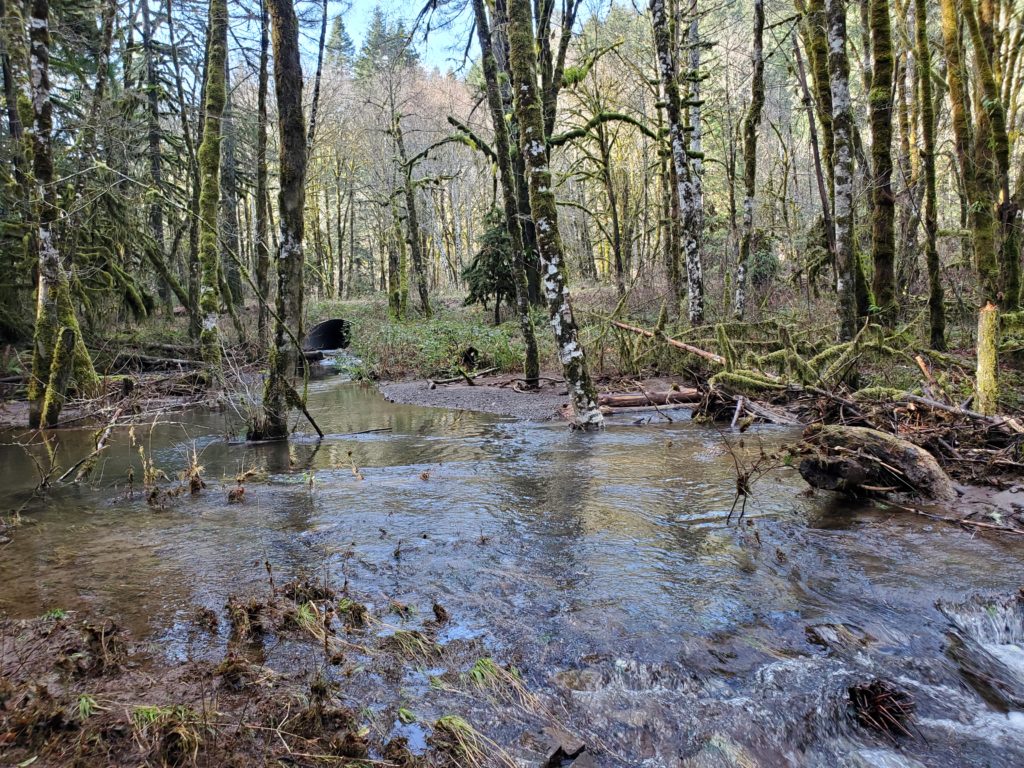

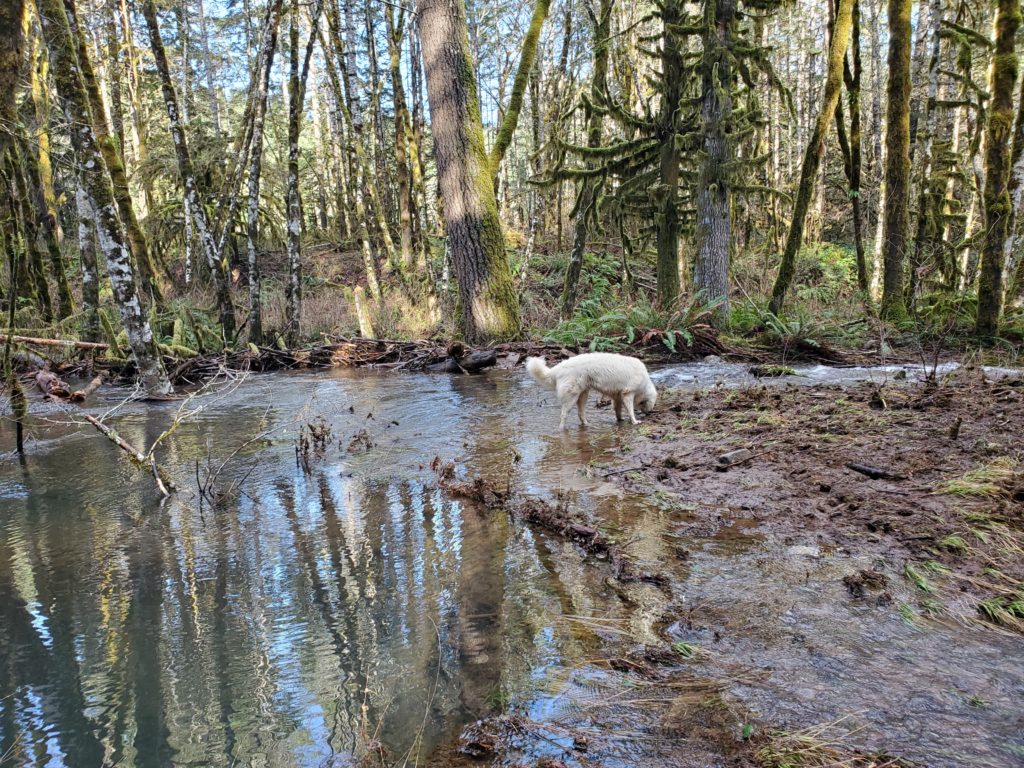
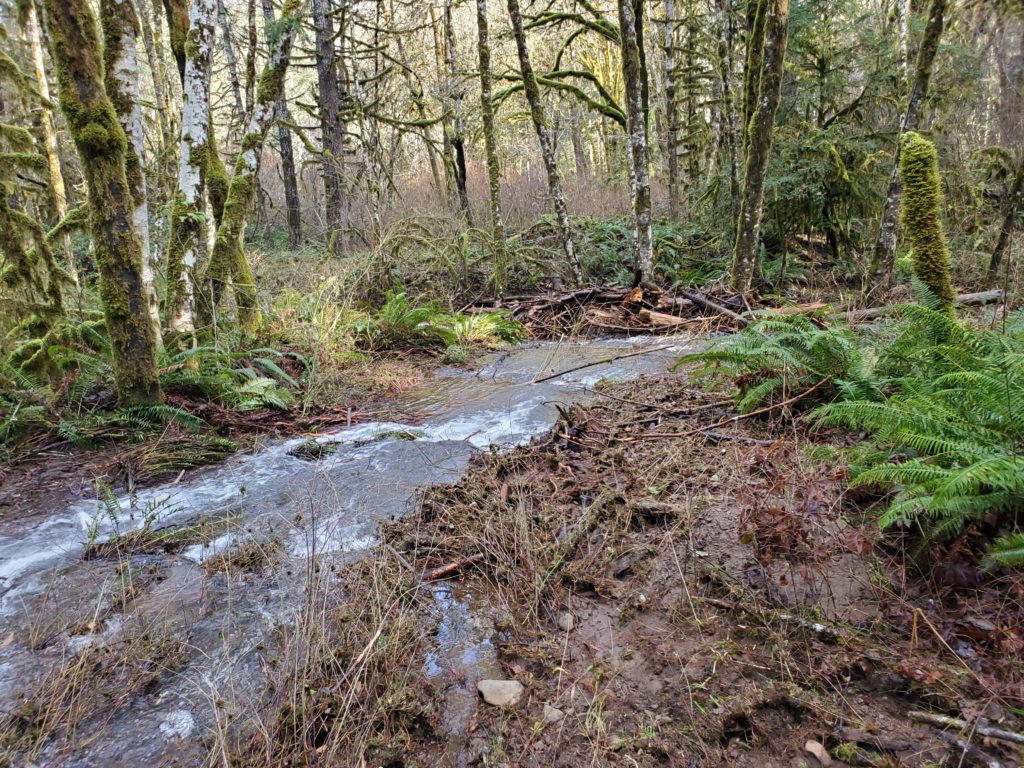
![]()
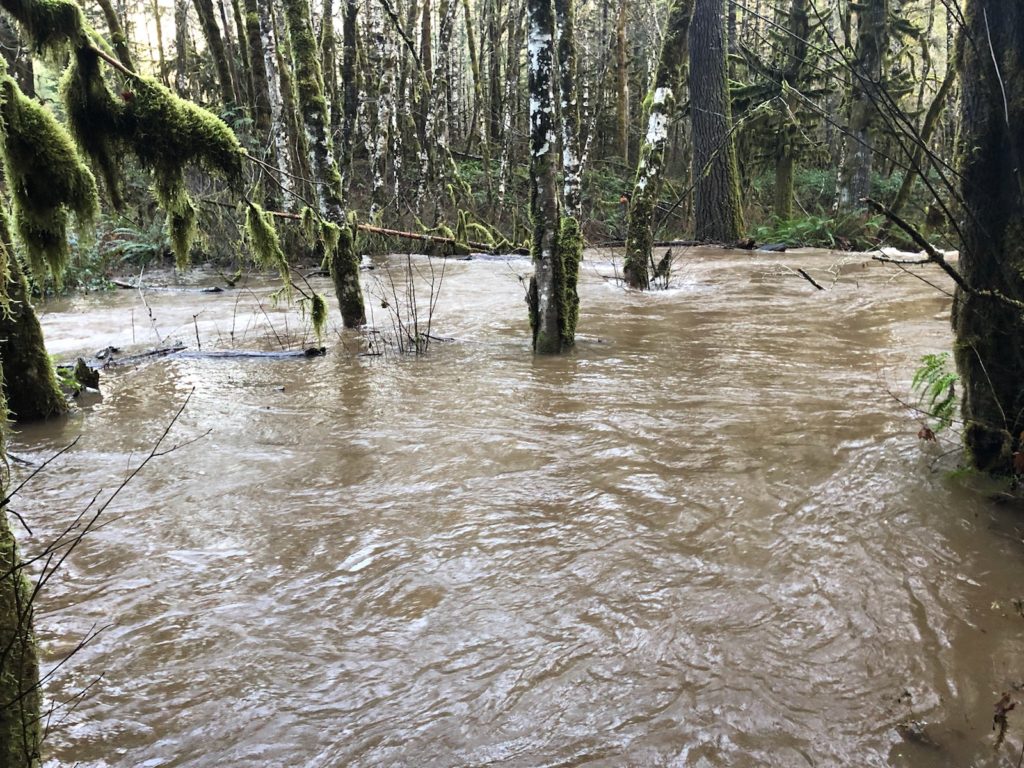
This is Griffith Creek spillover. A creek, acting naturally.
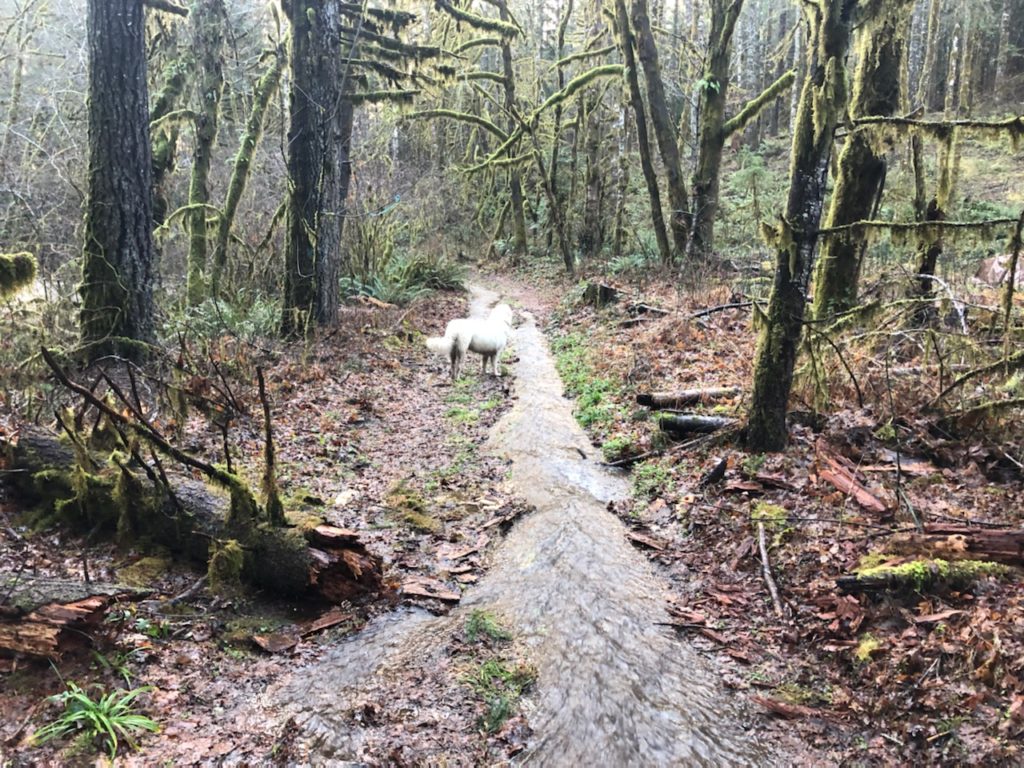
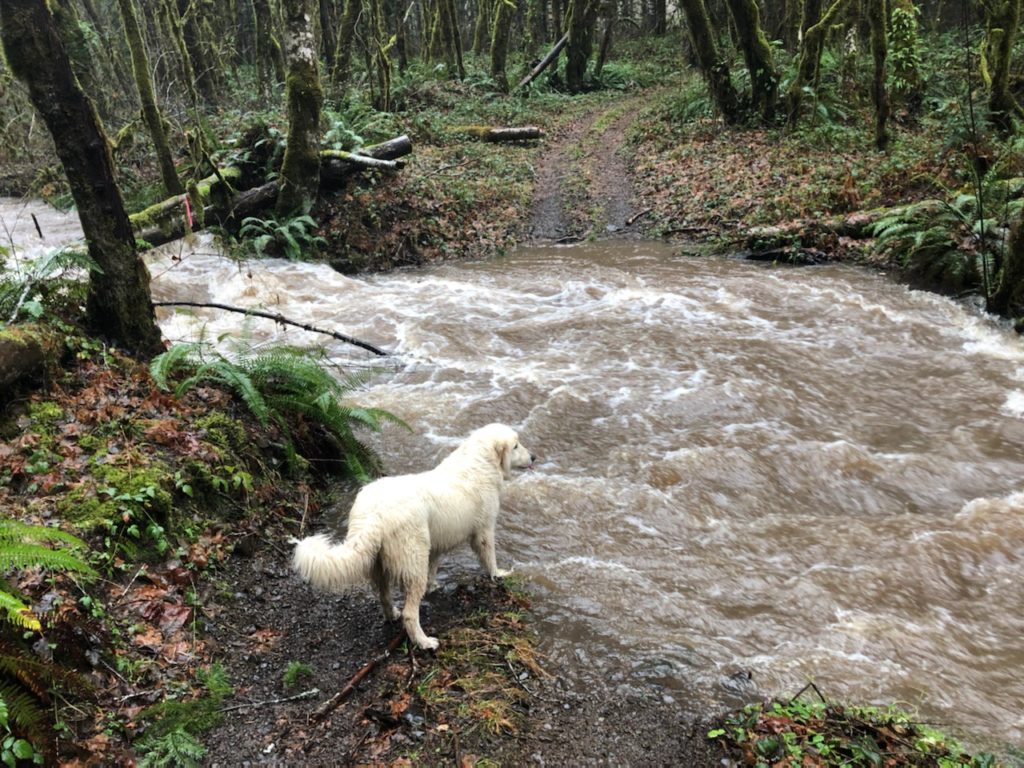
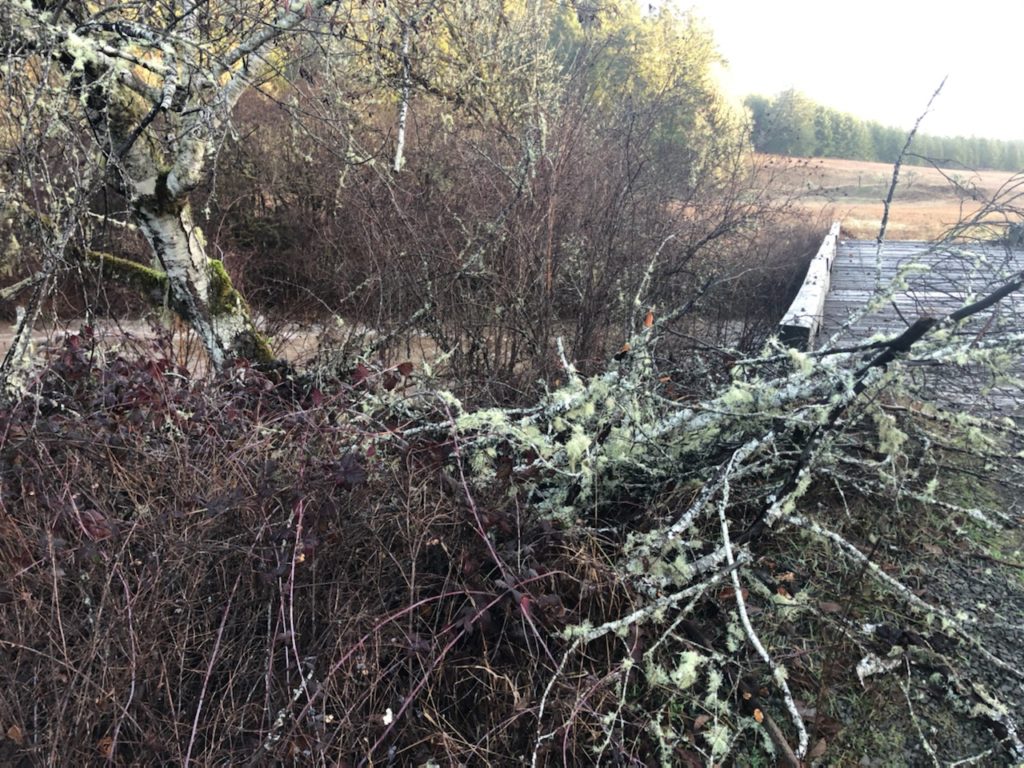
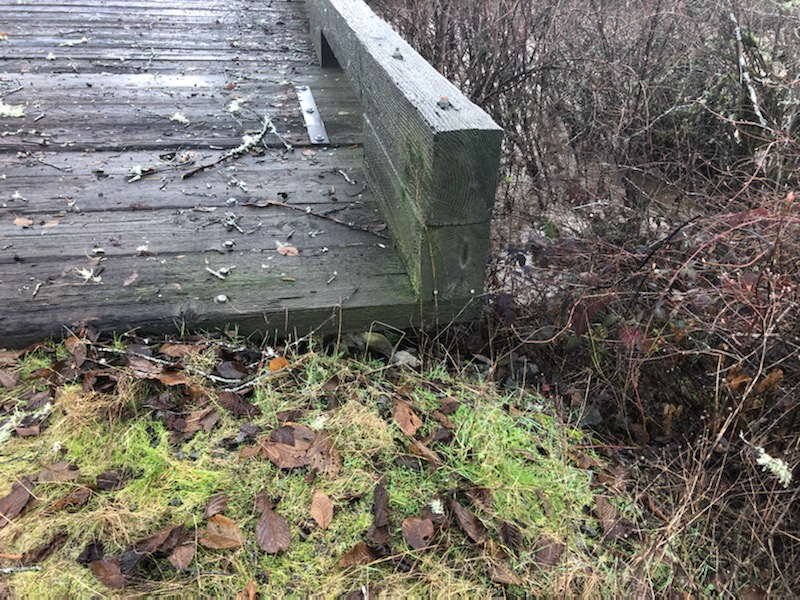
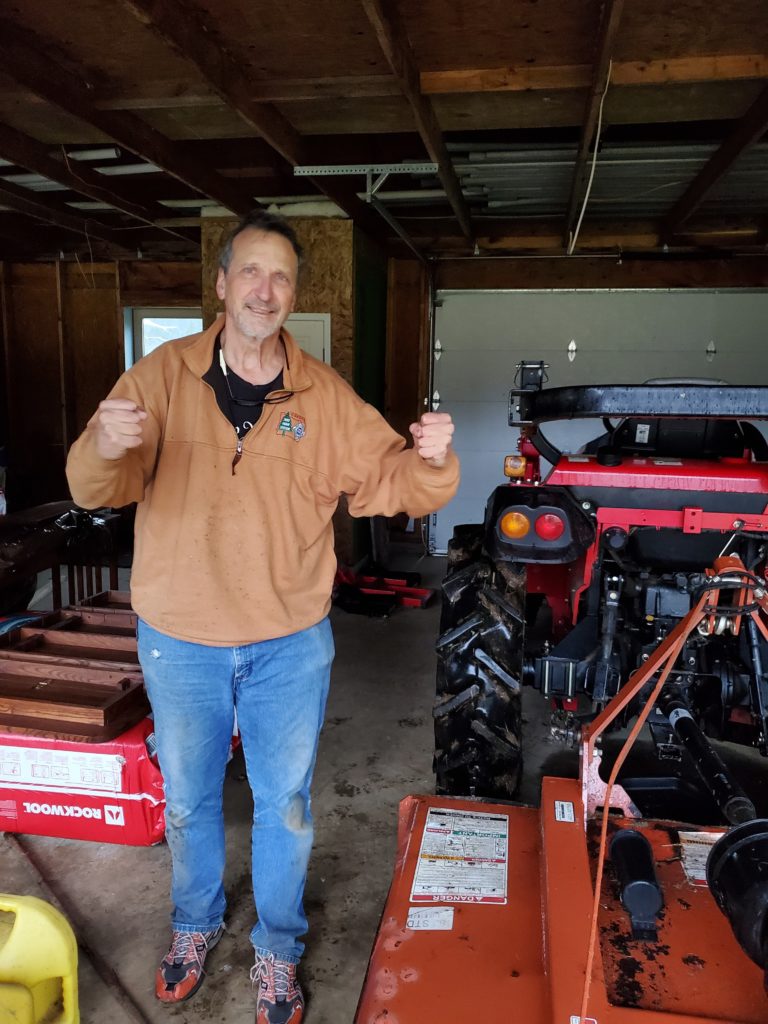
![]()
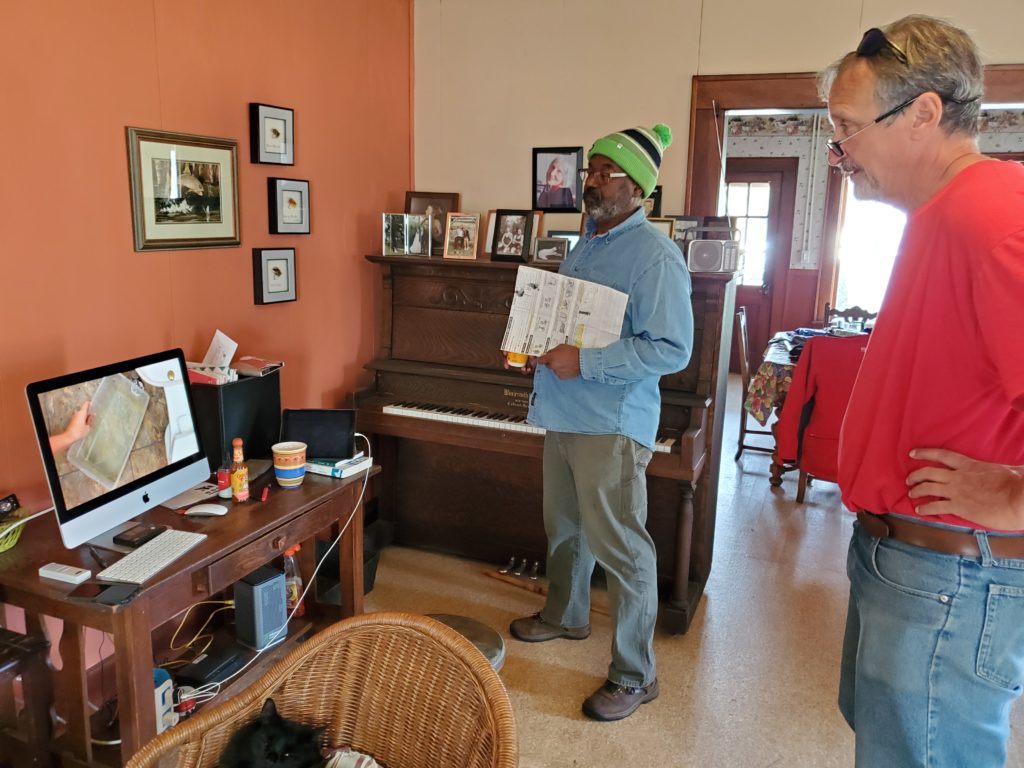
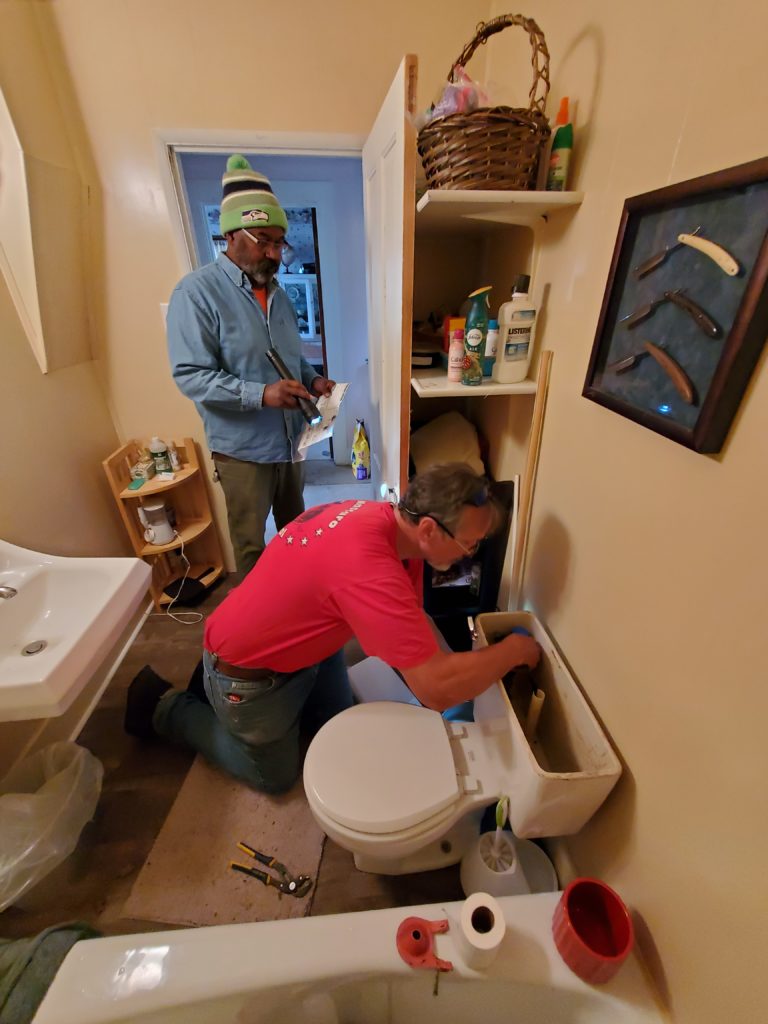
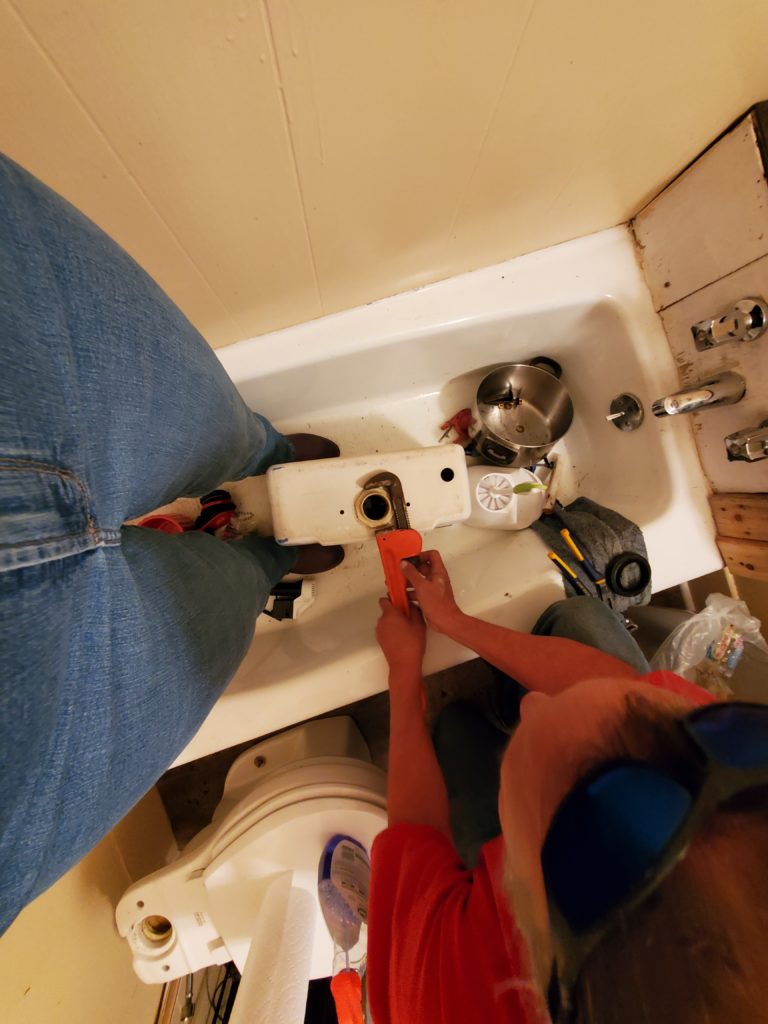
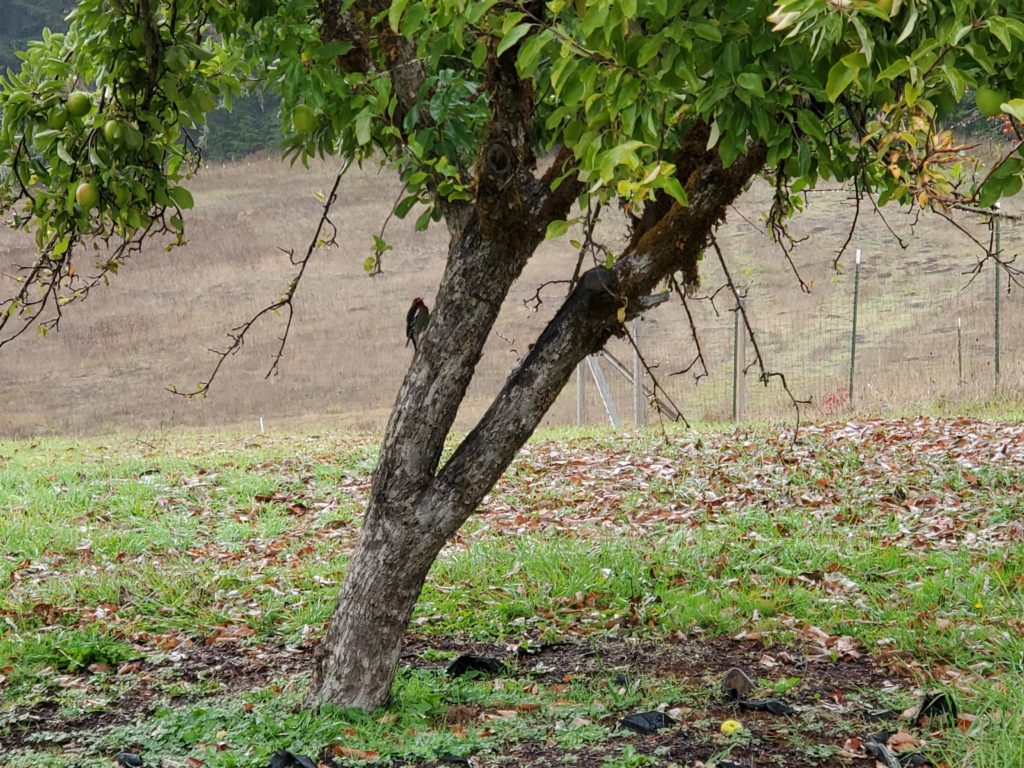
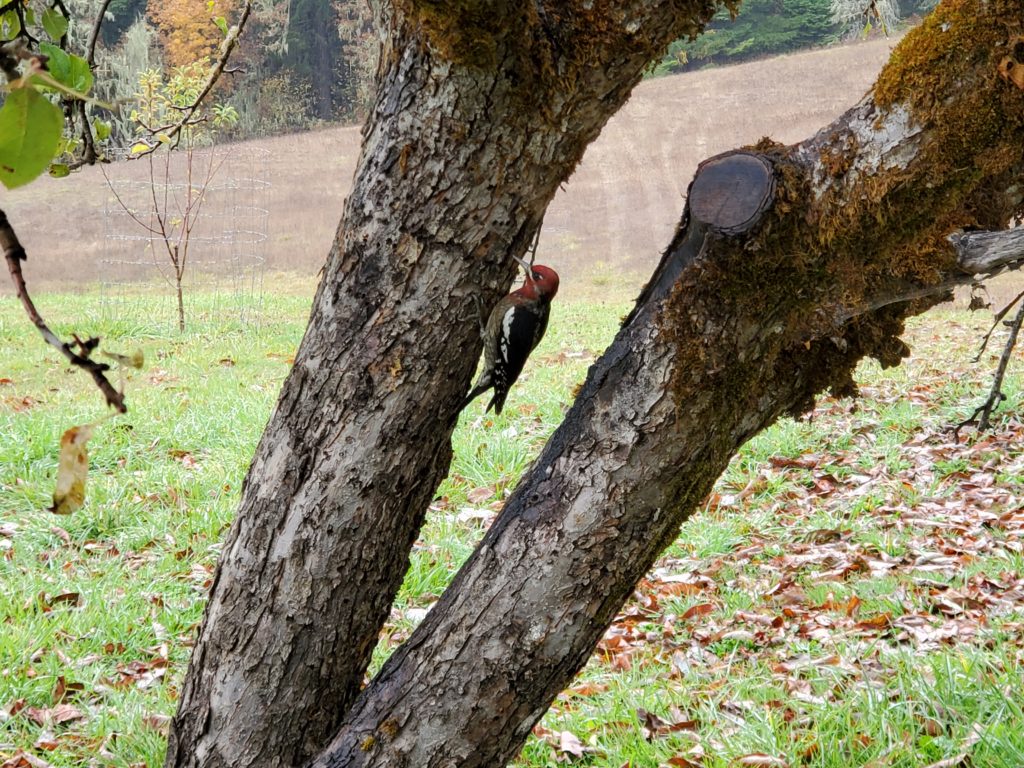
![]()